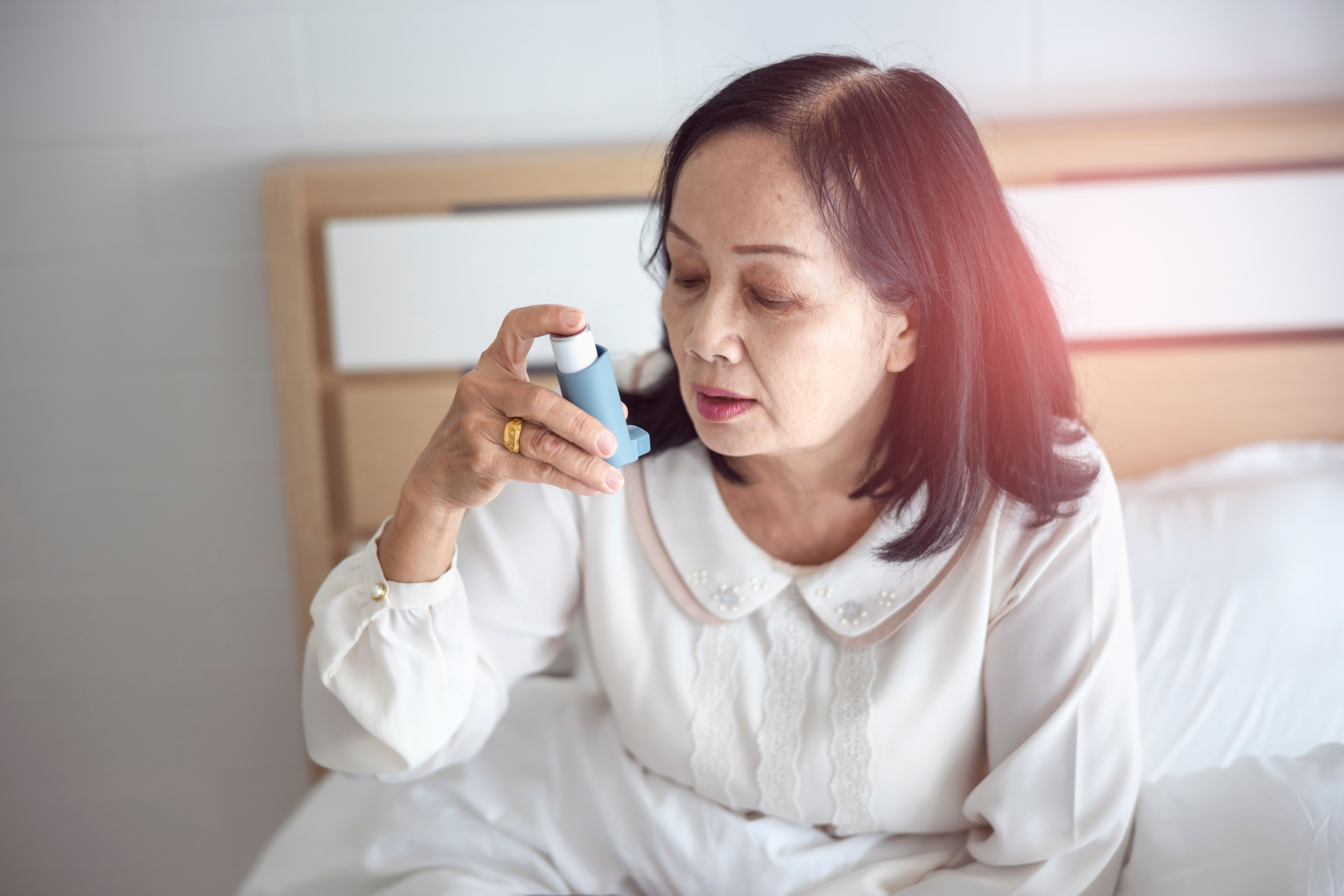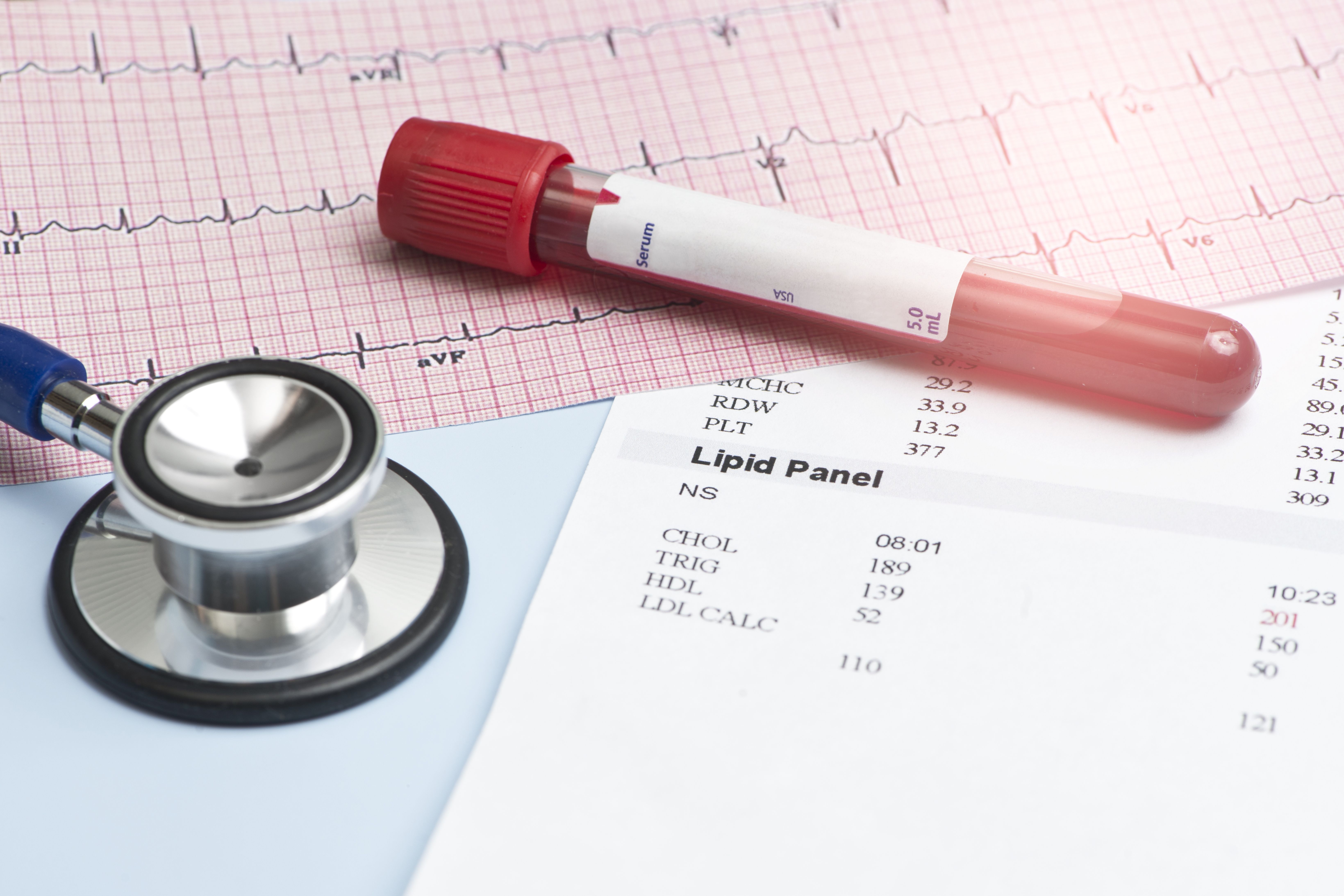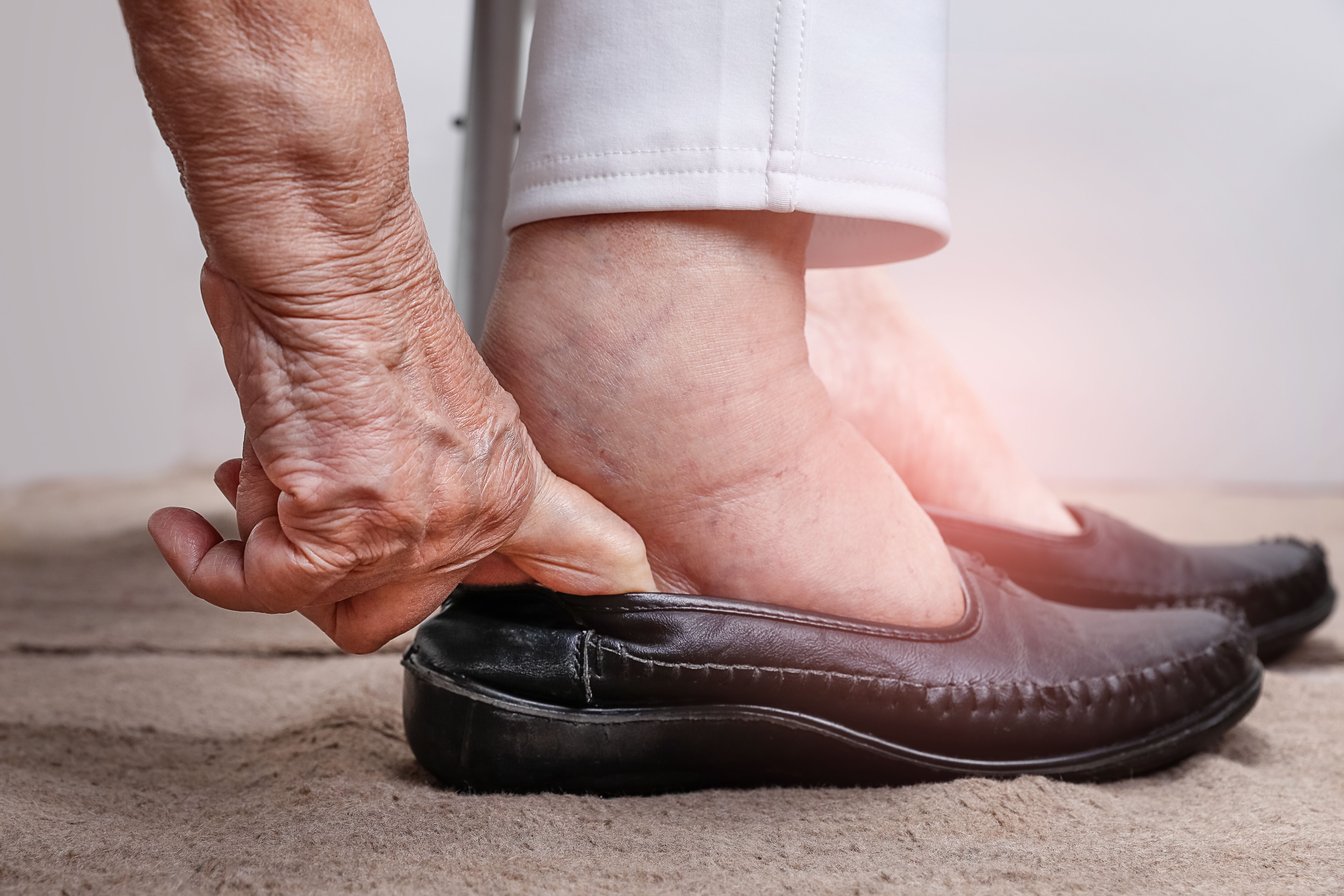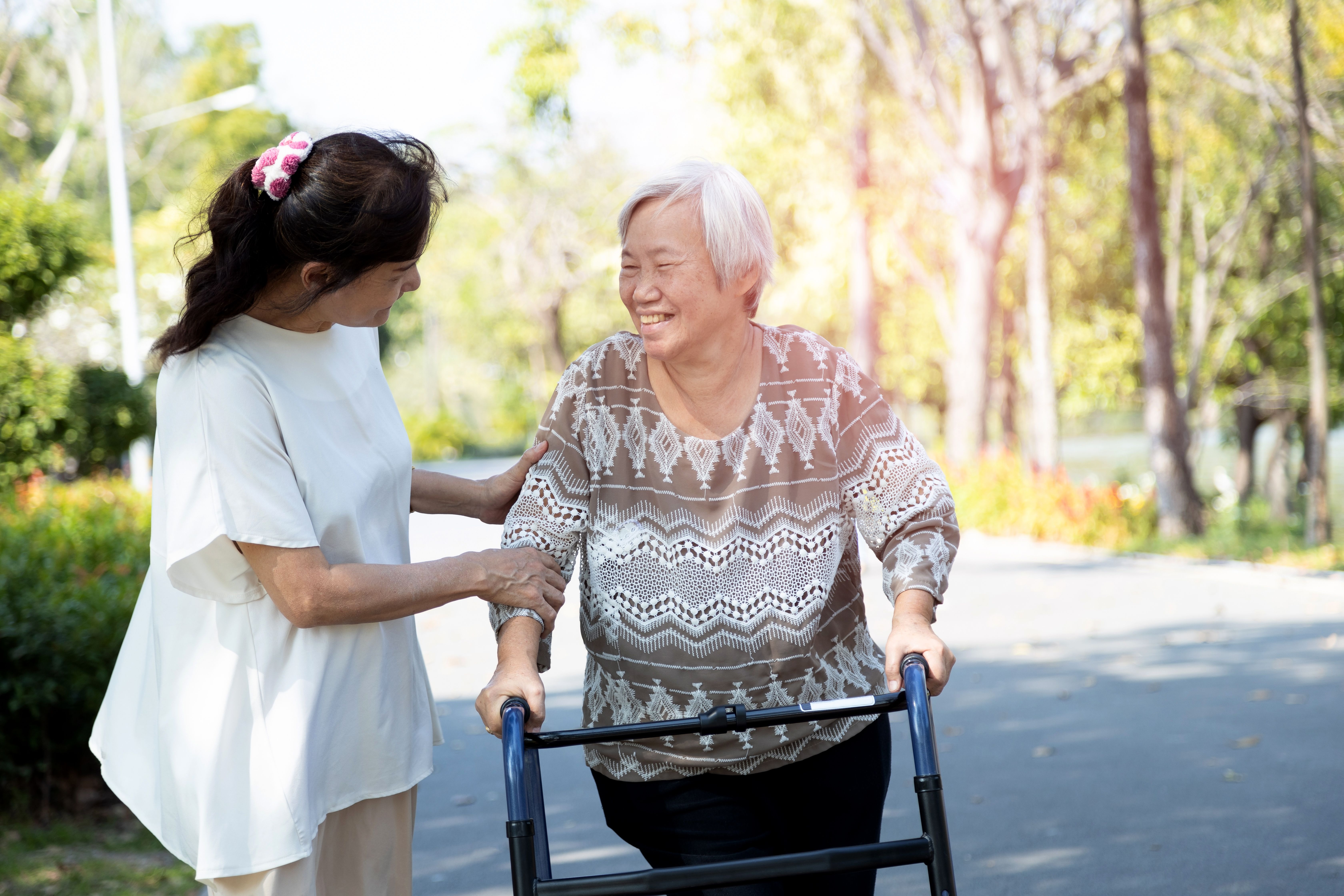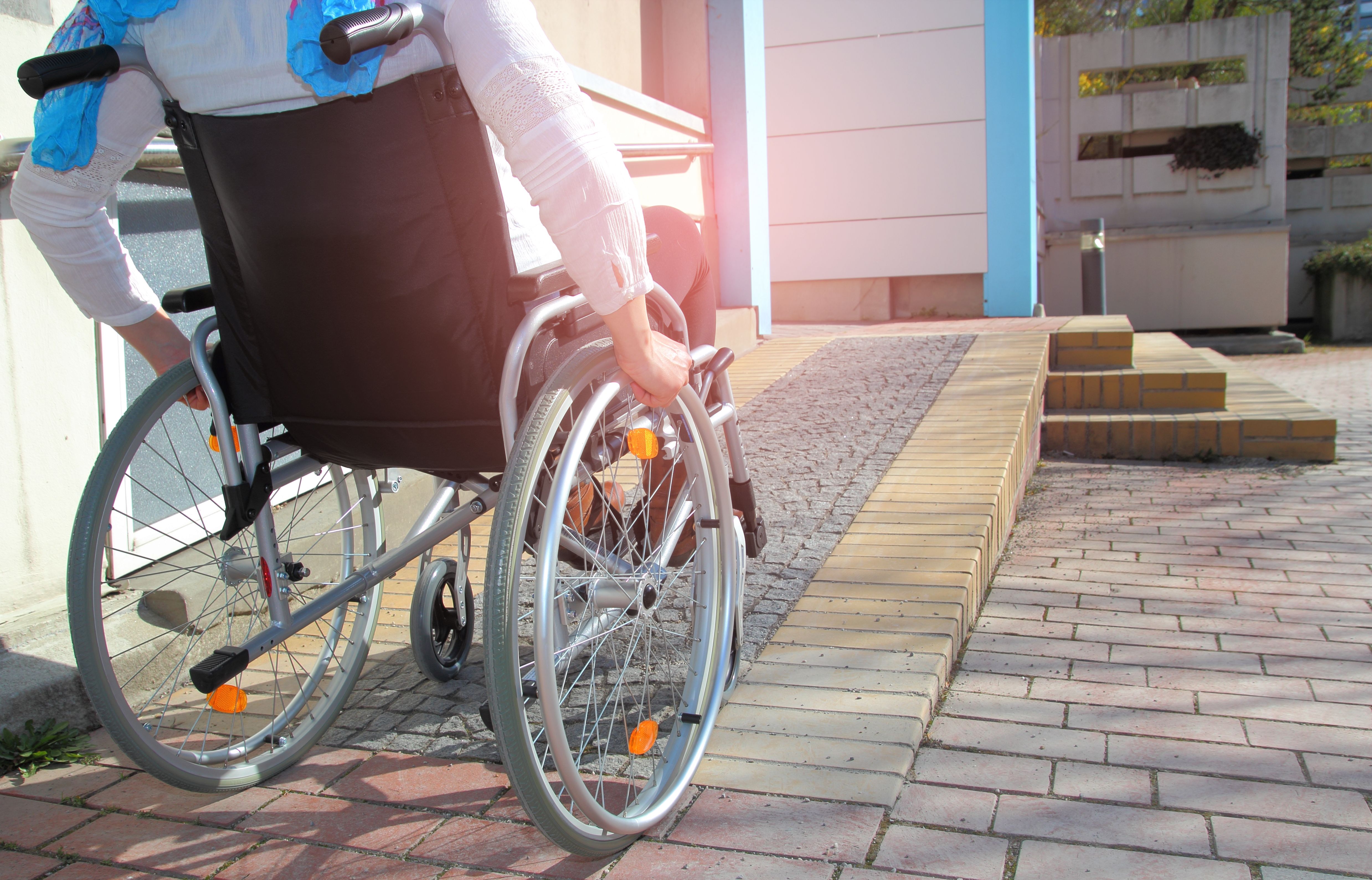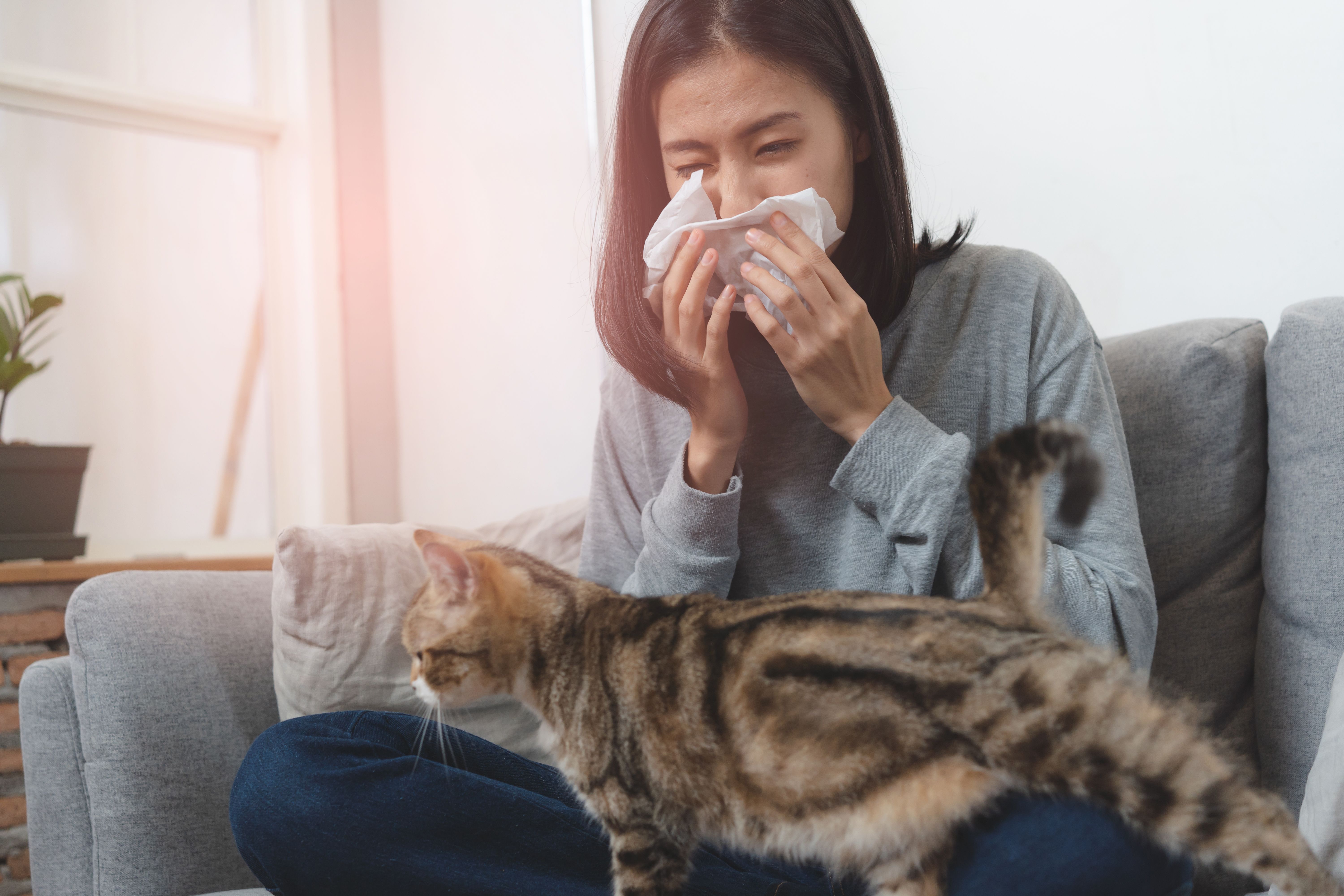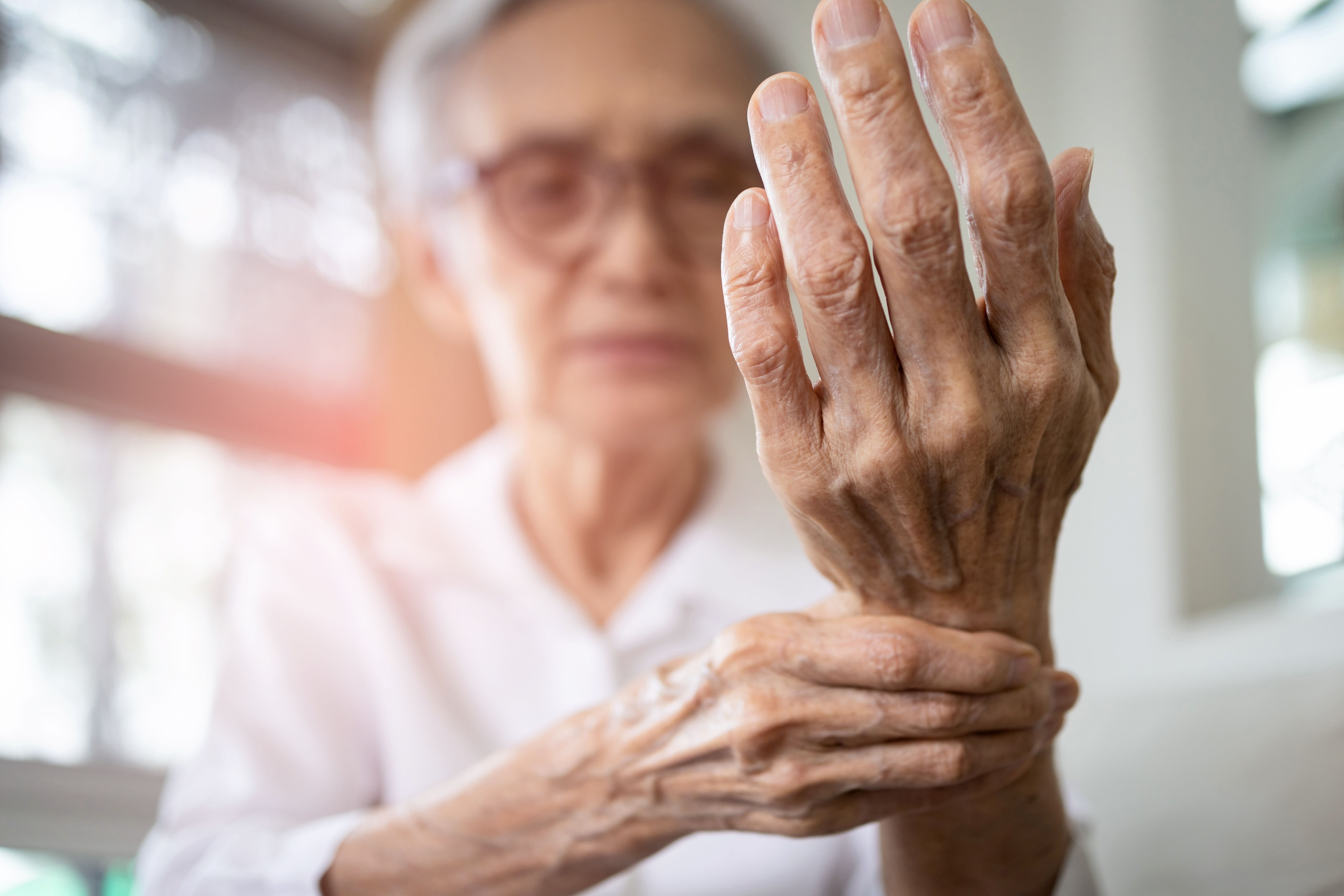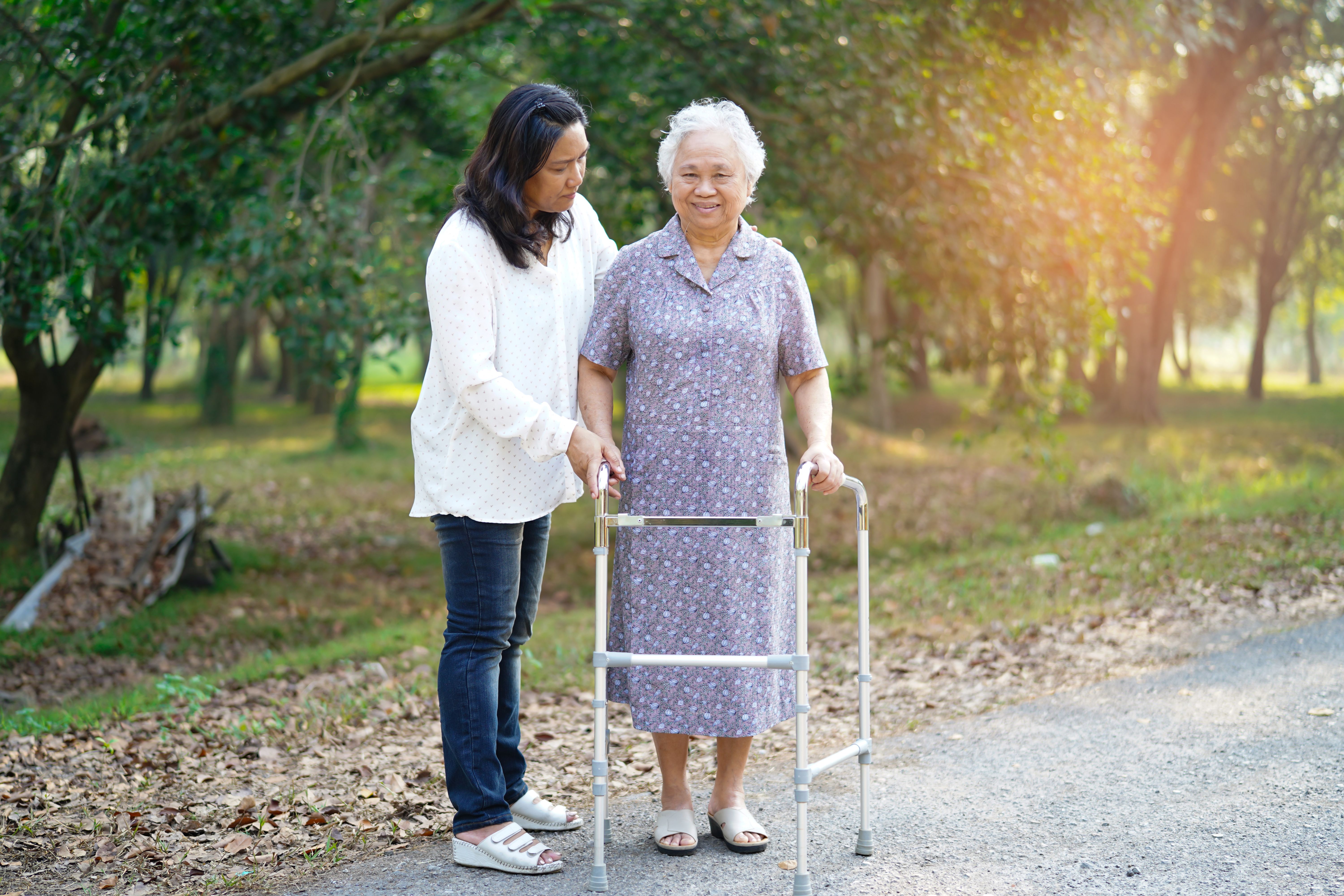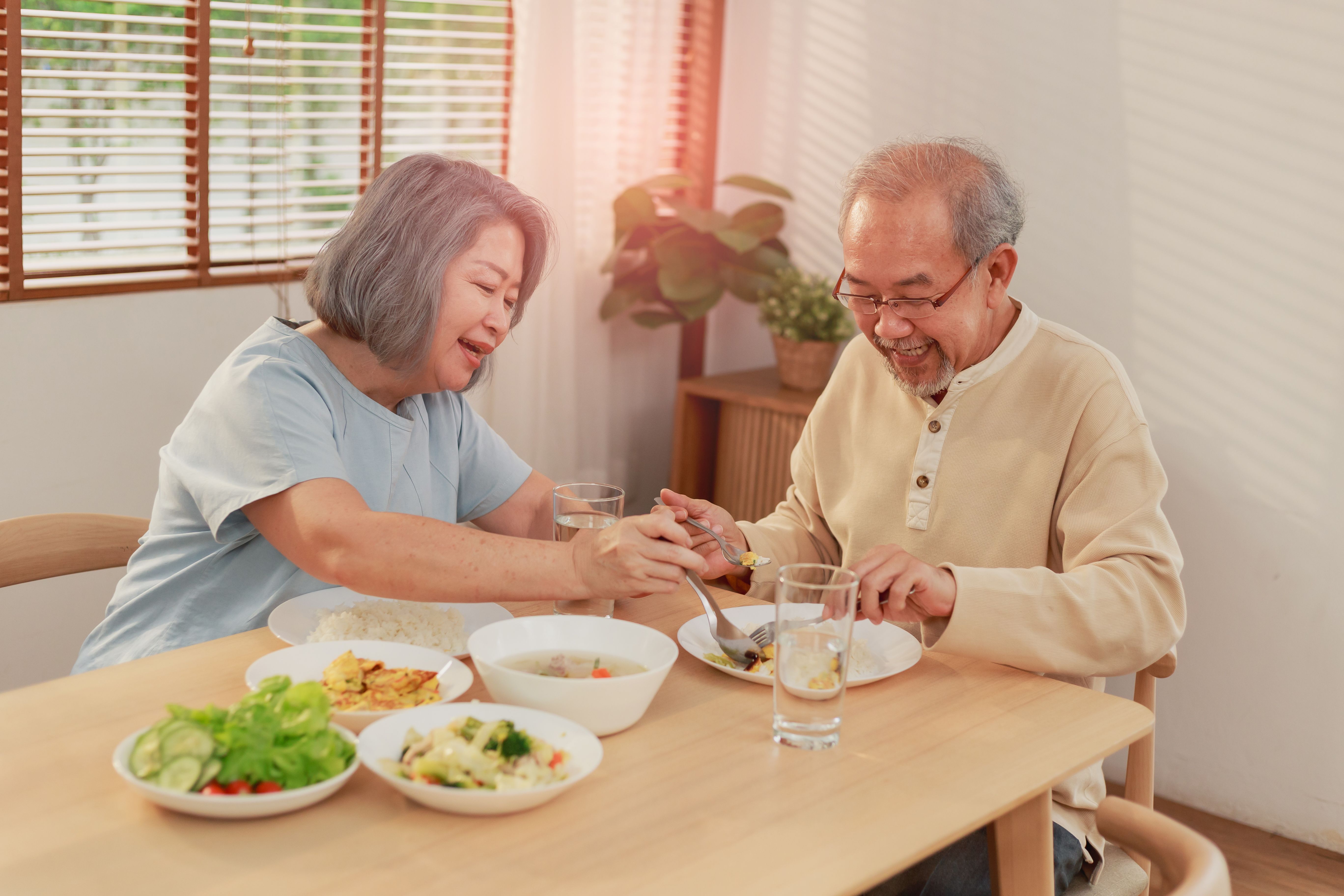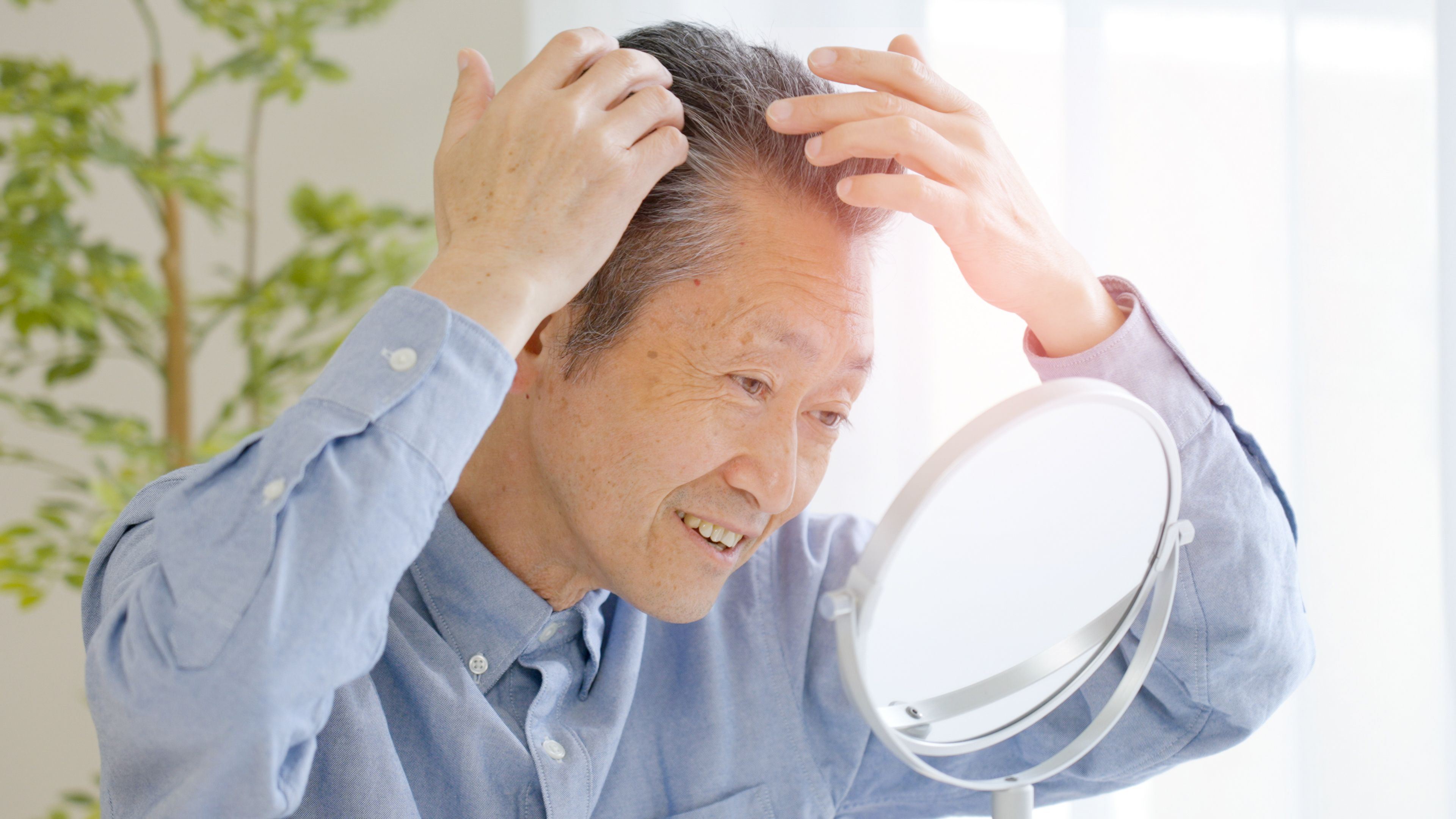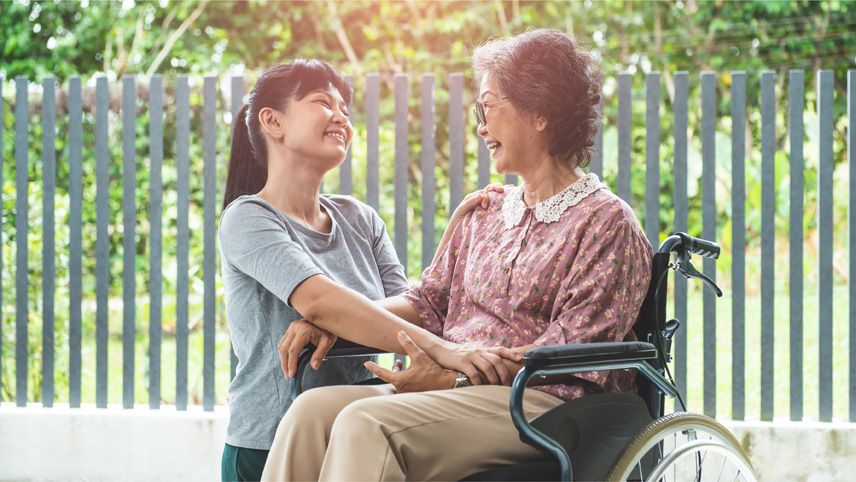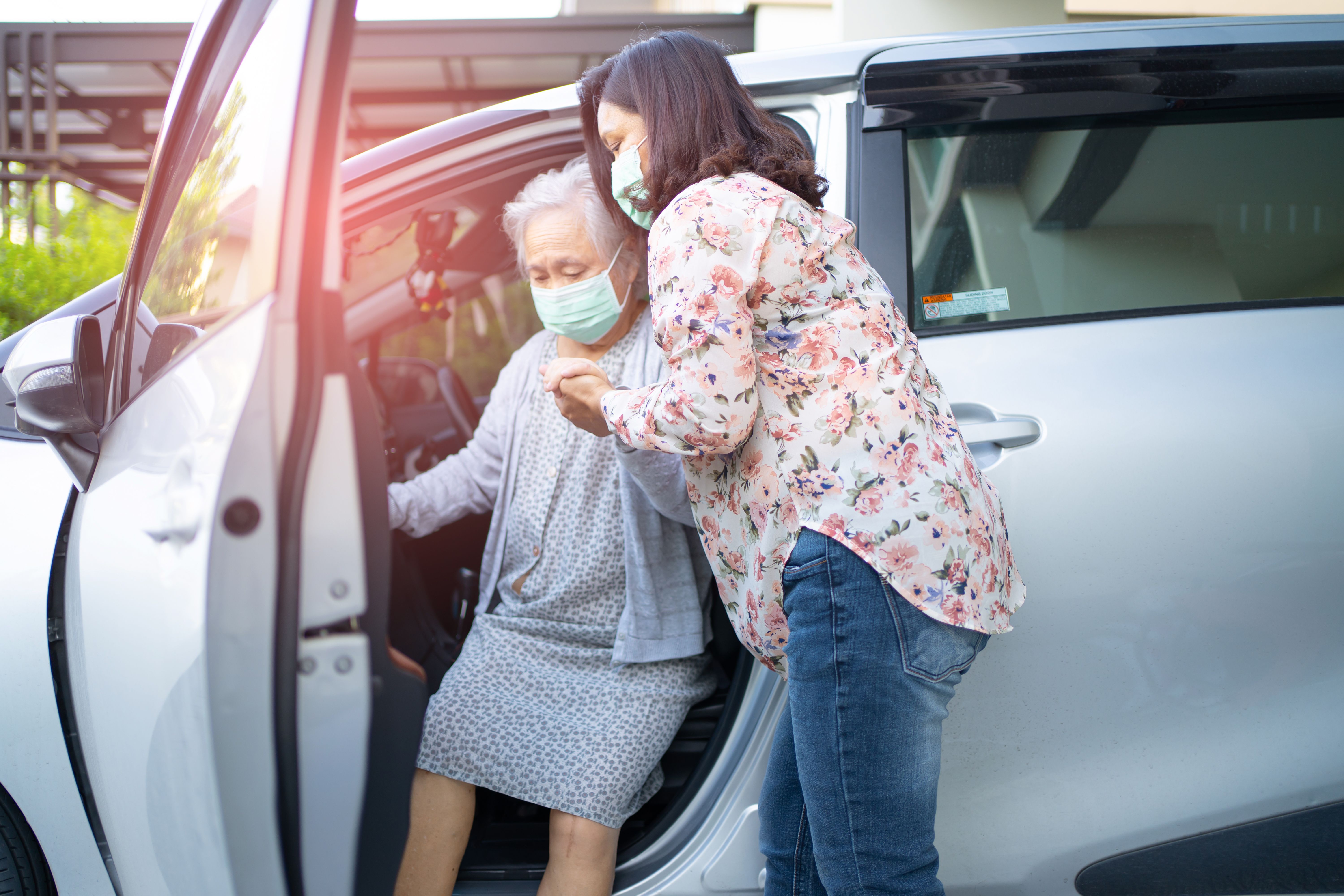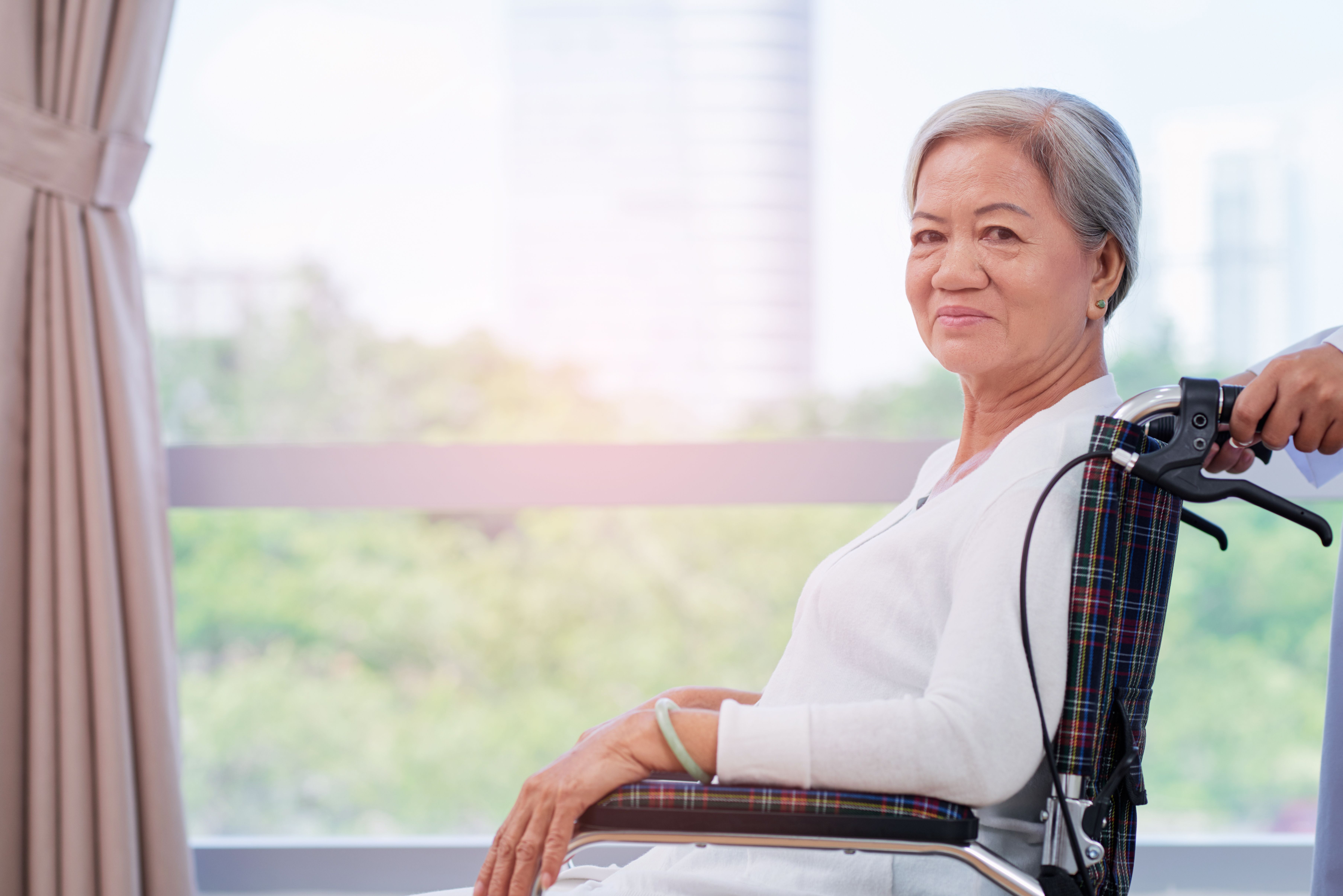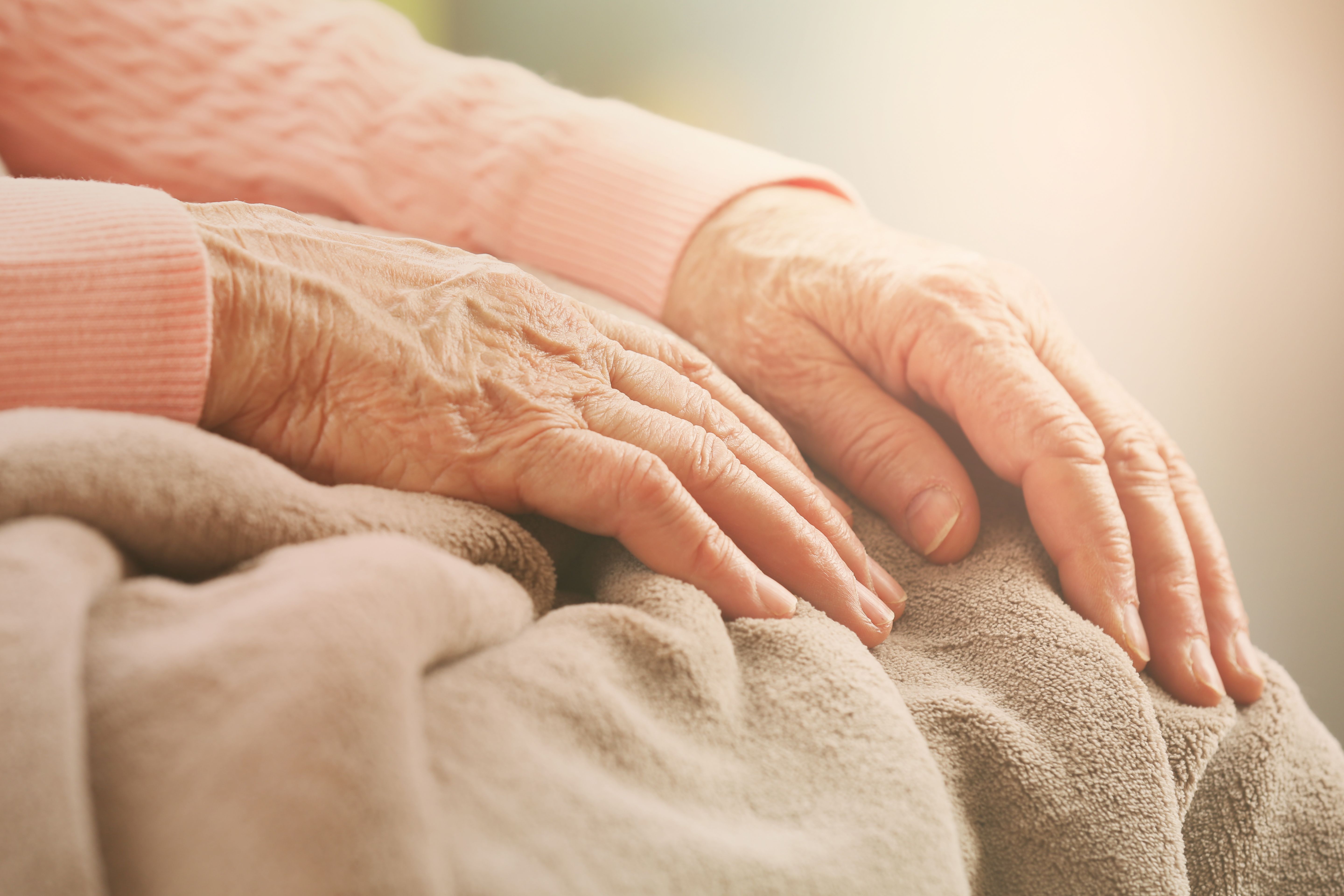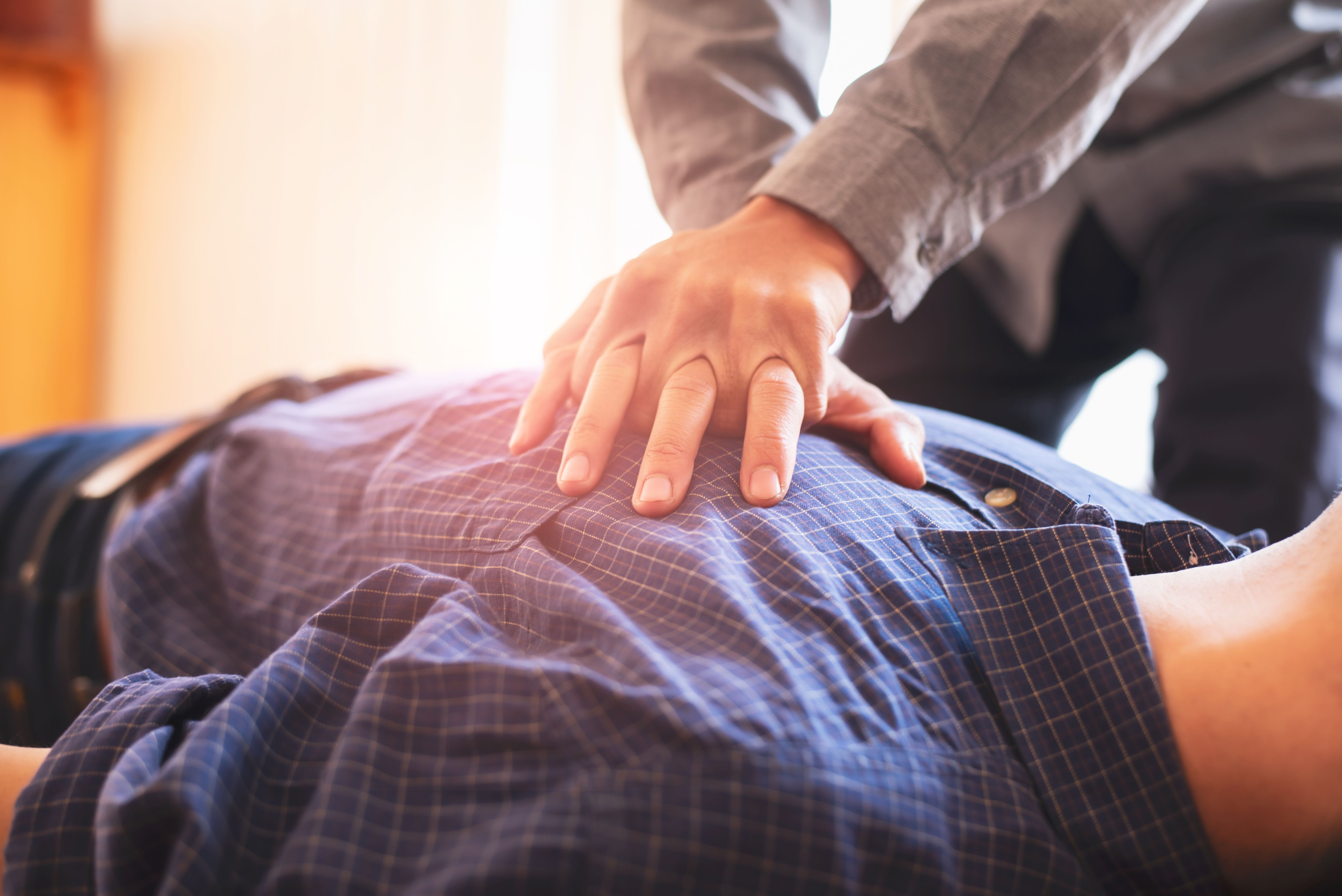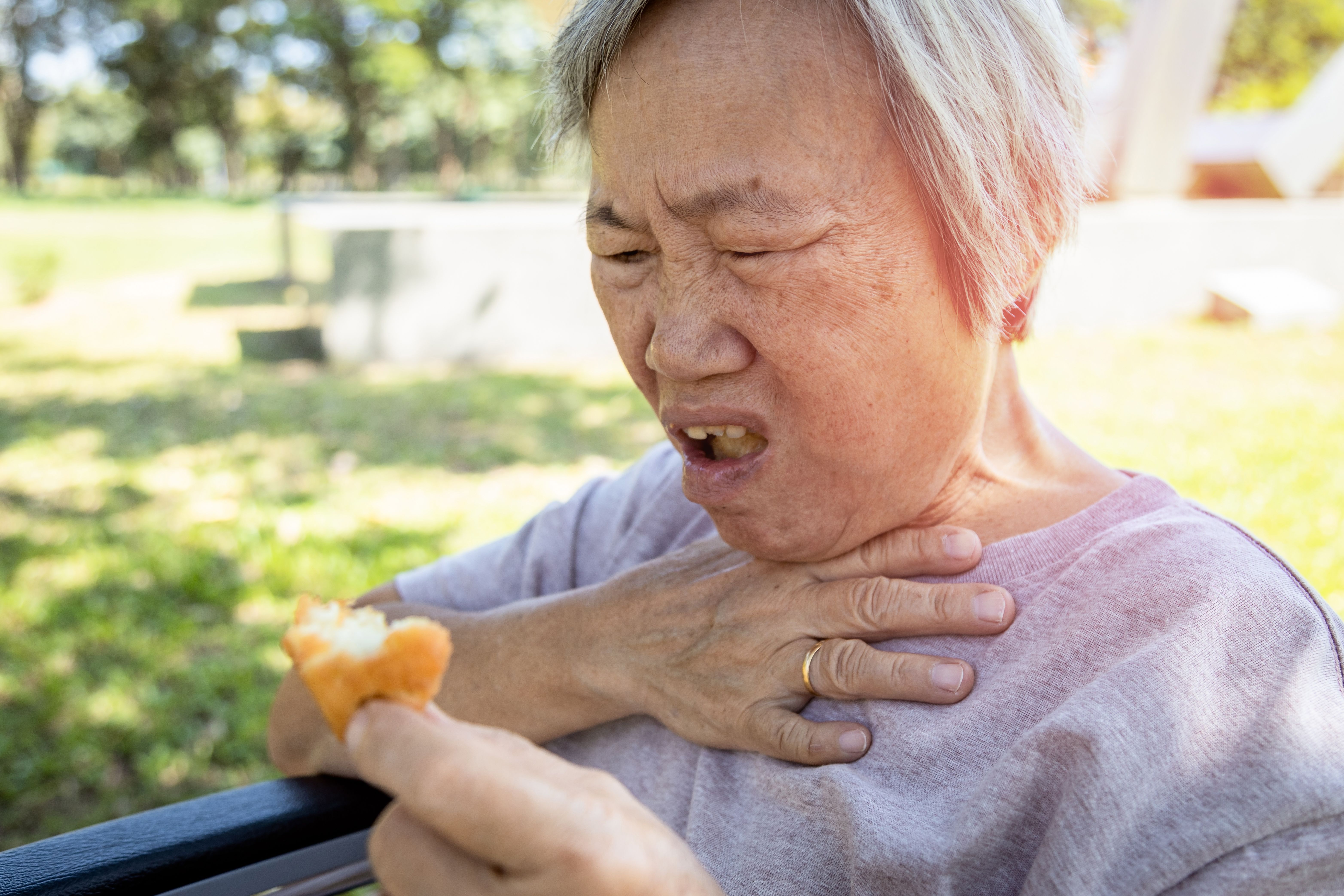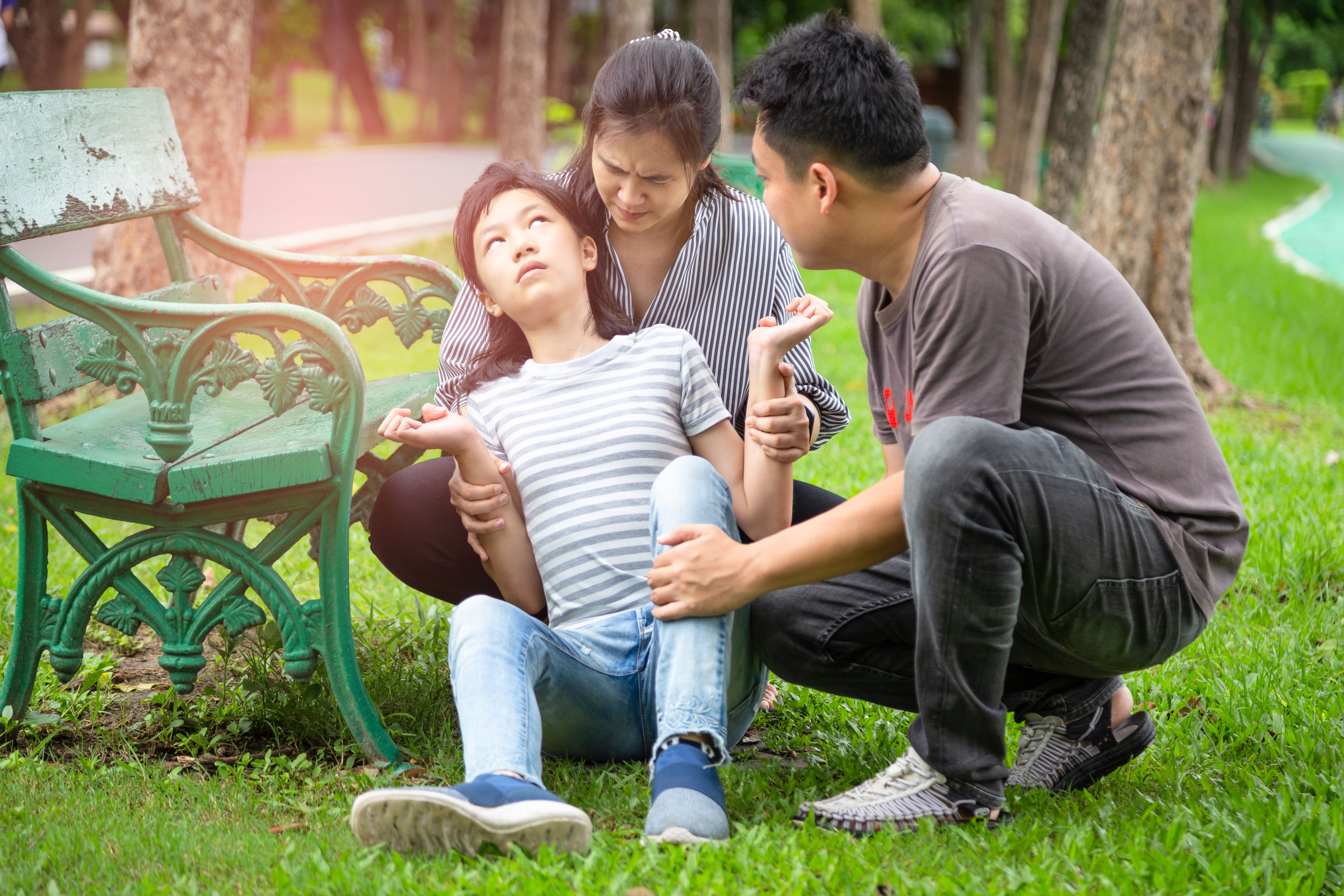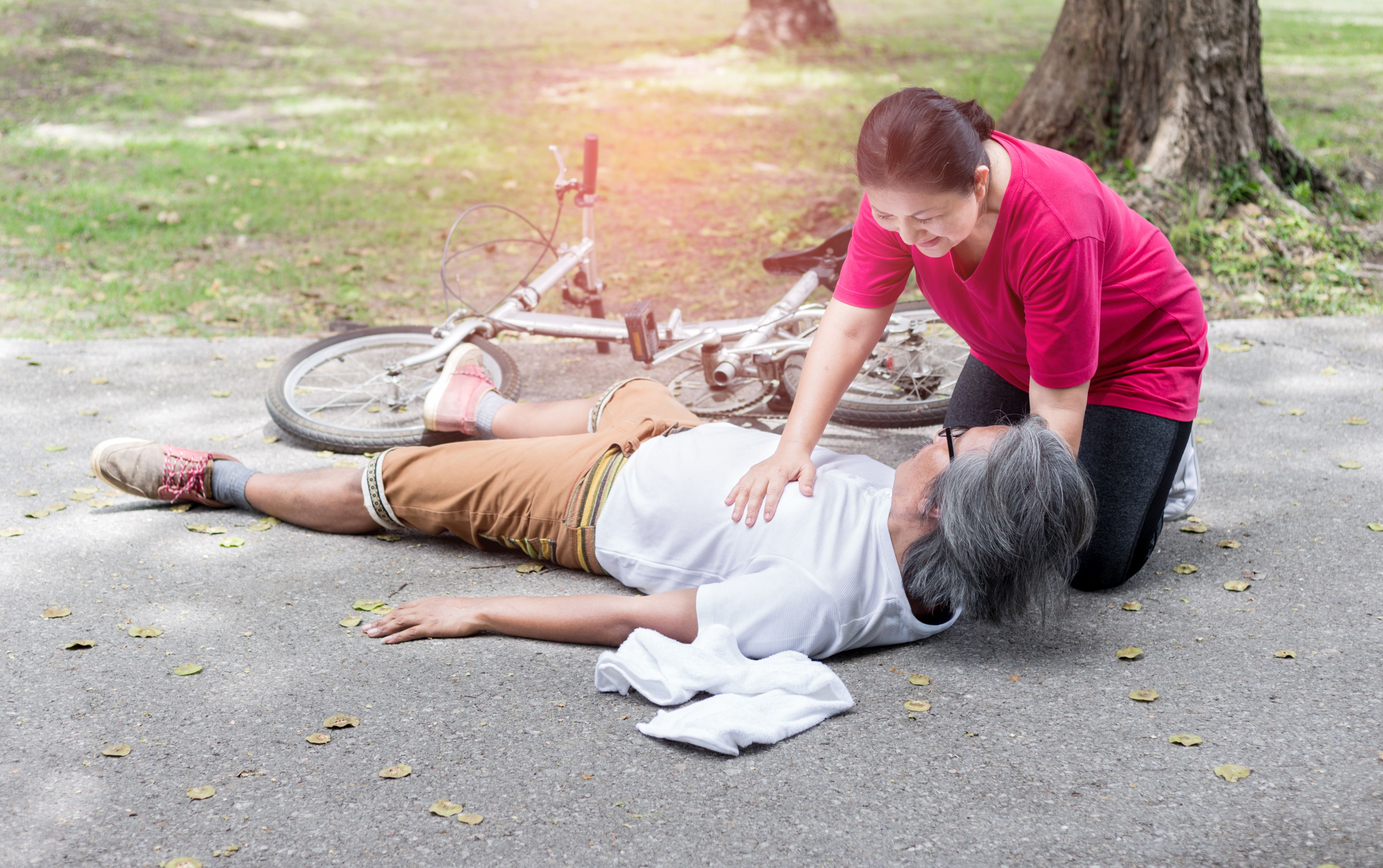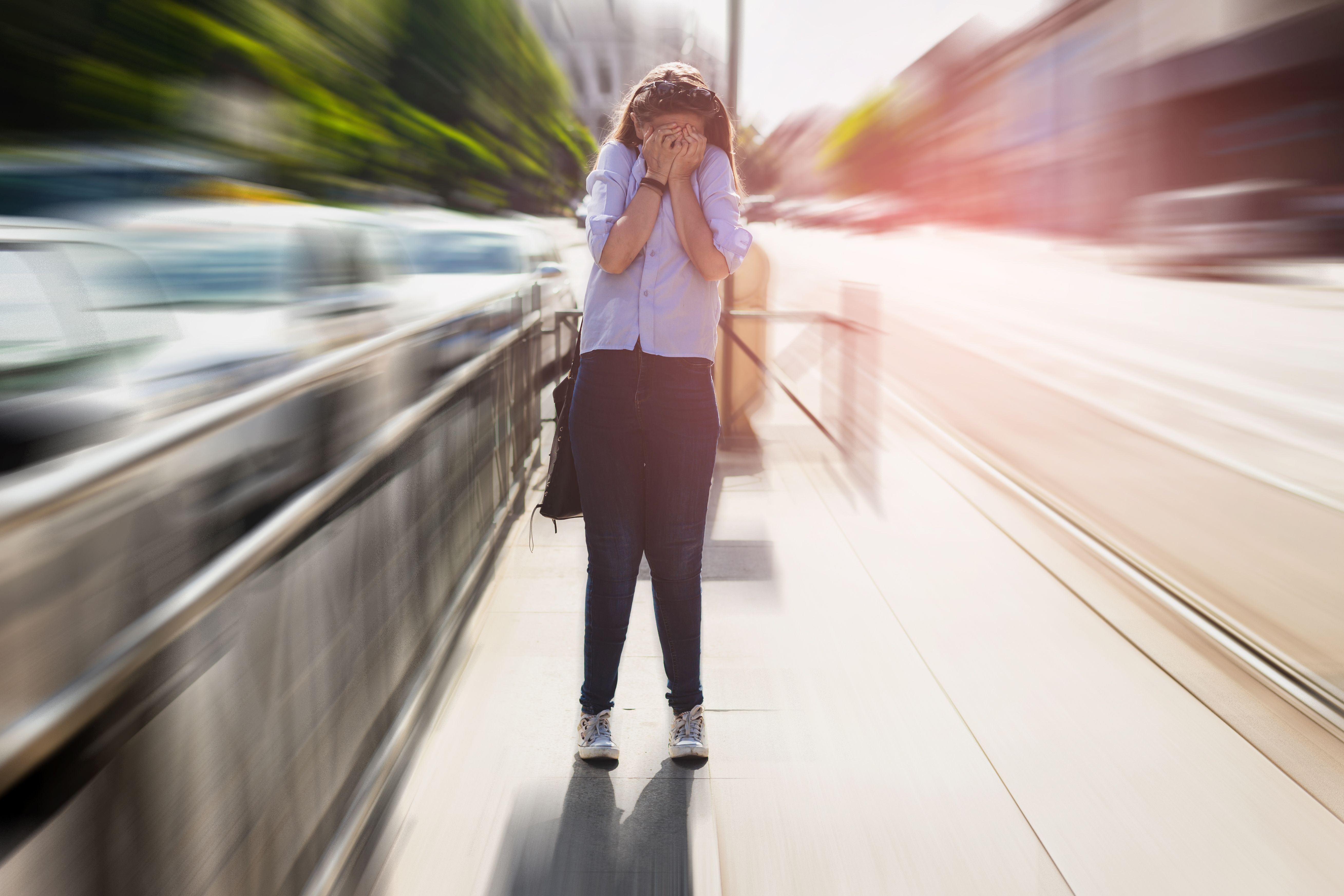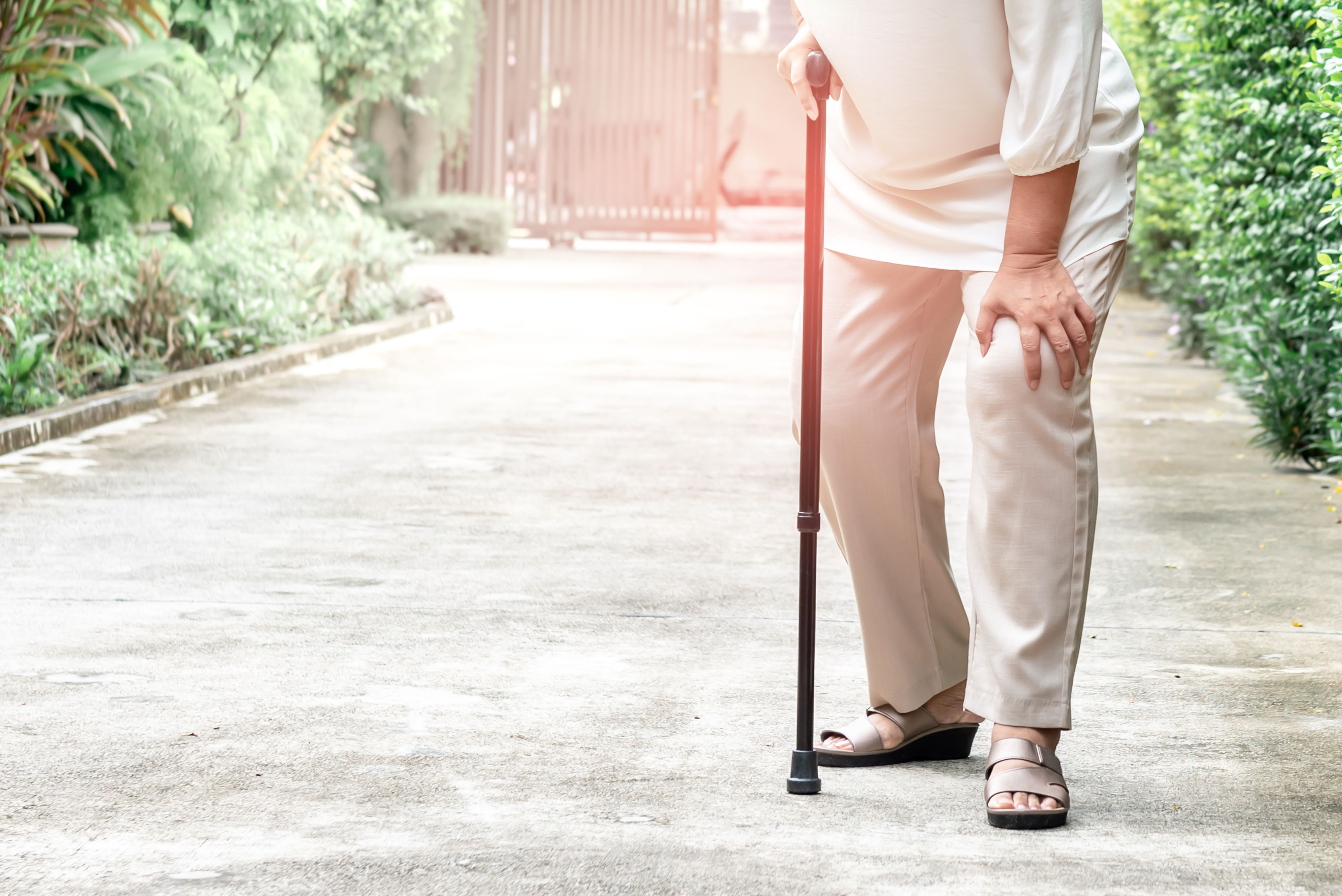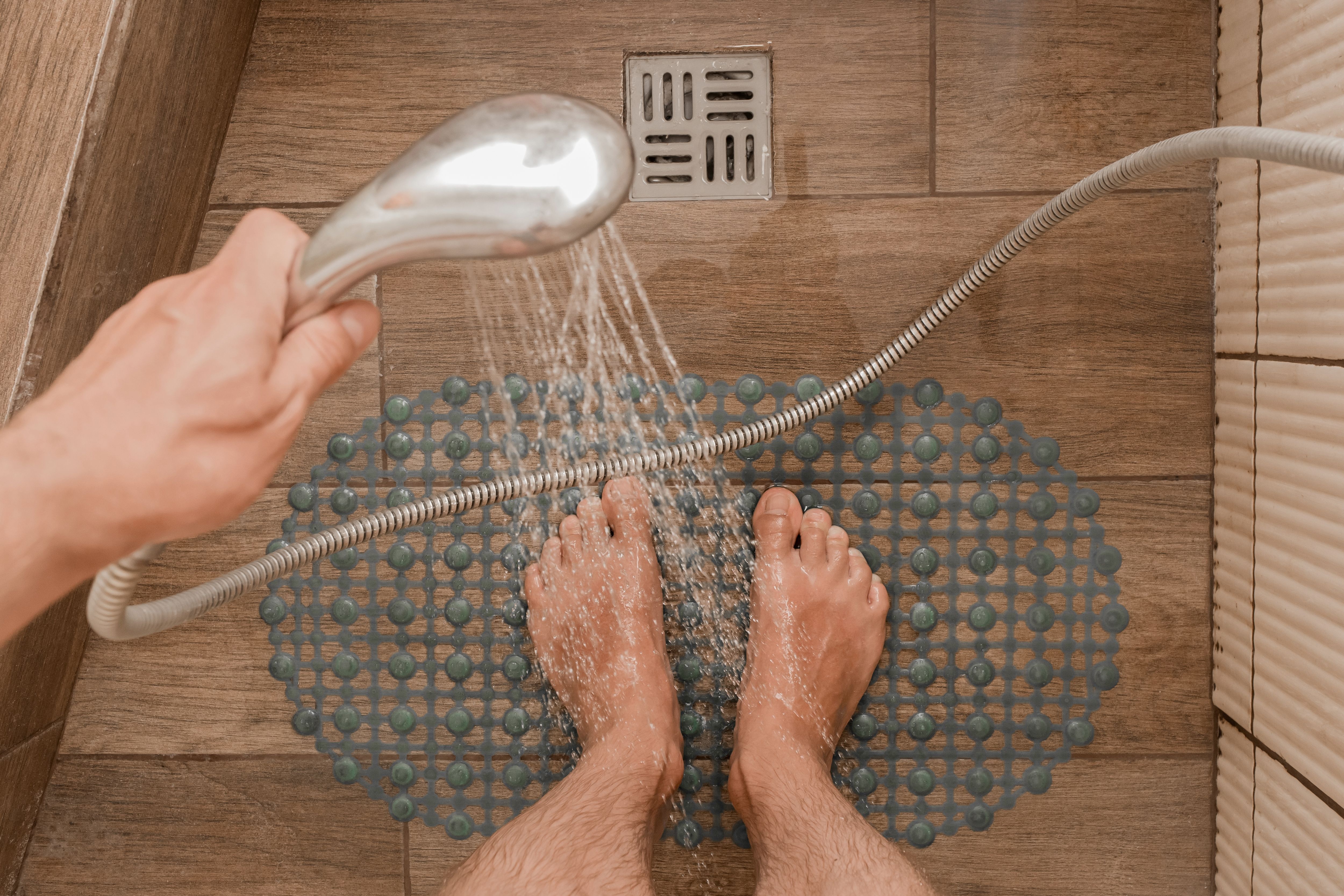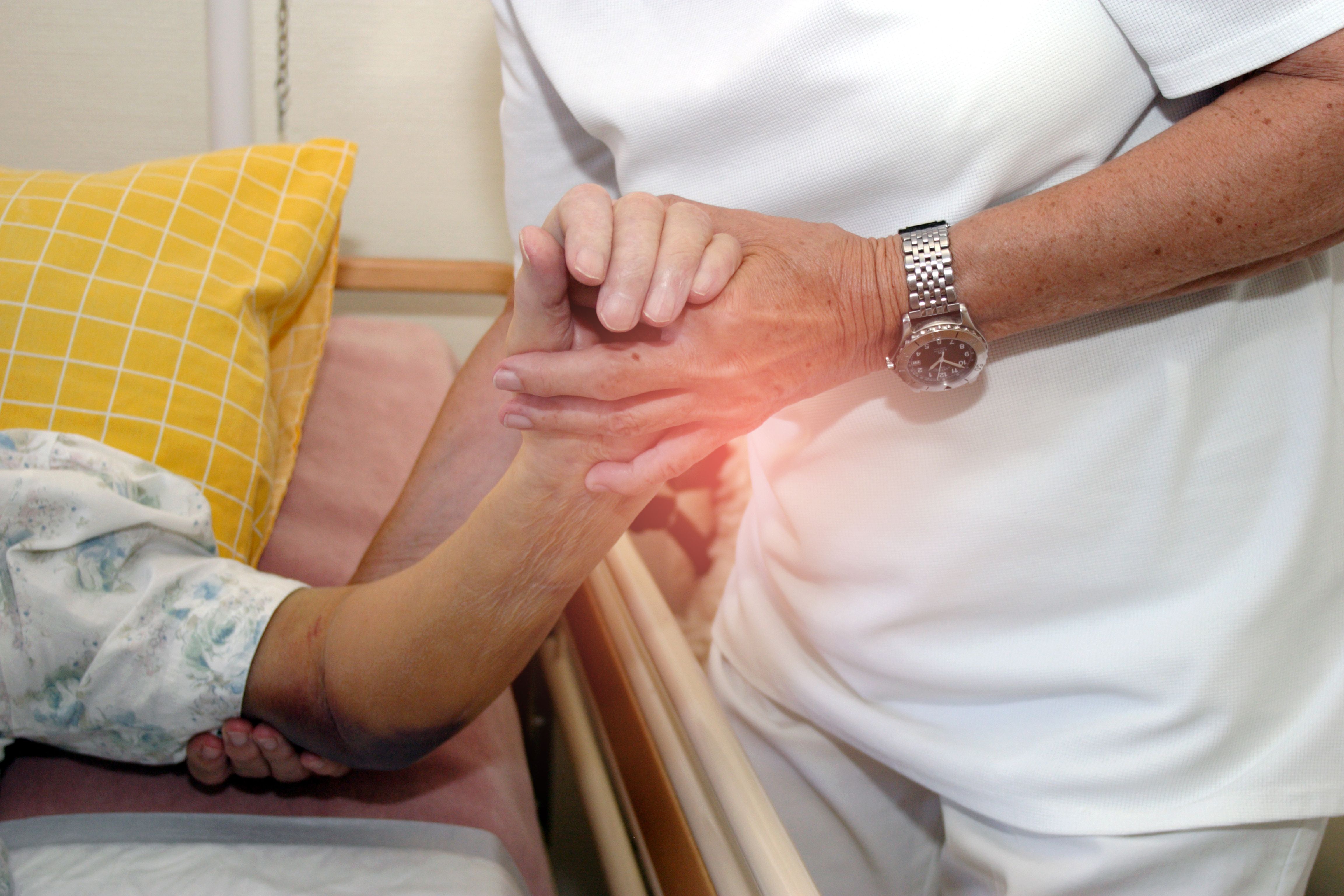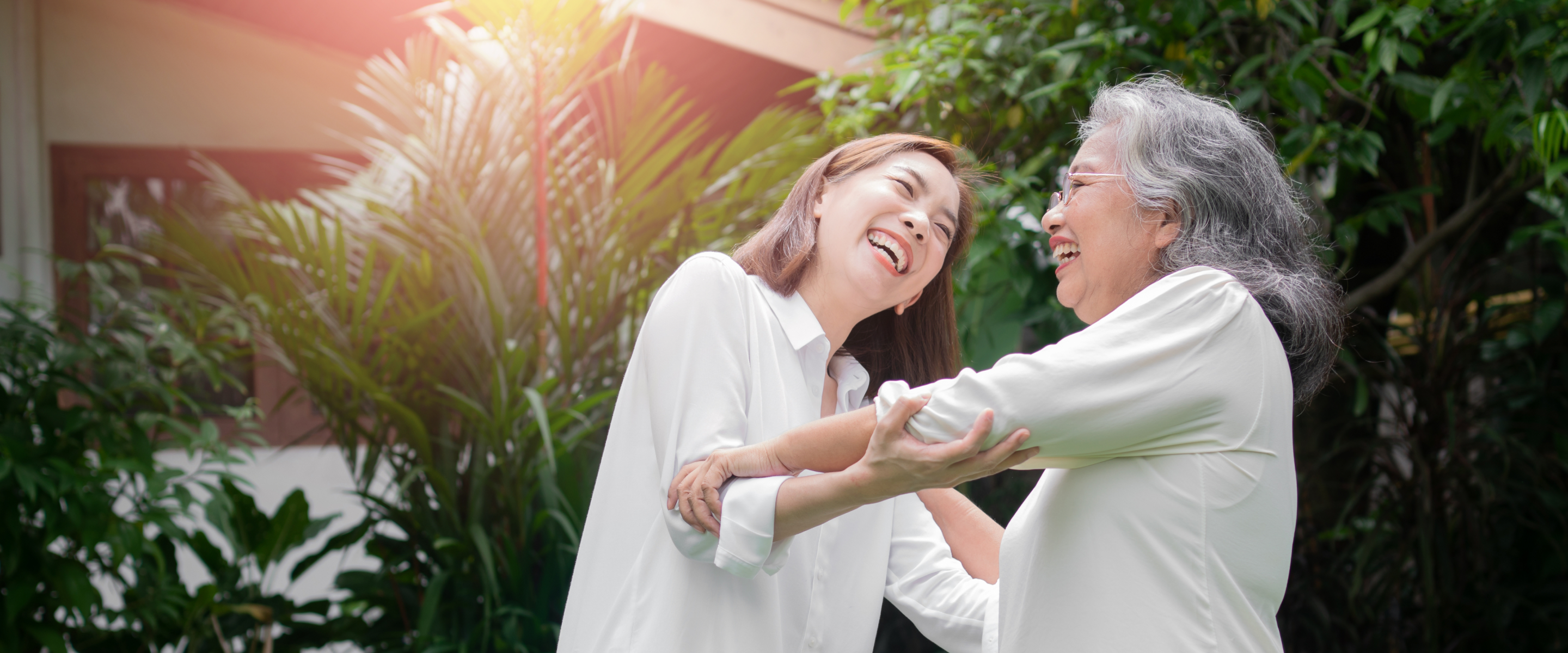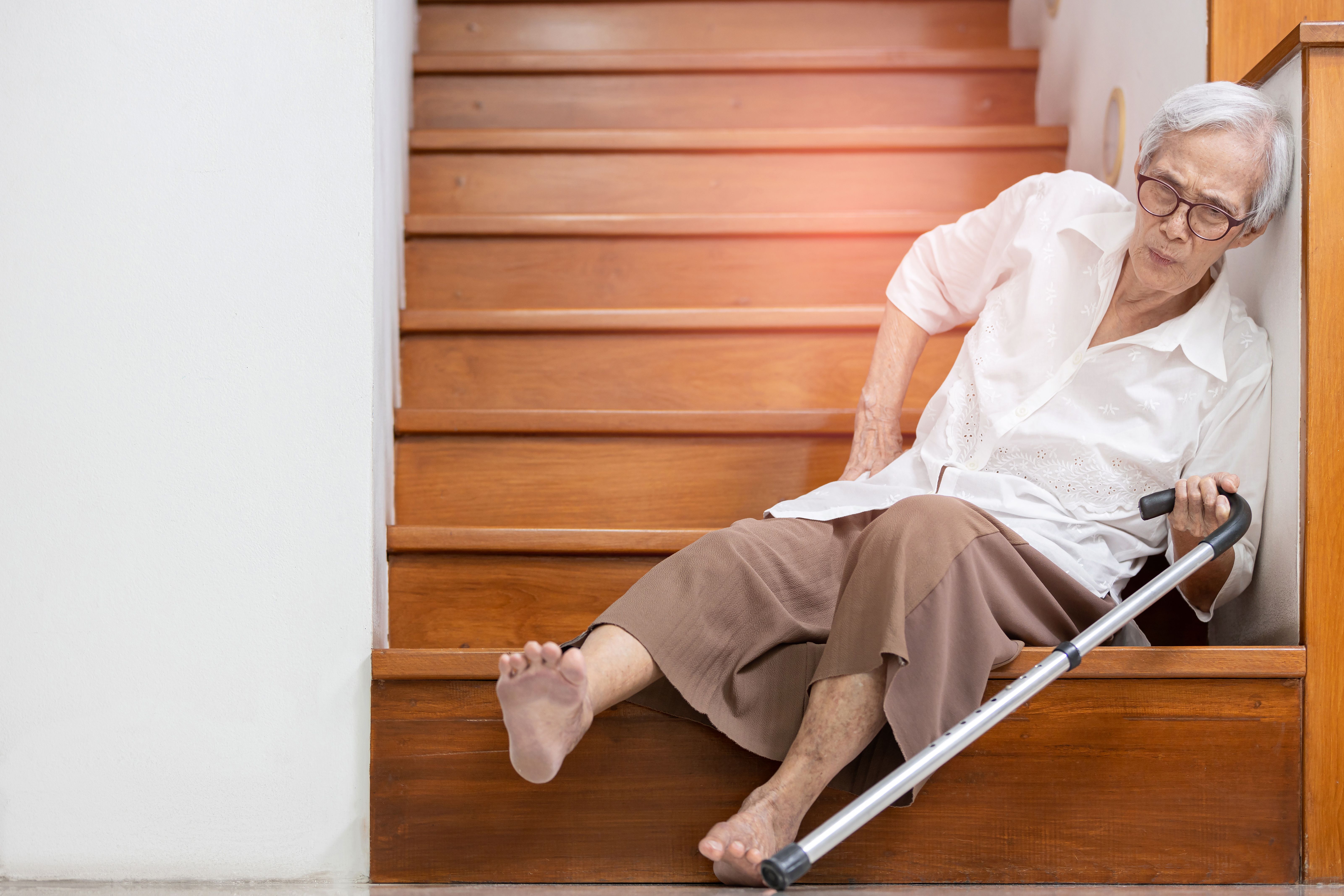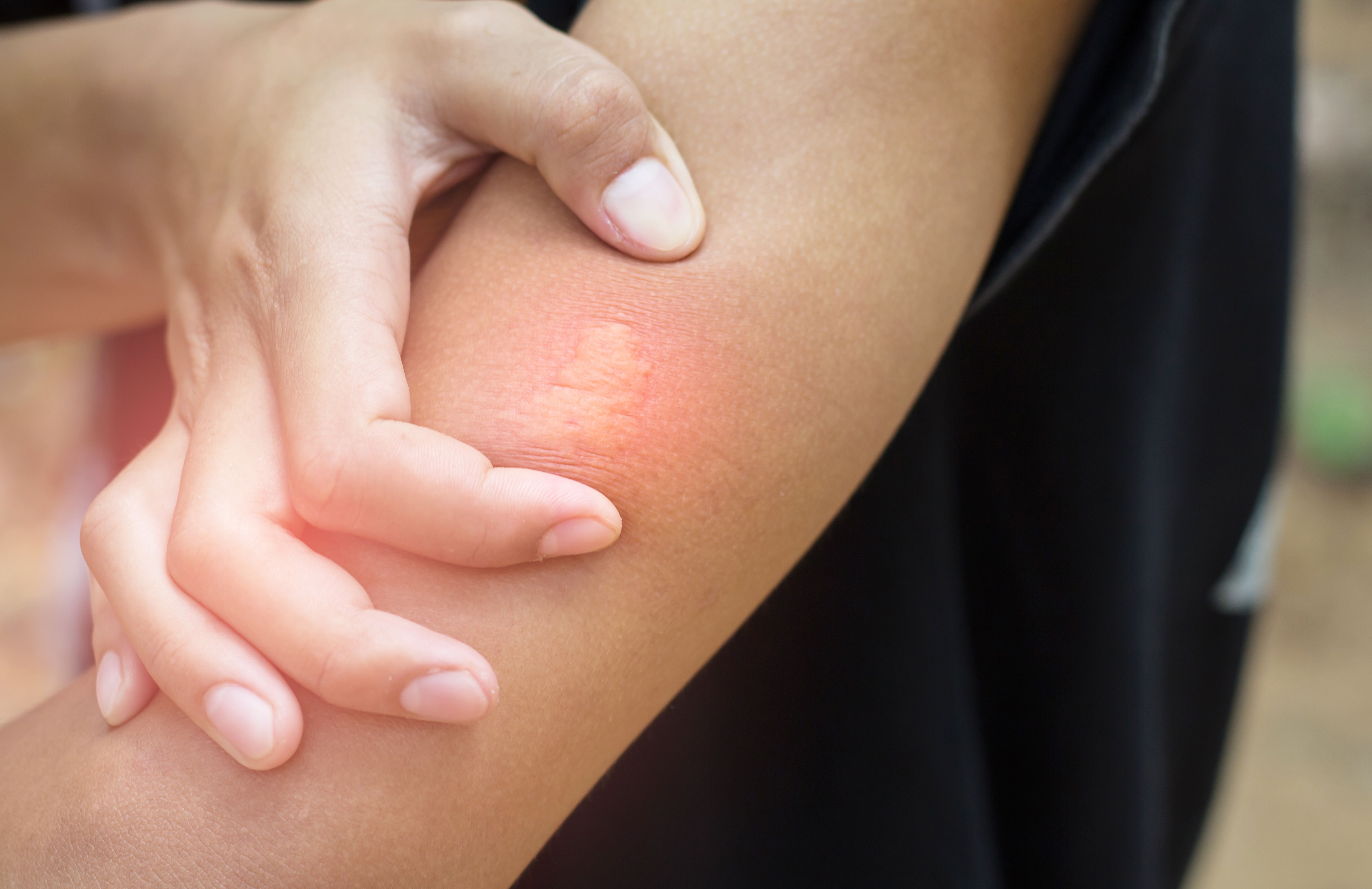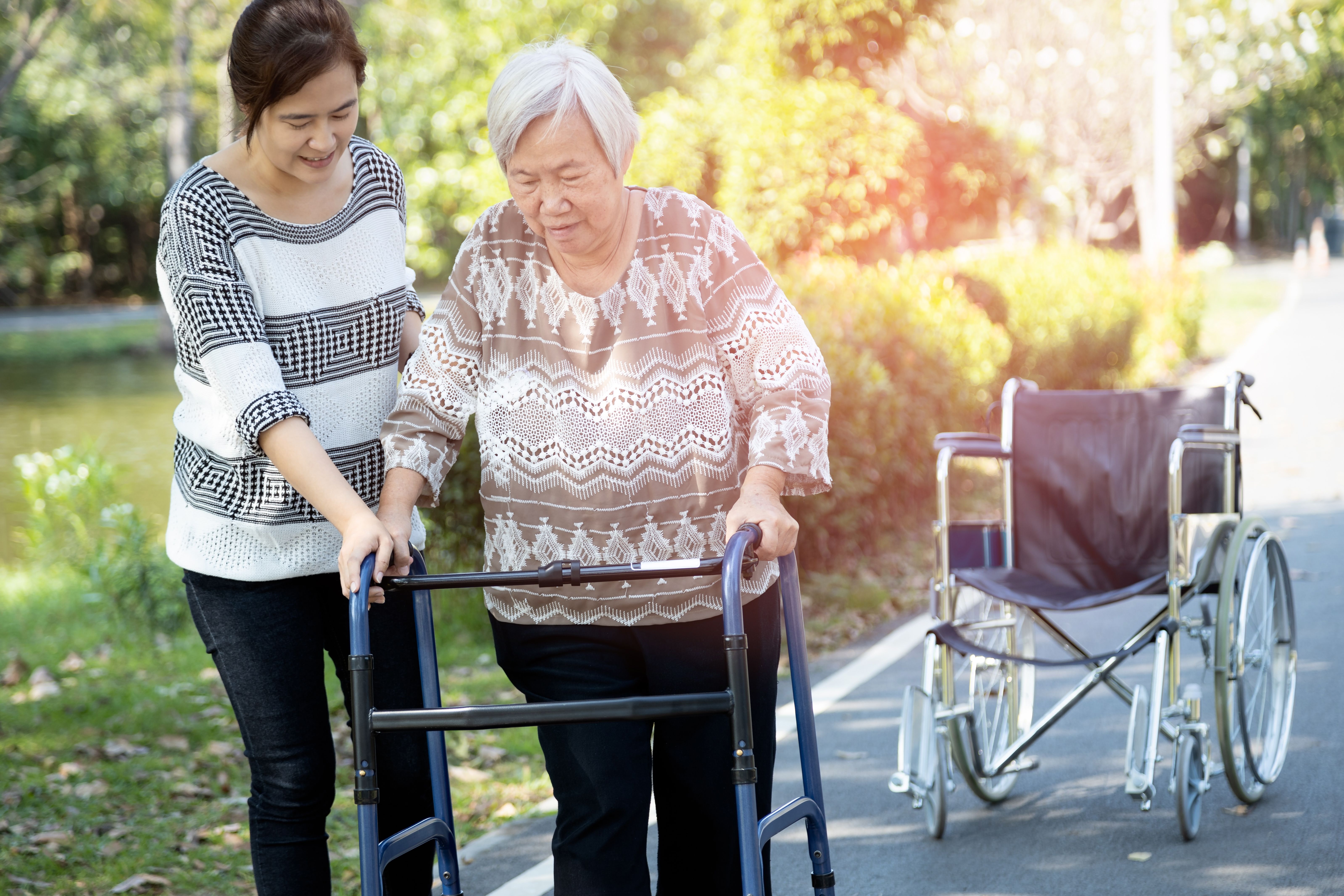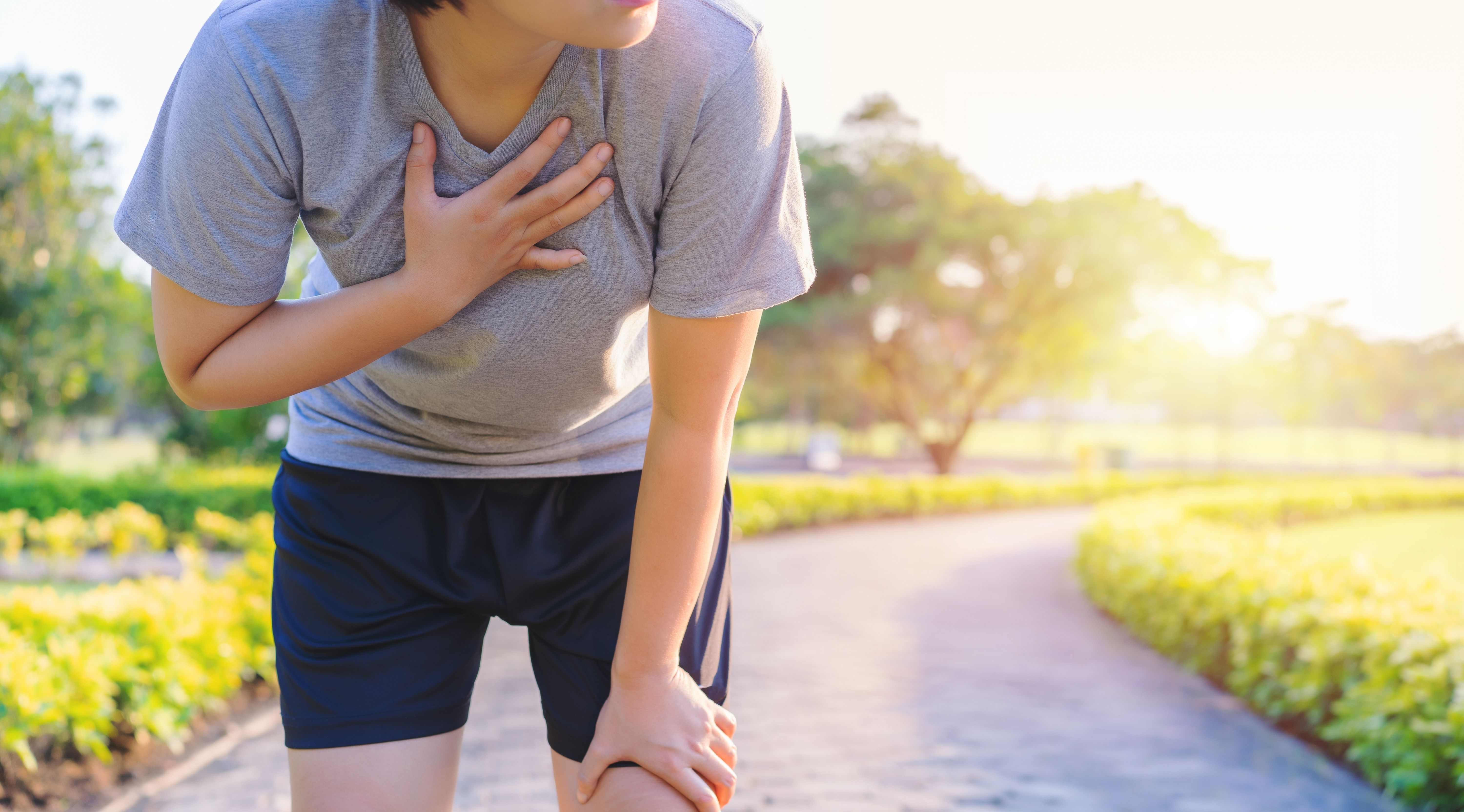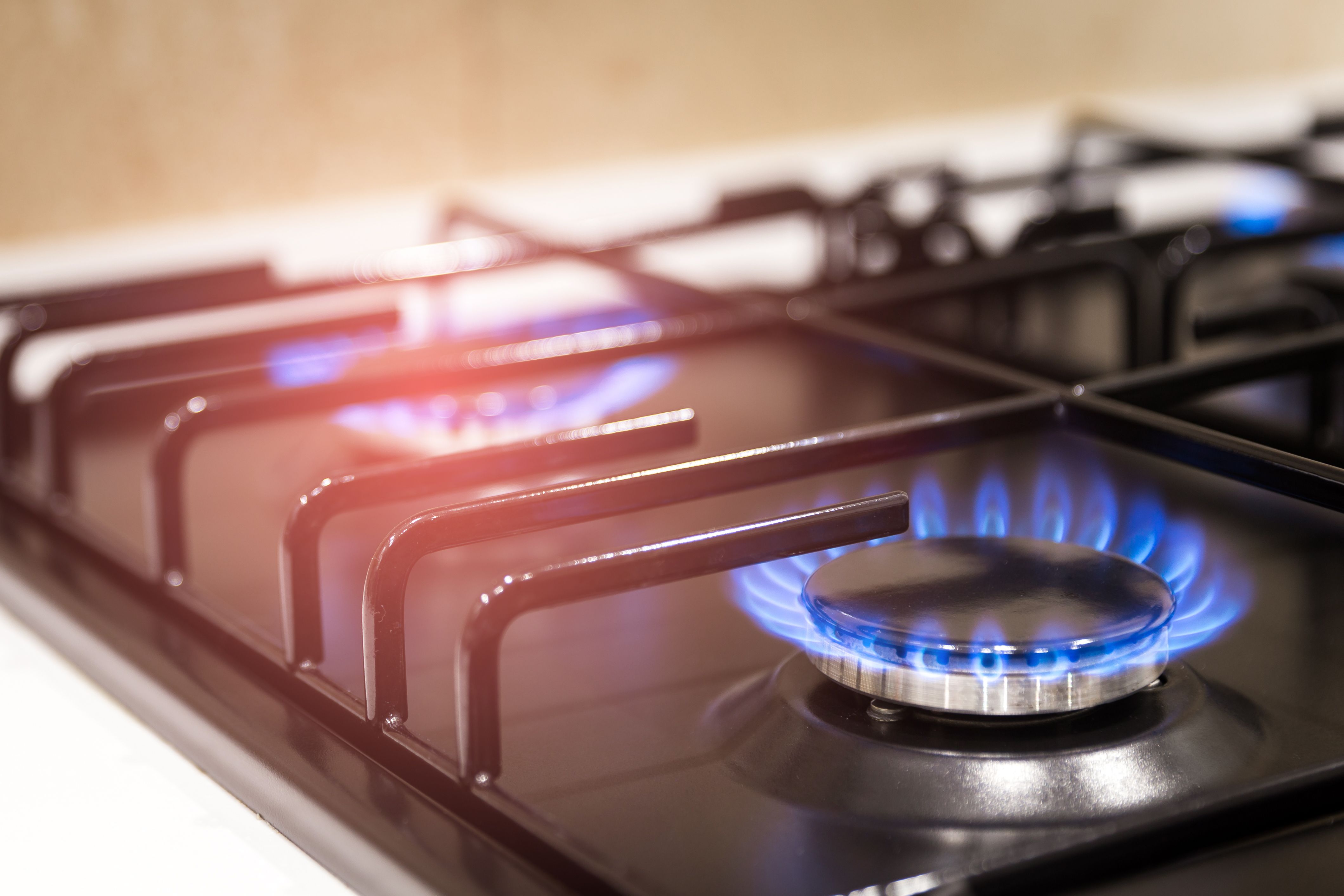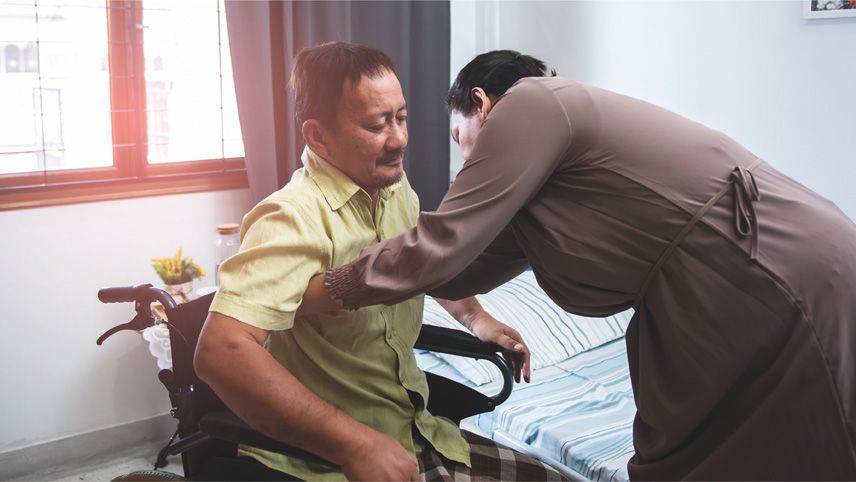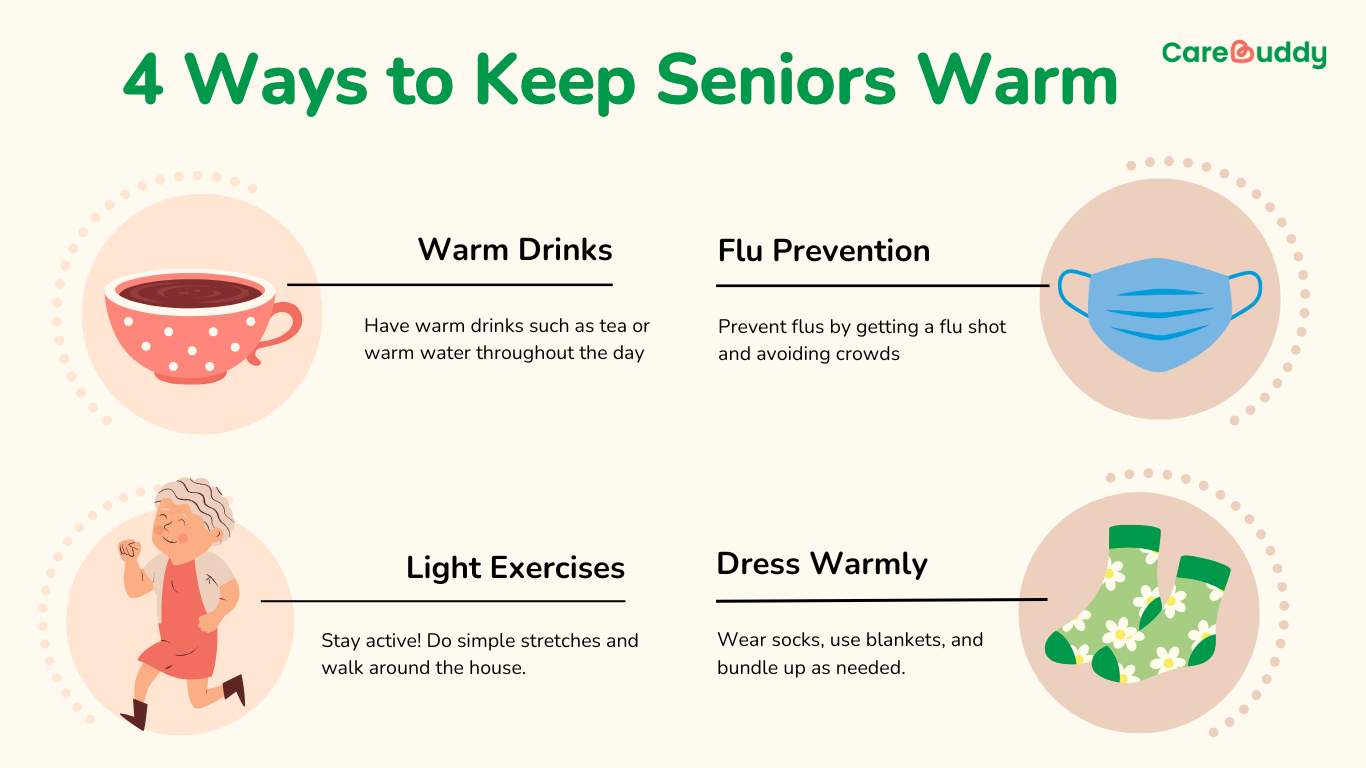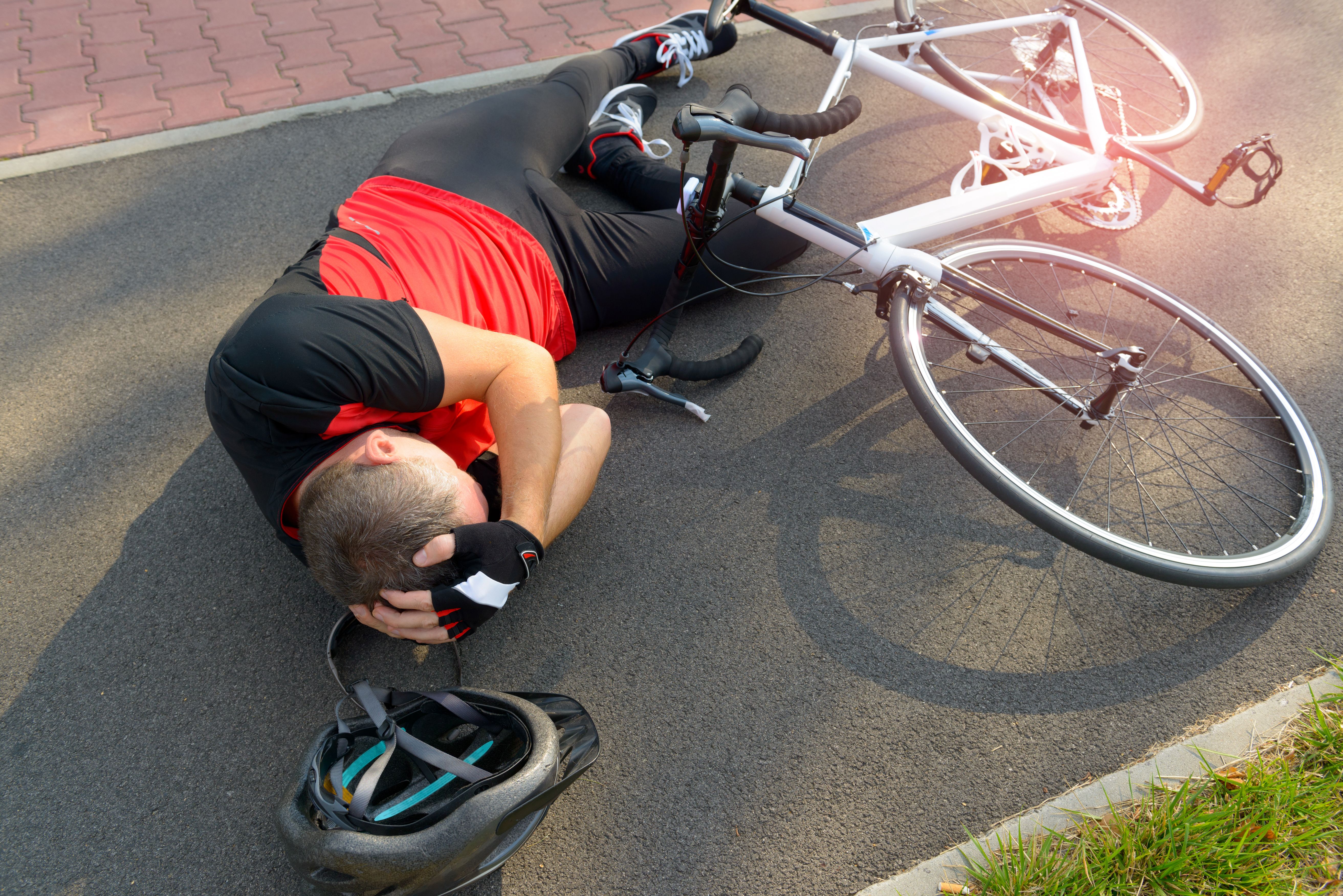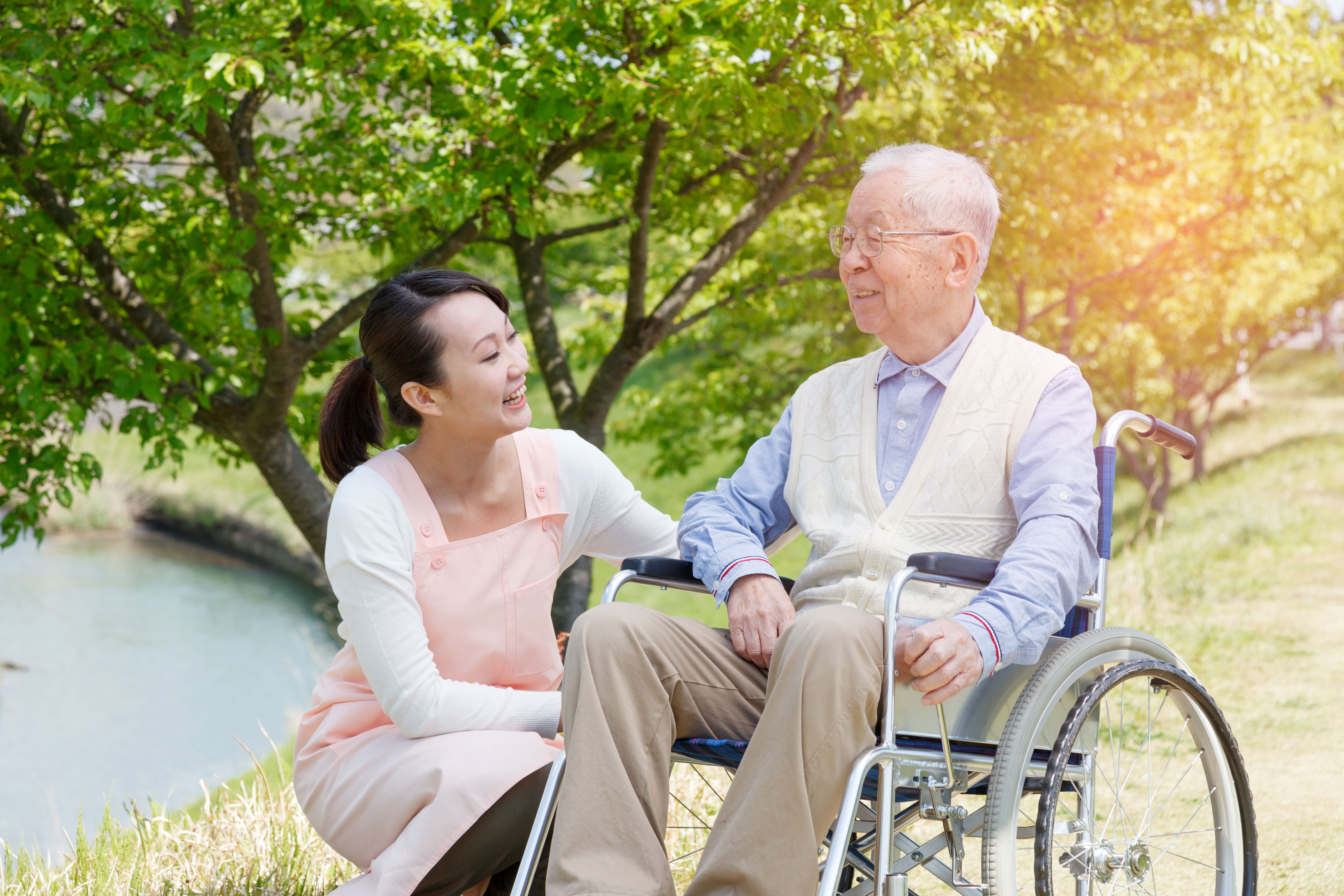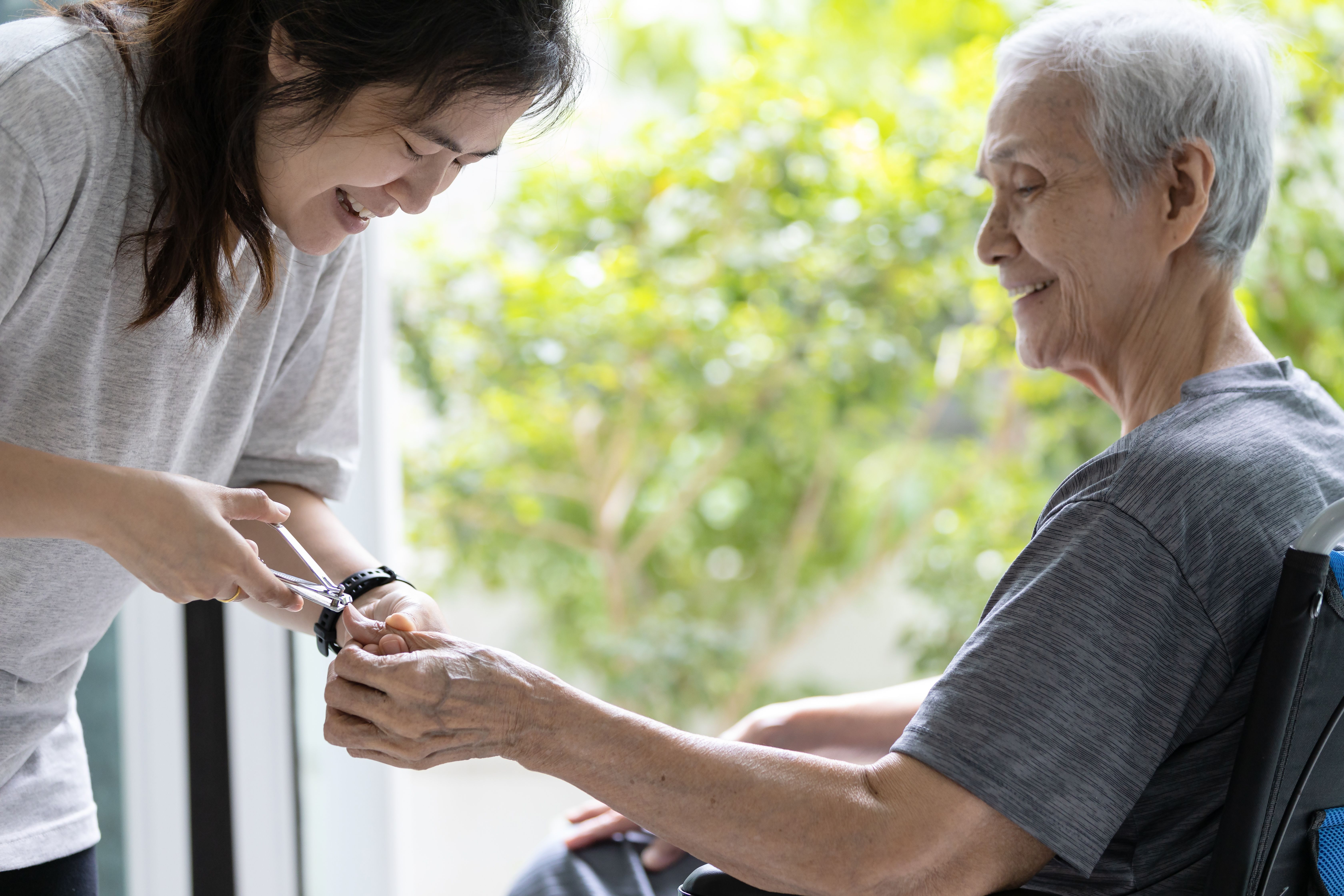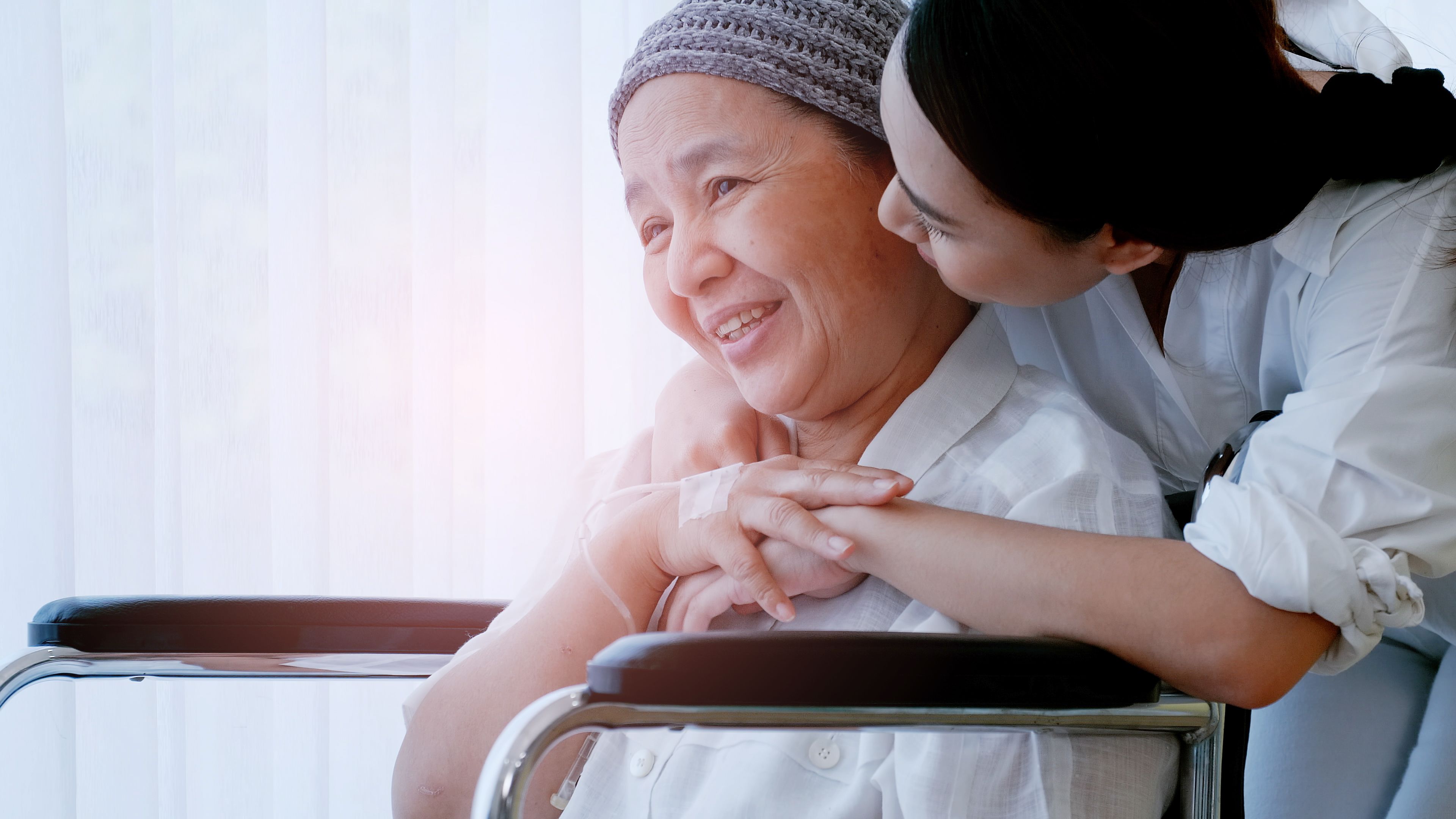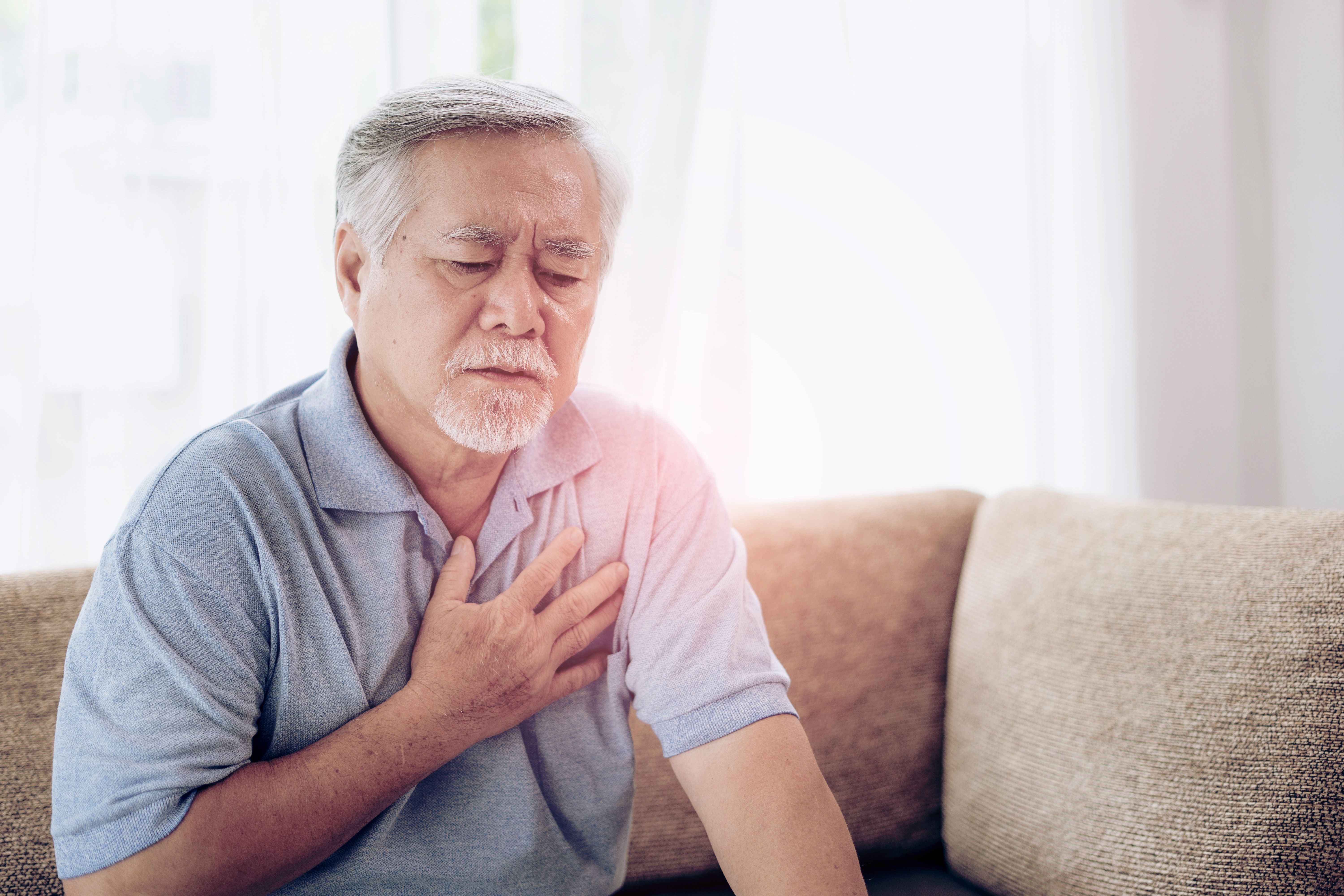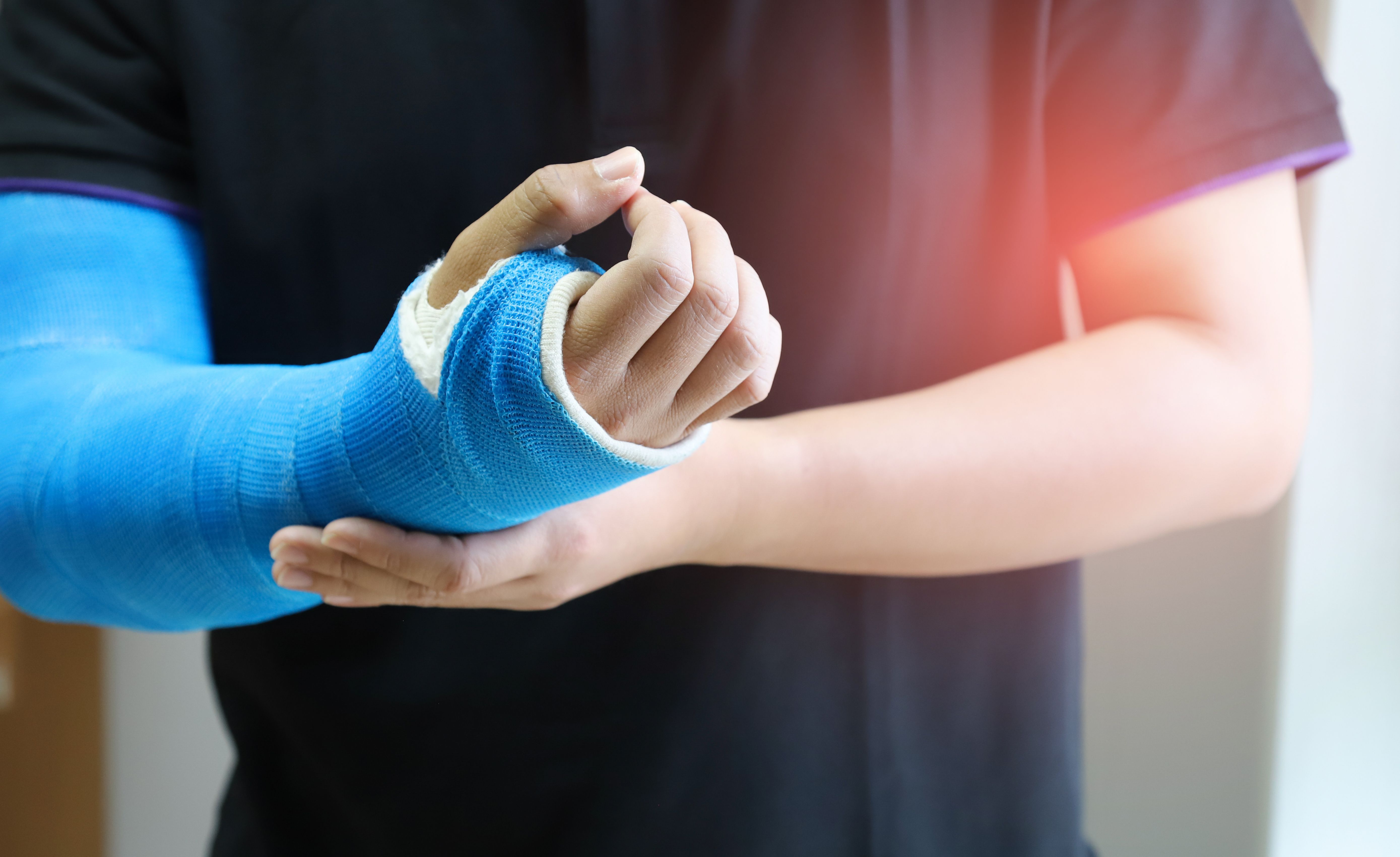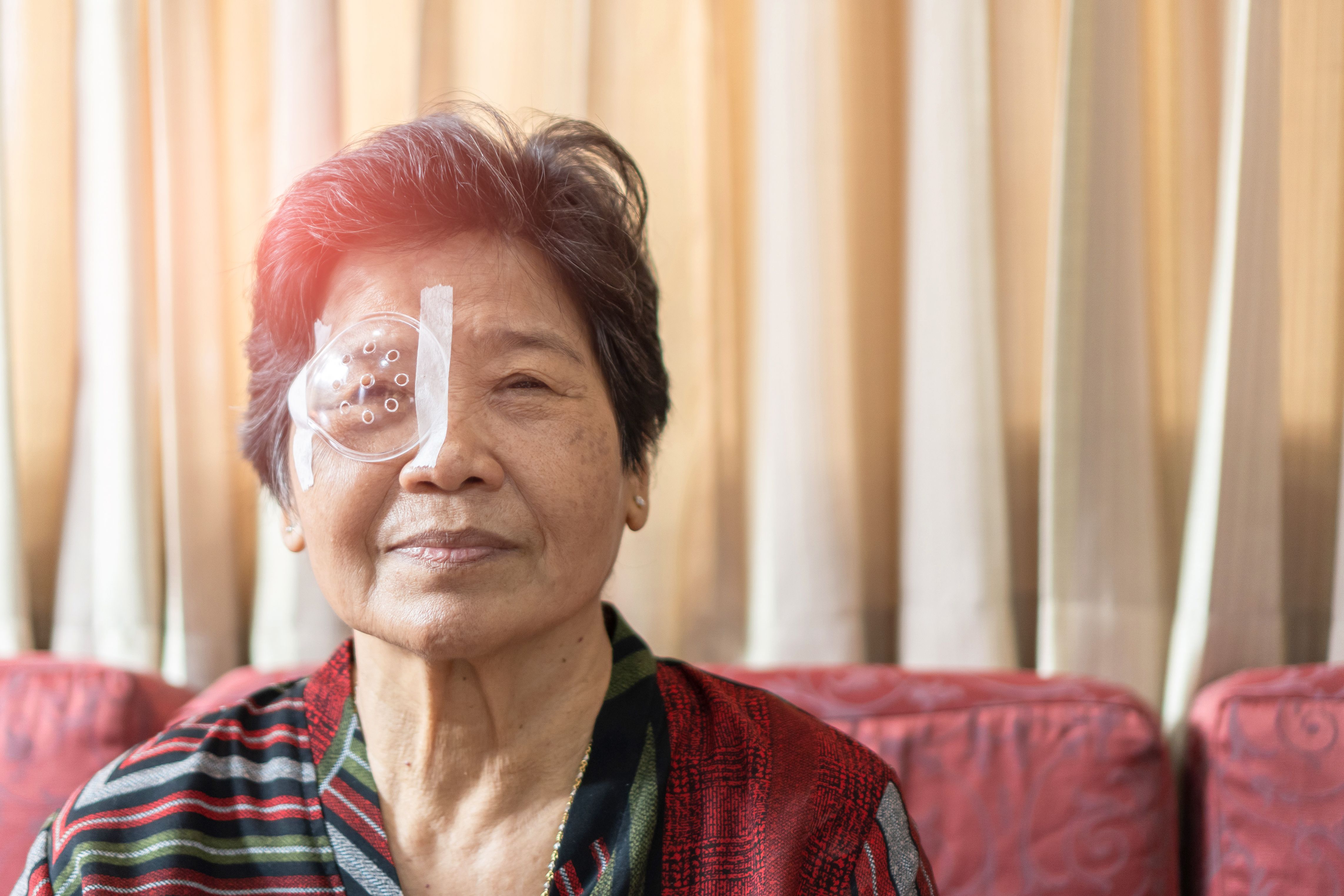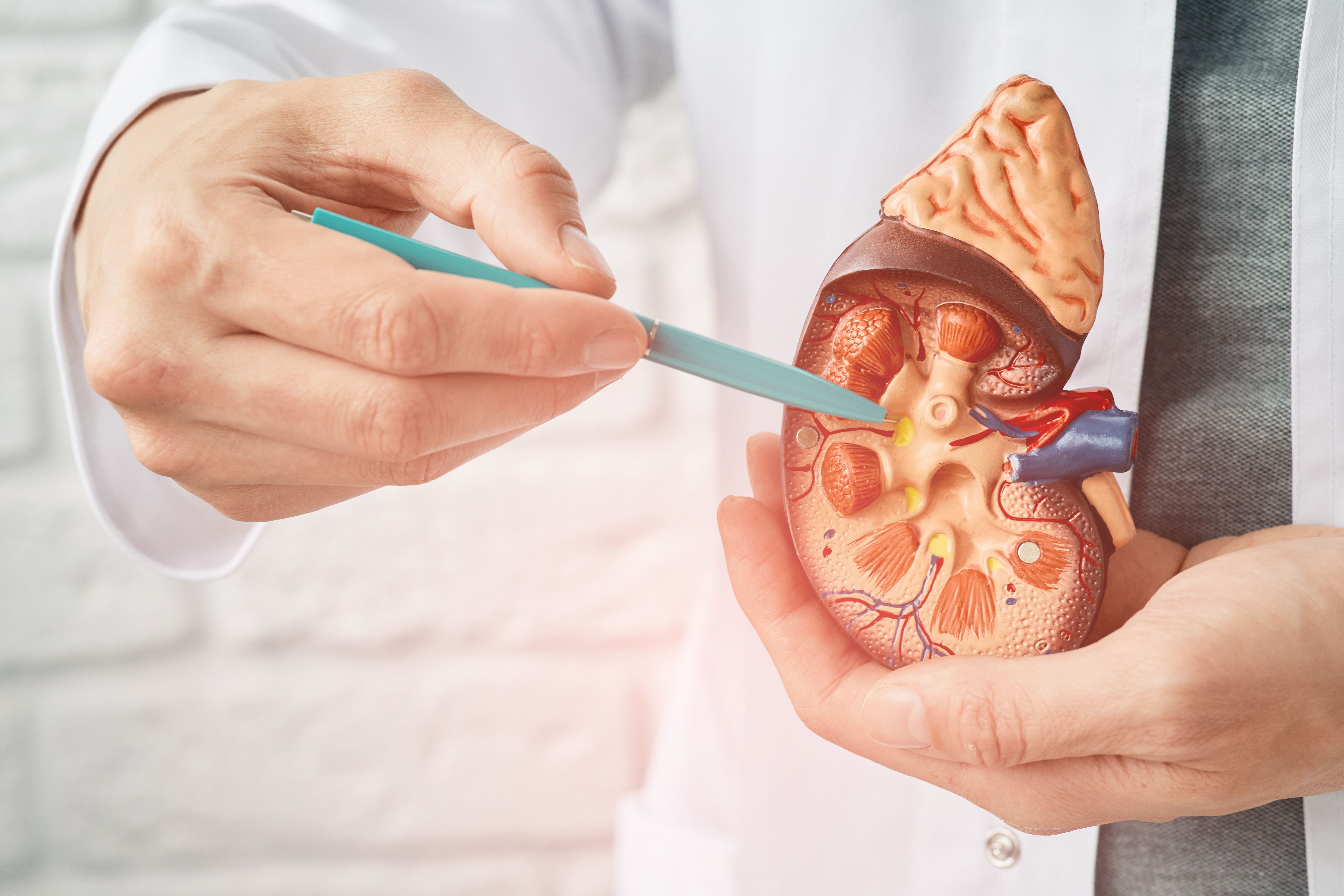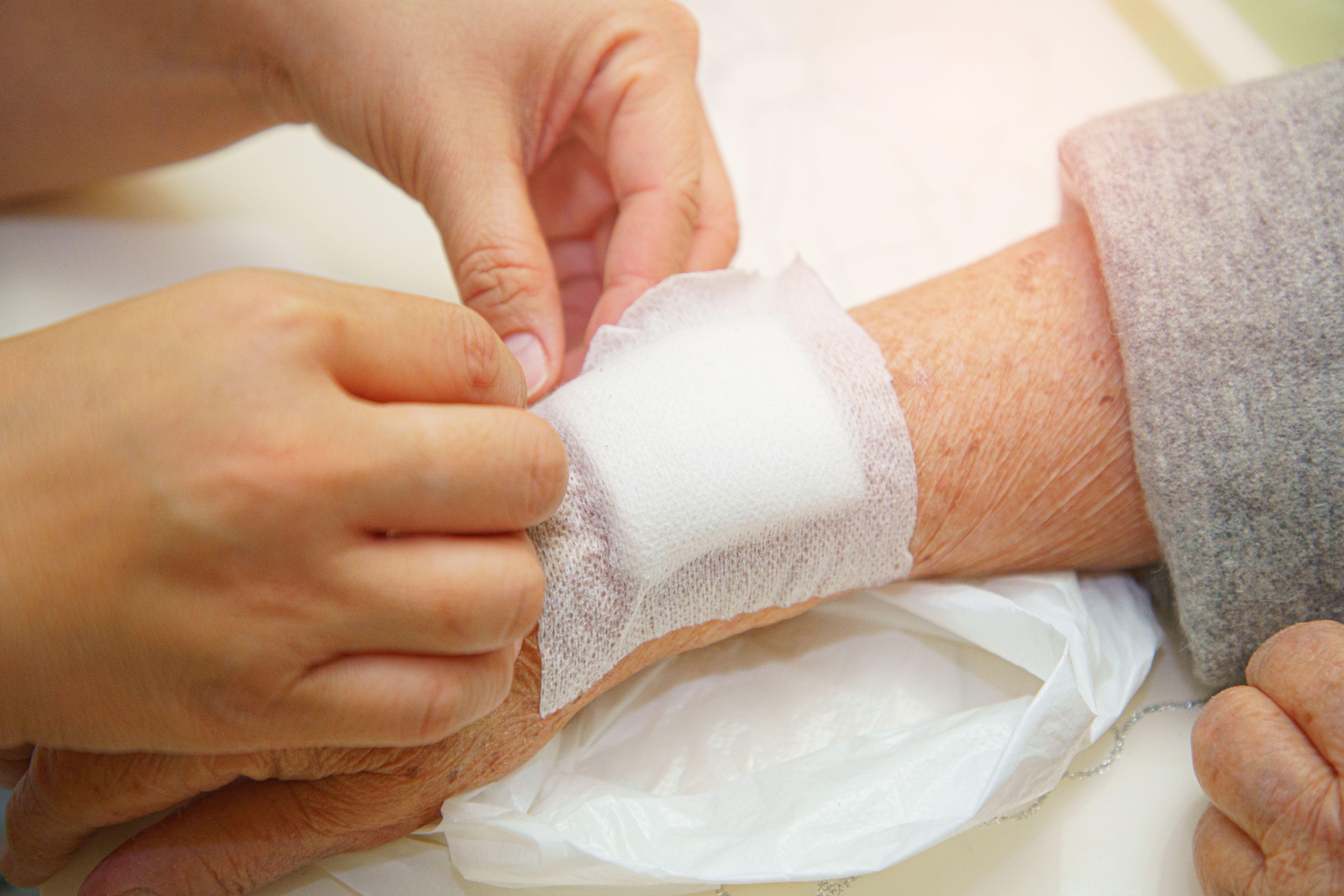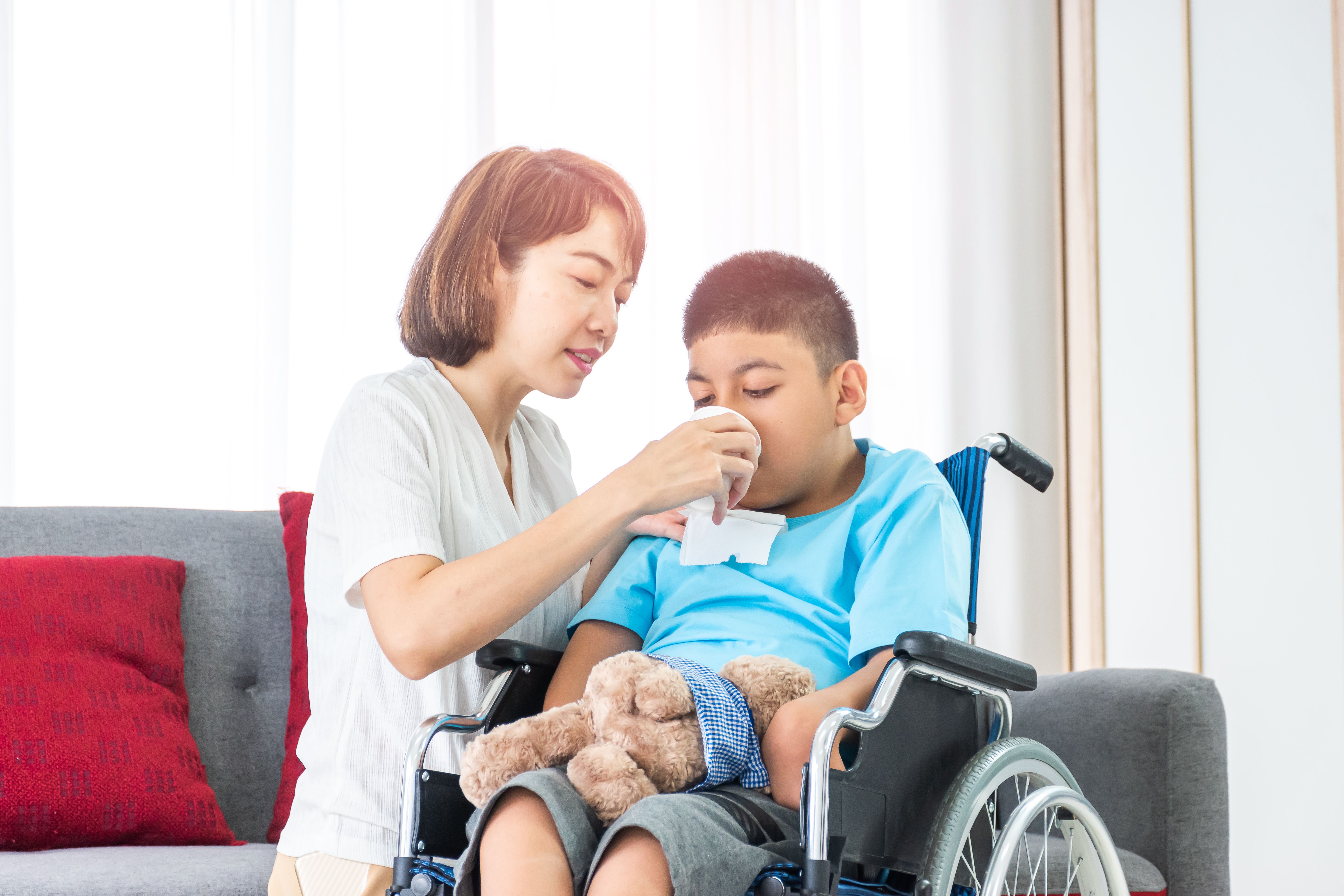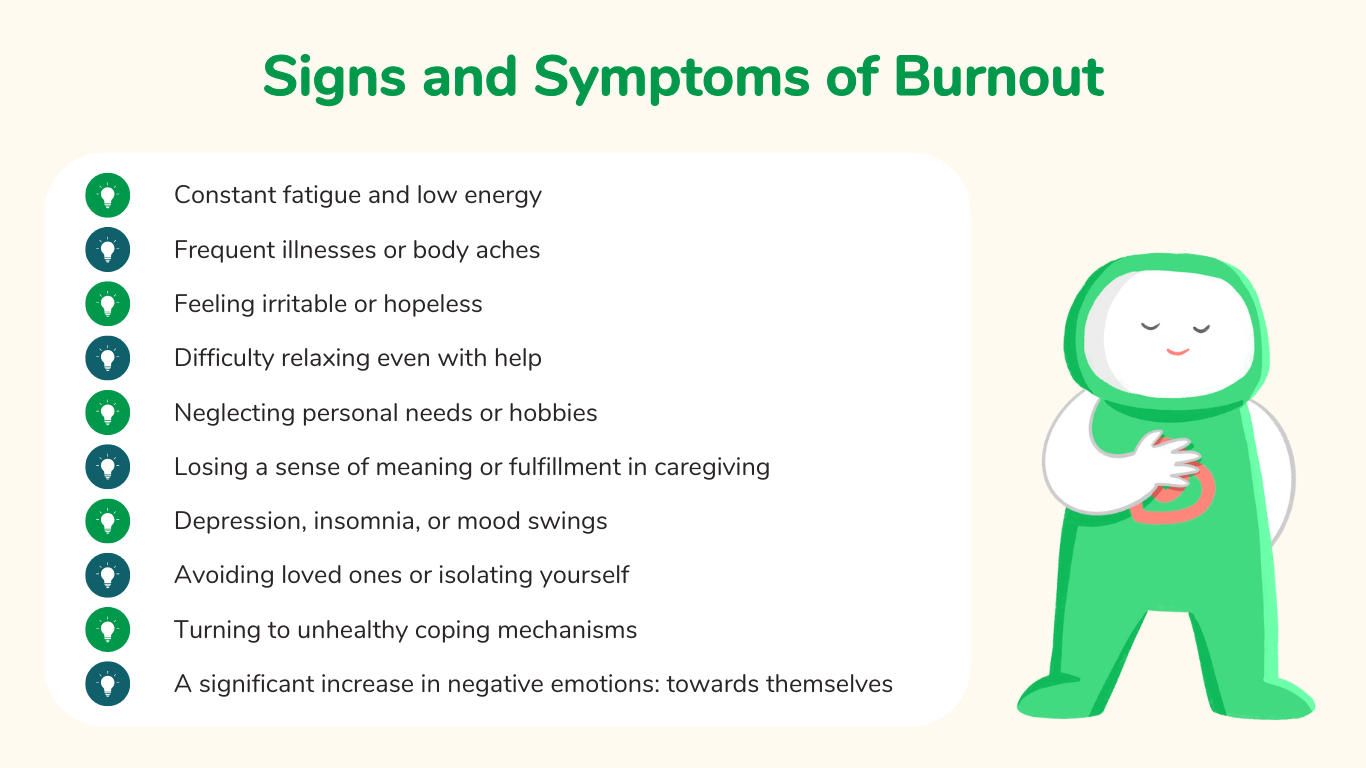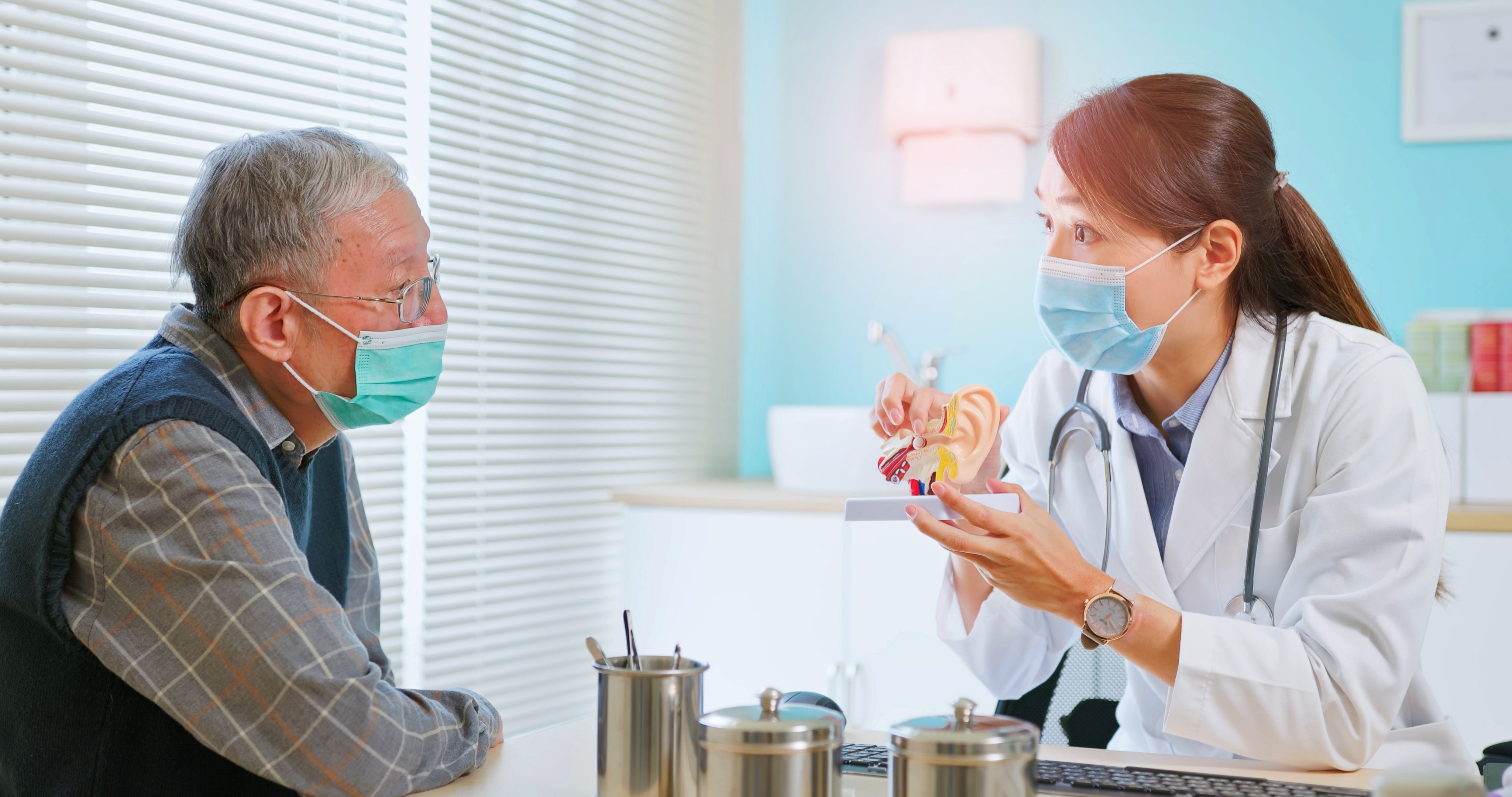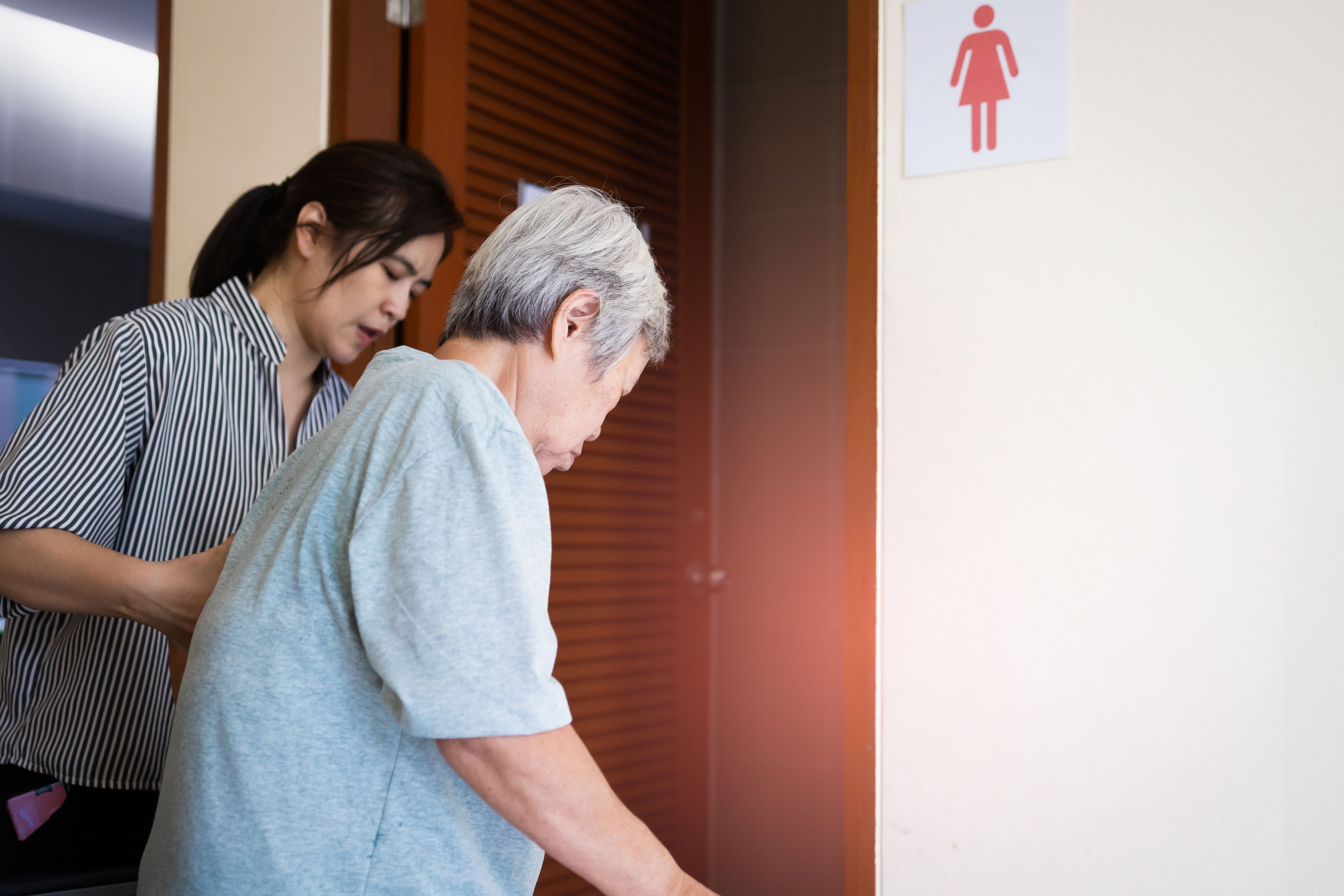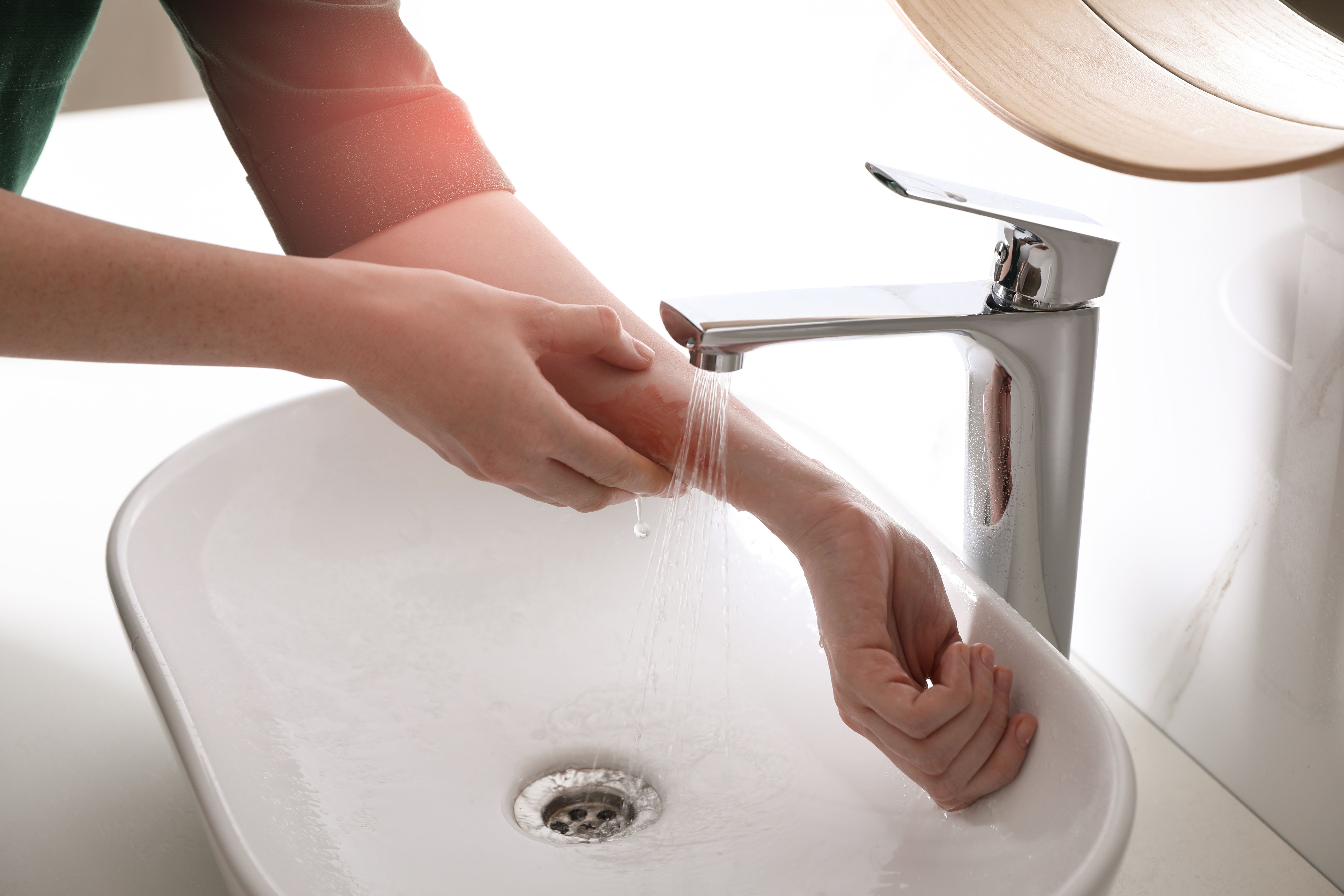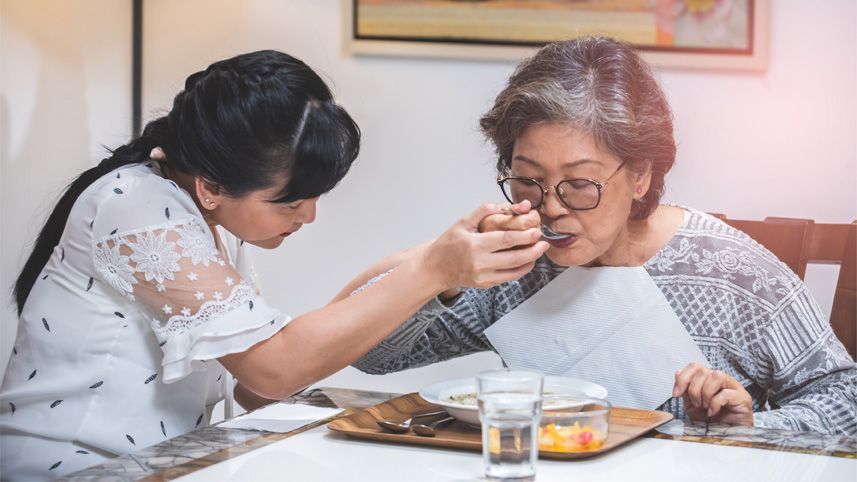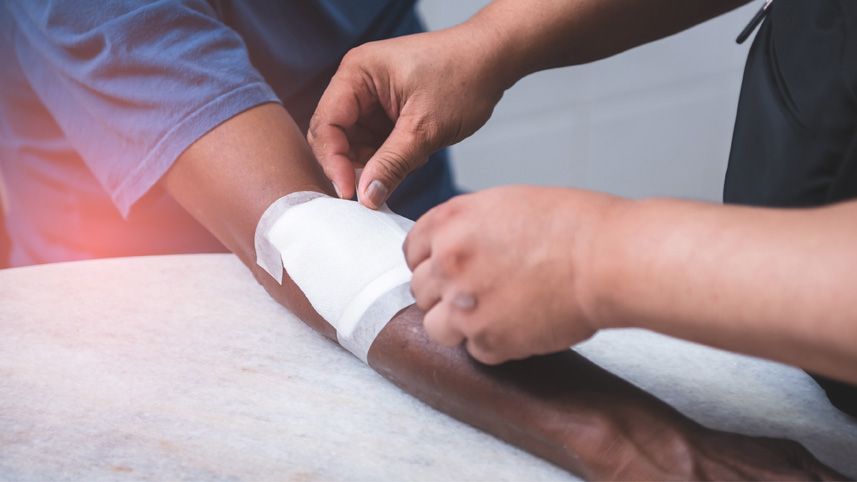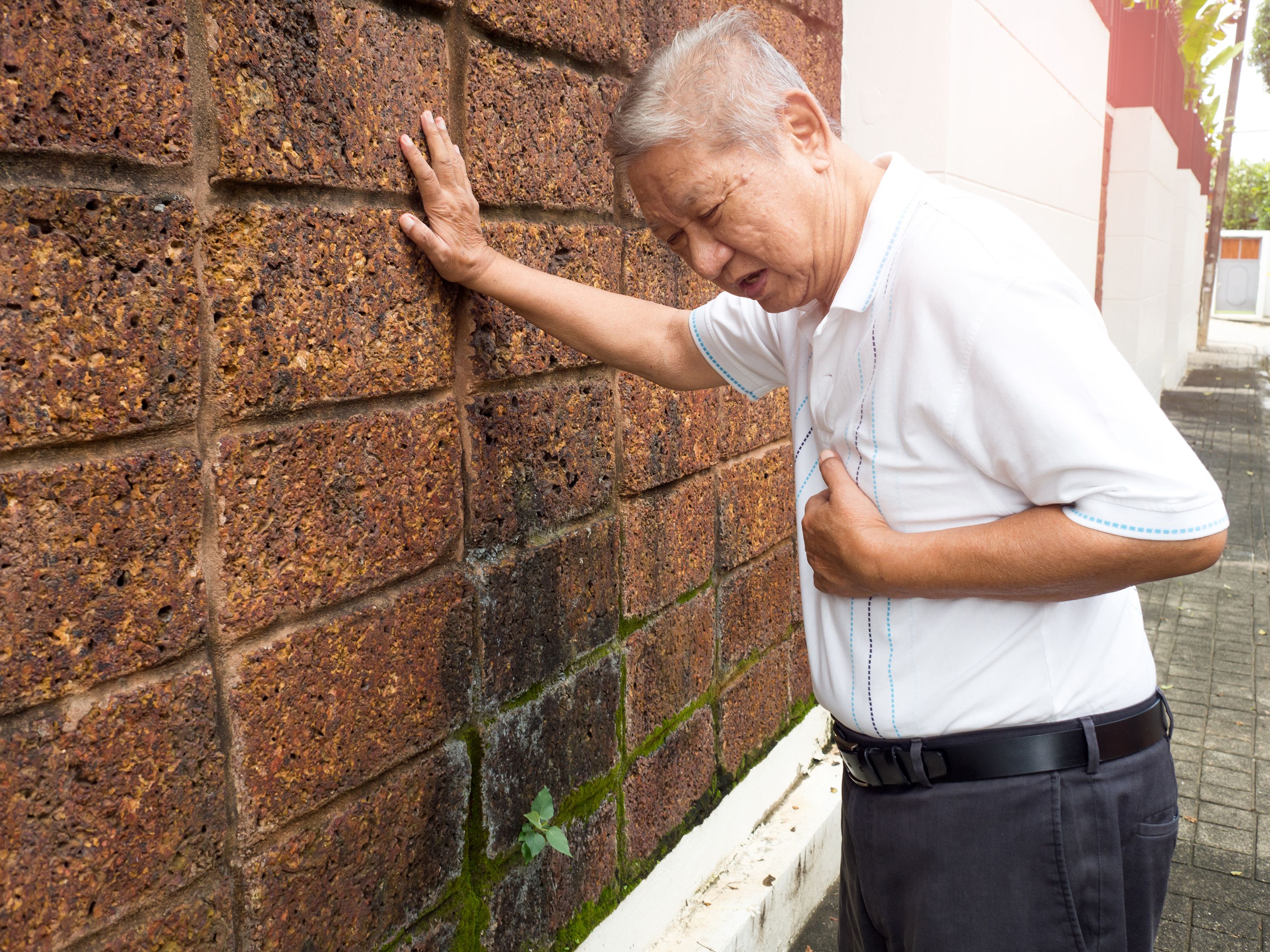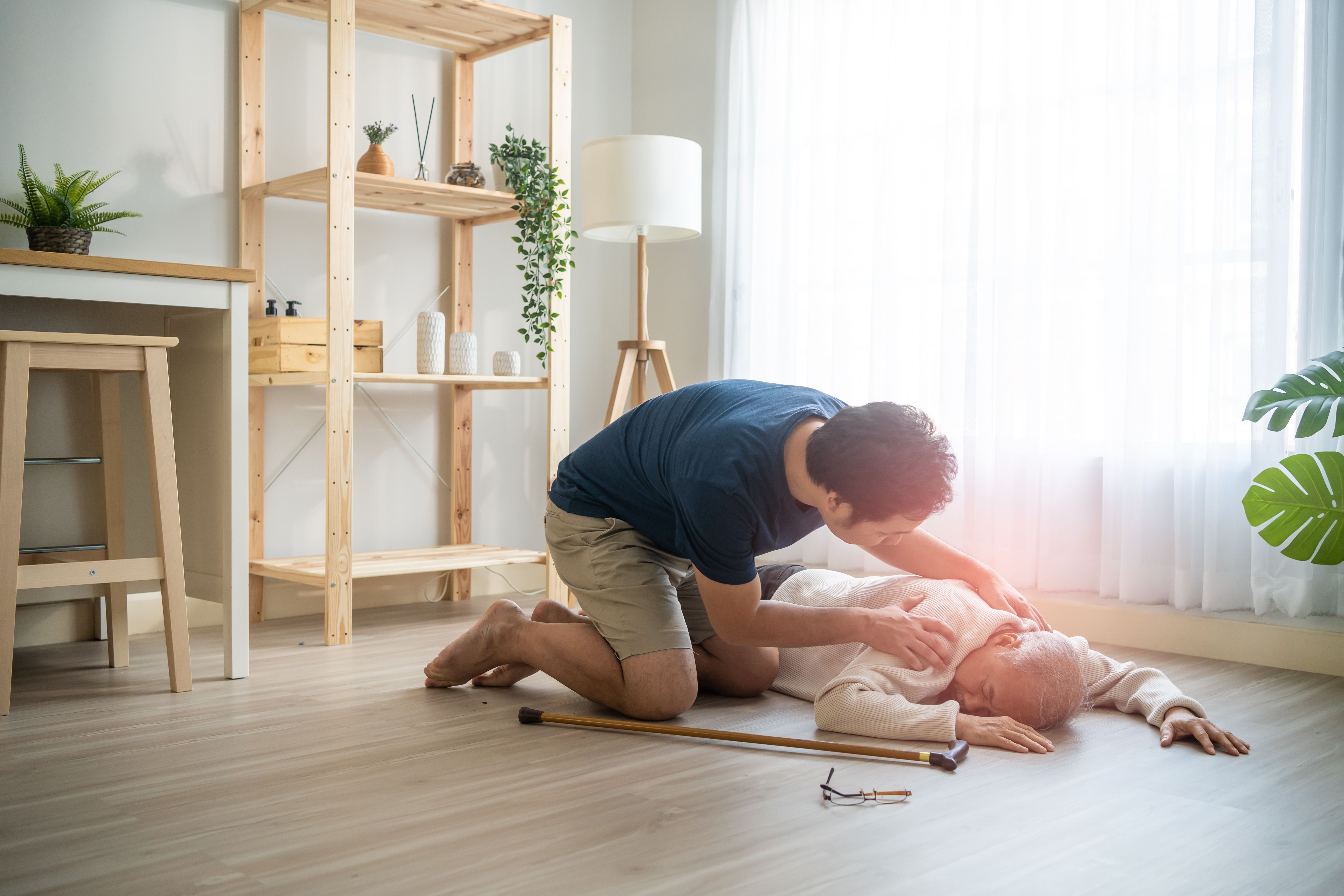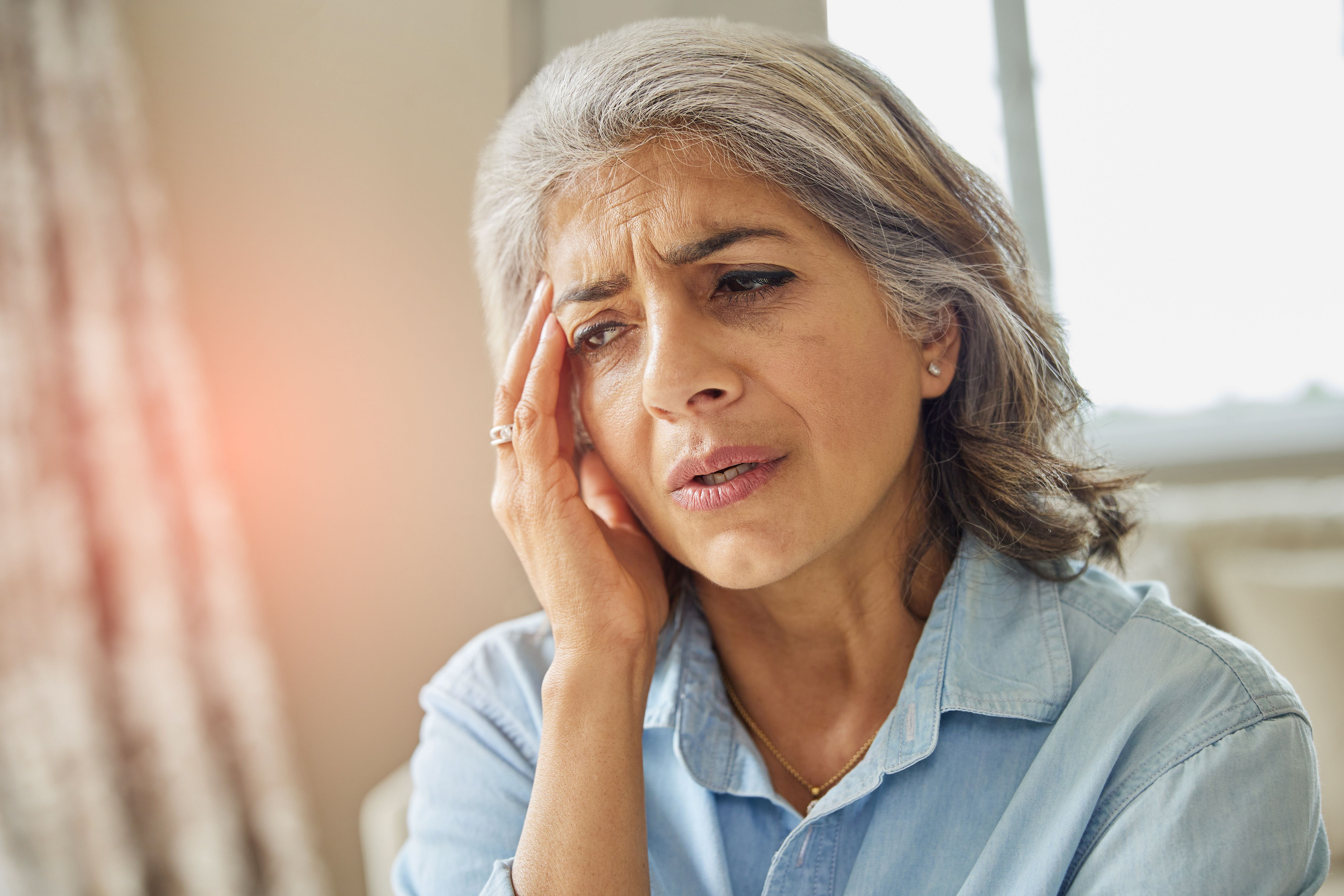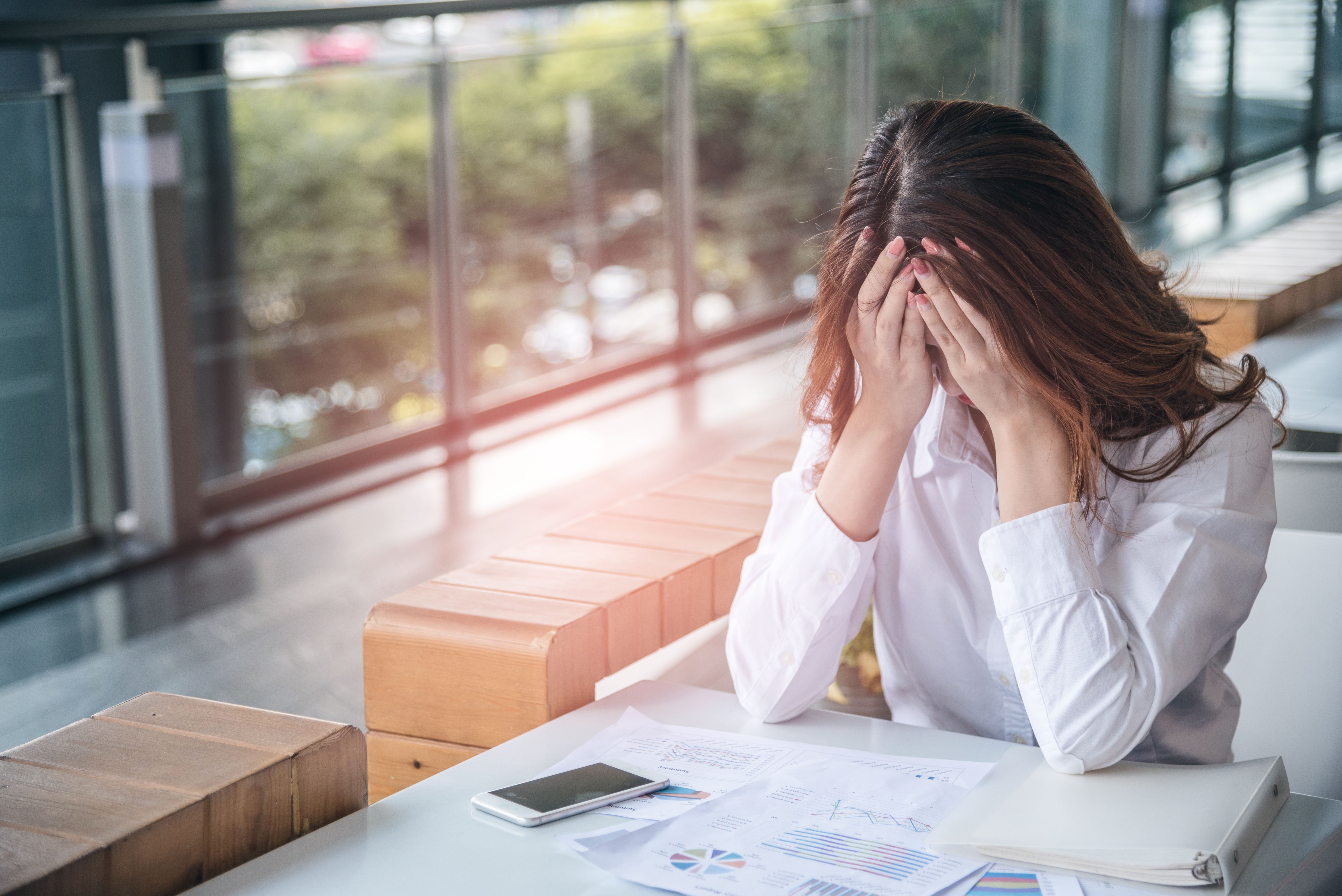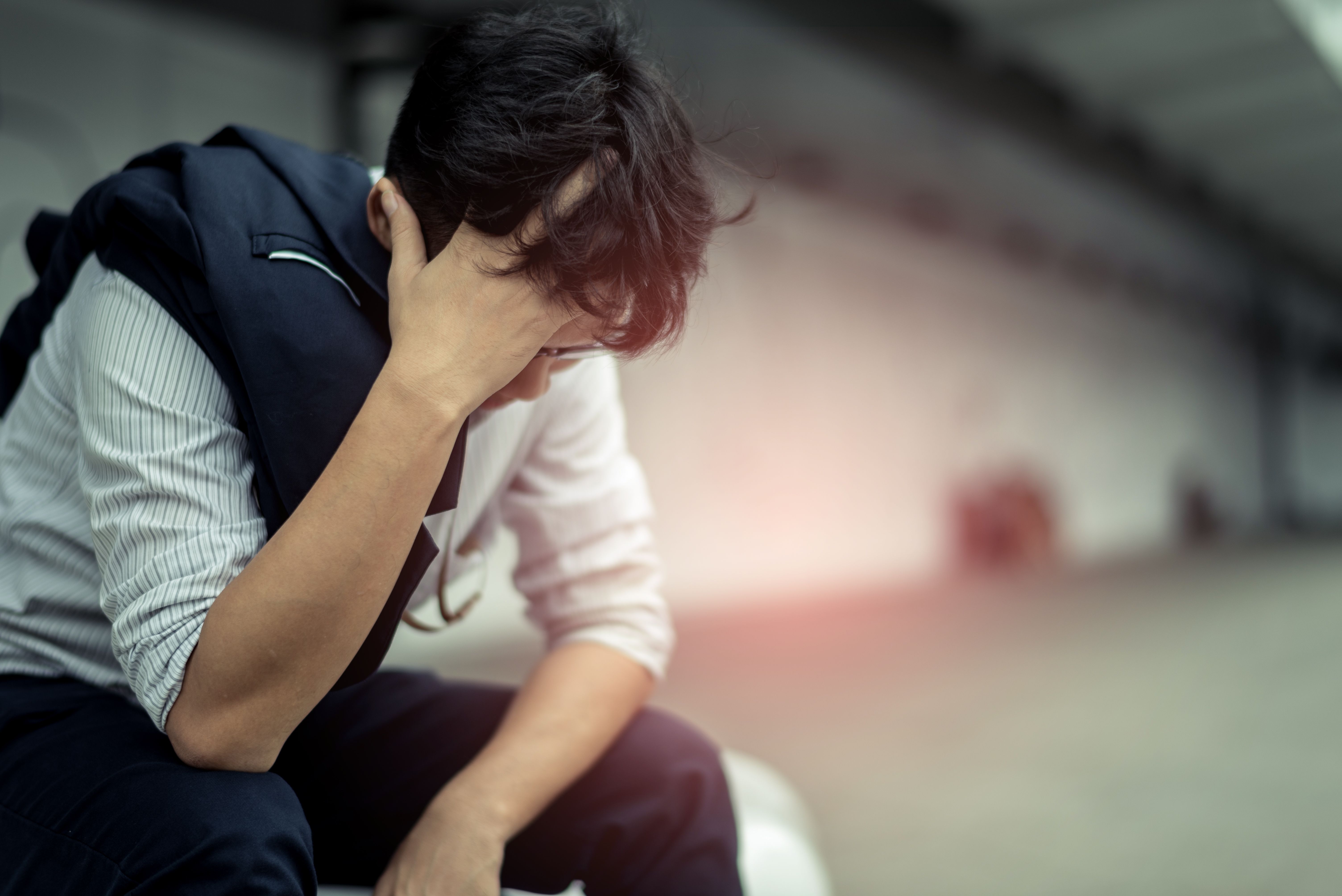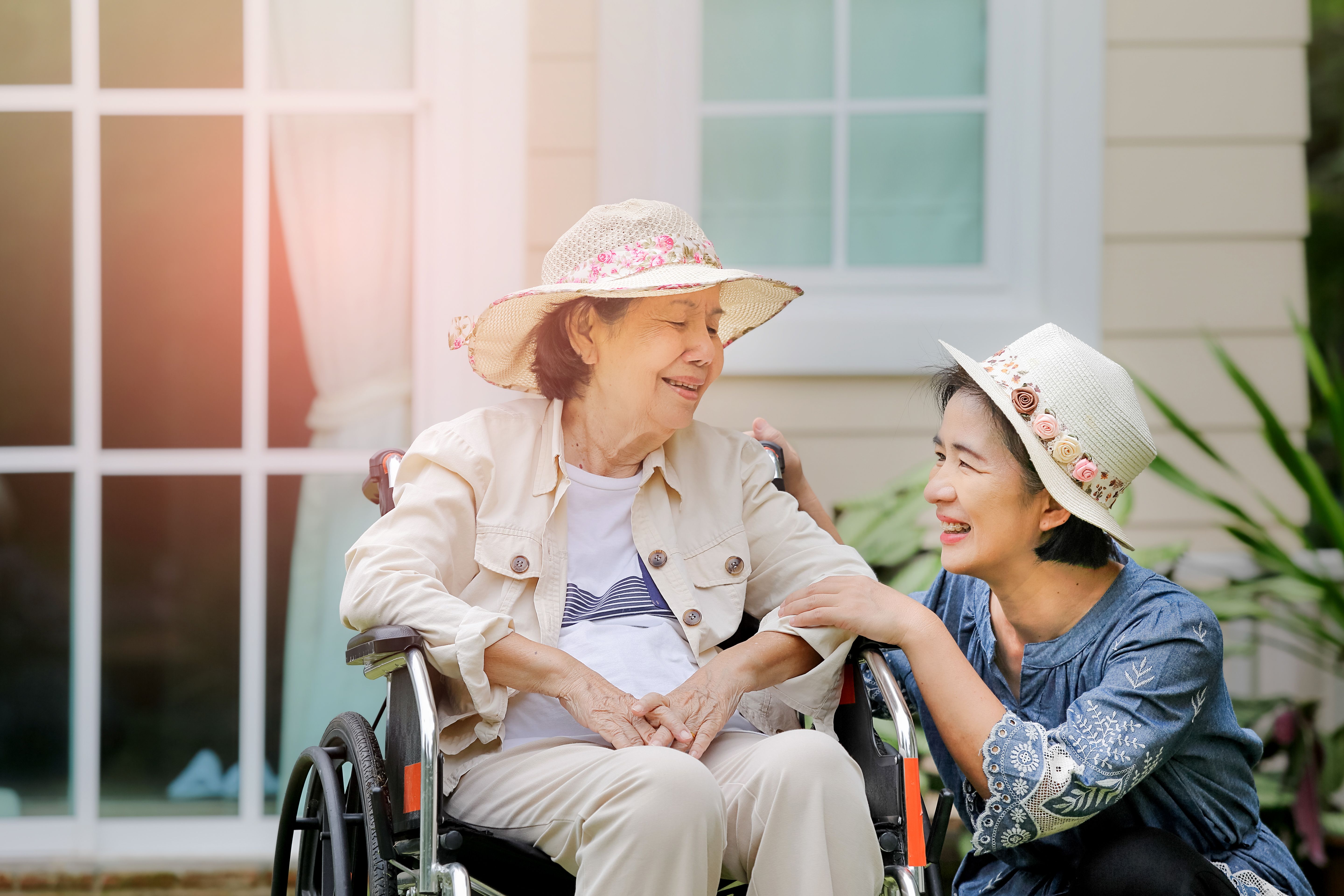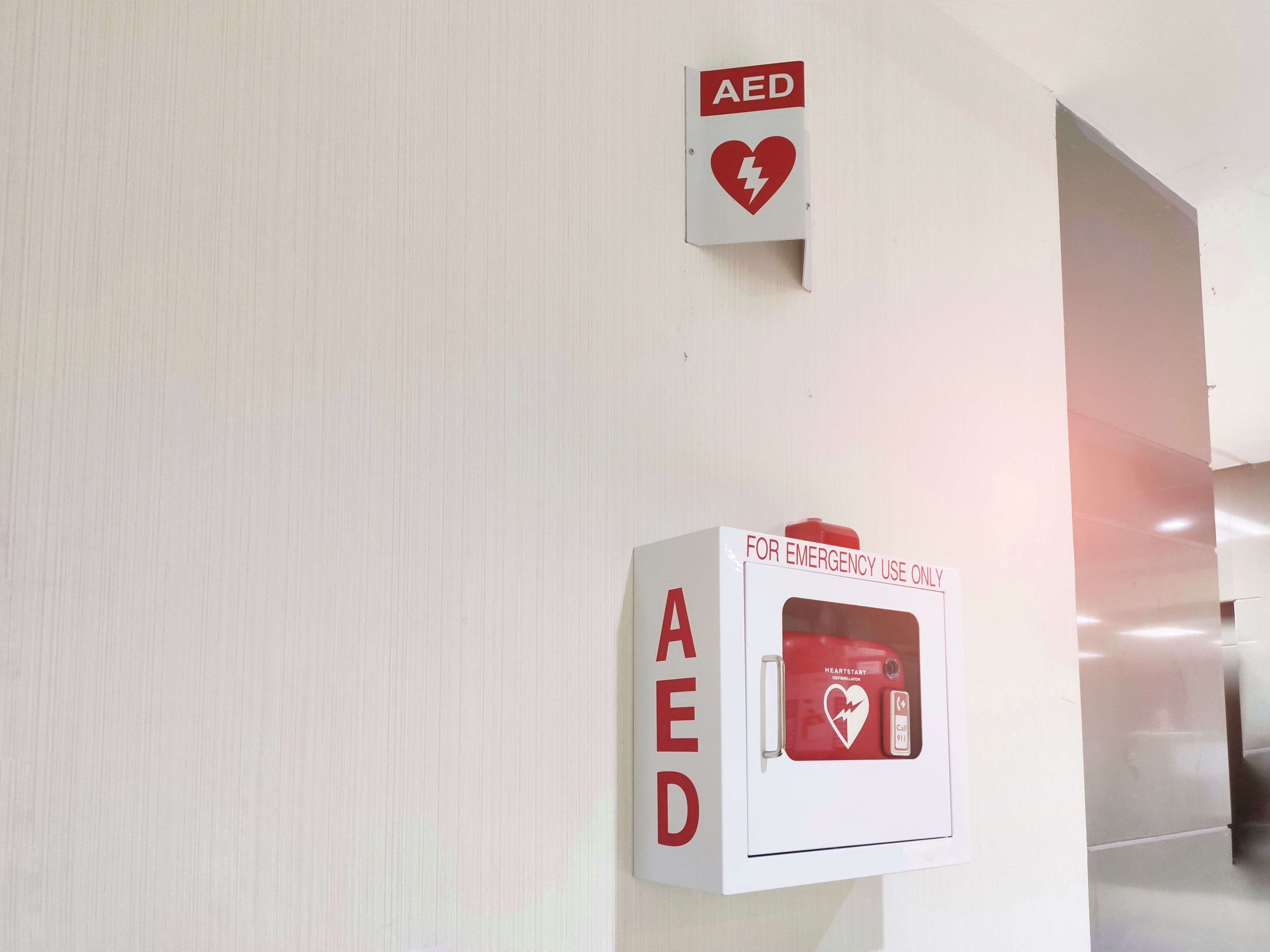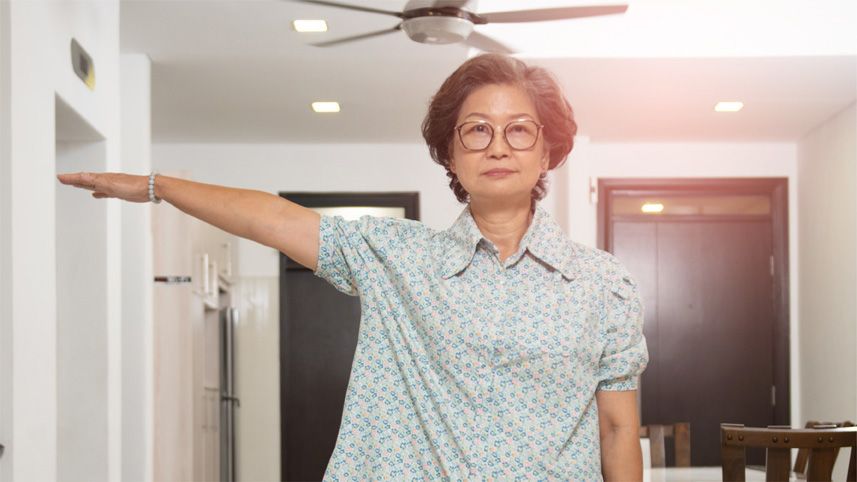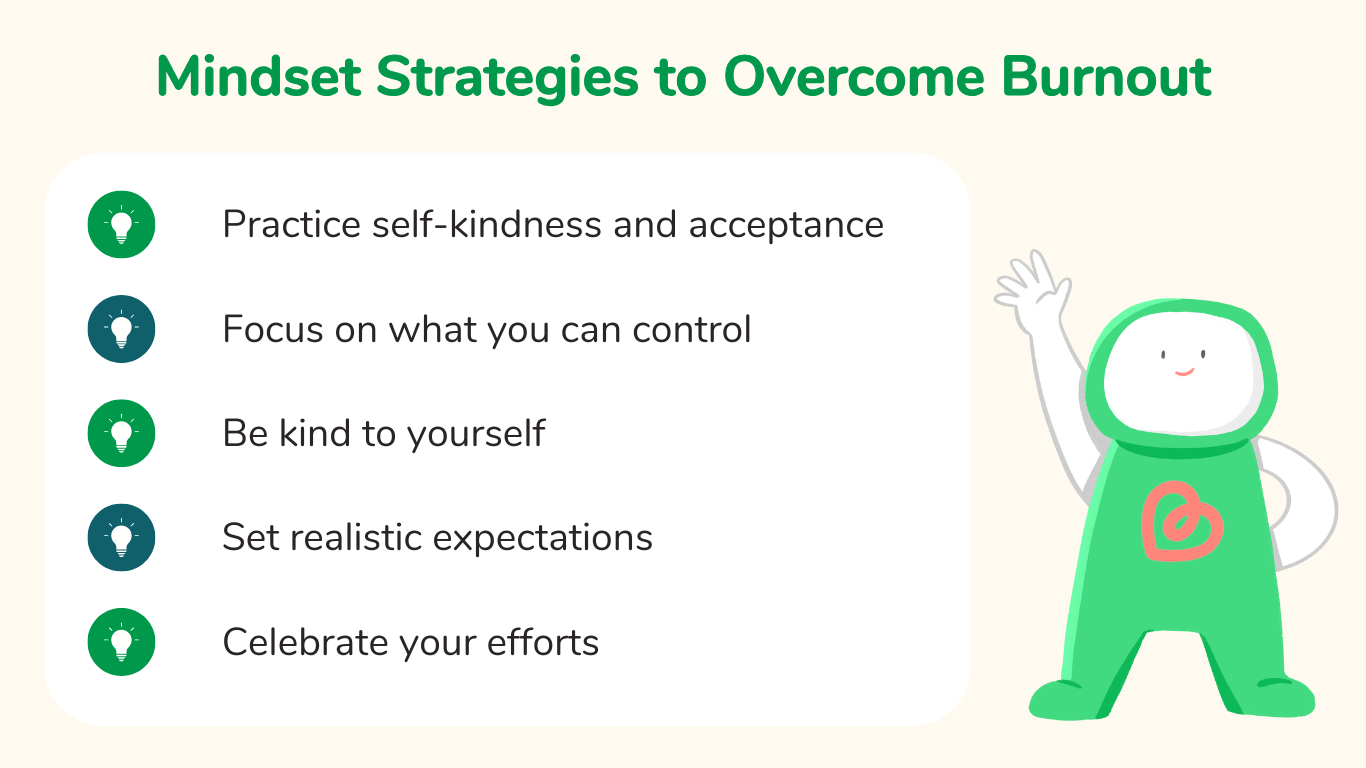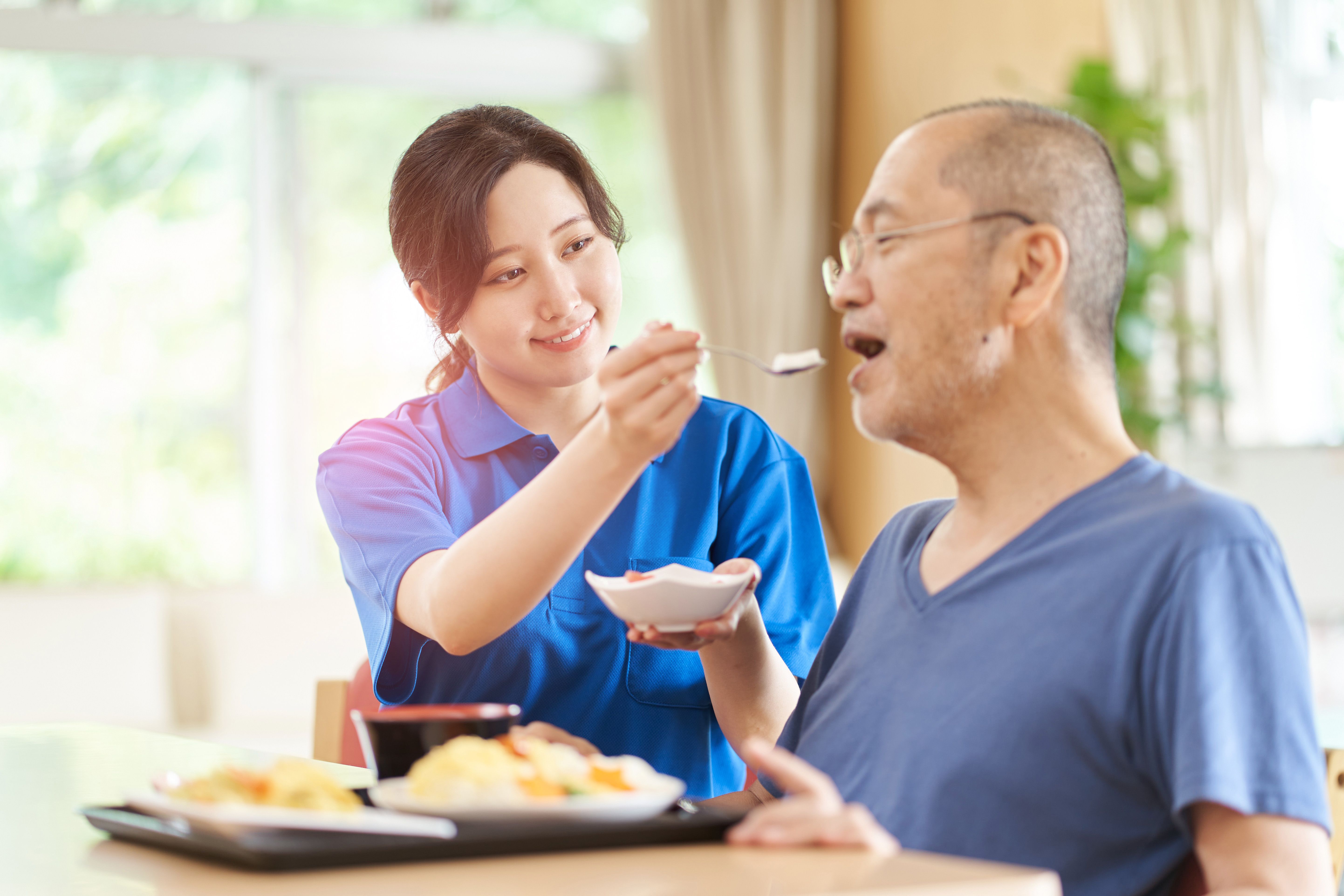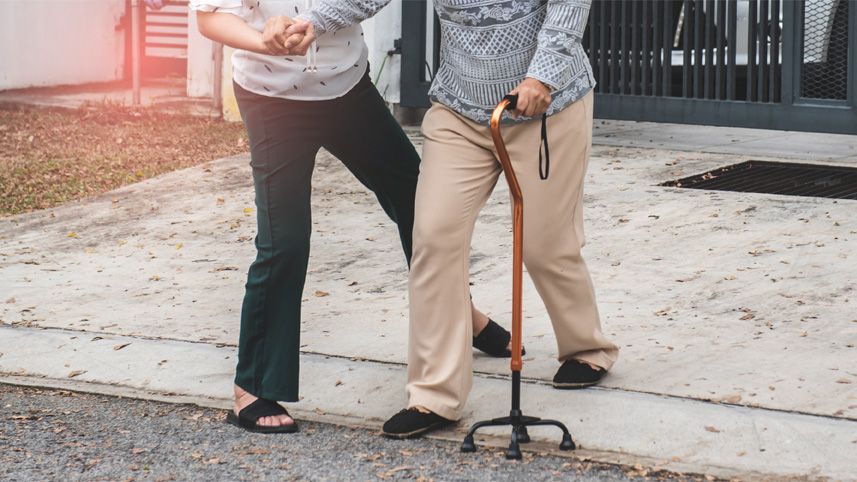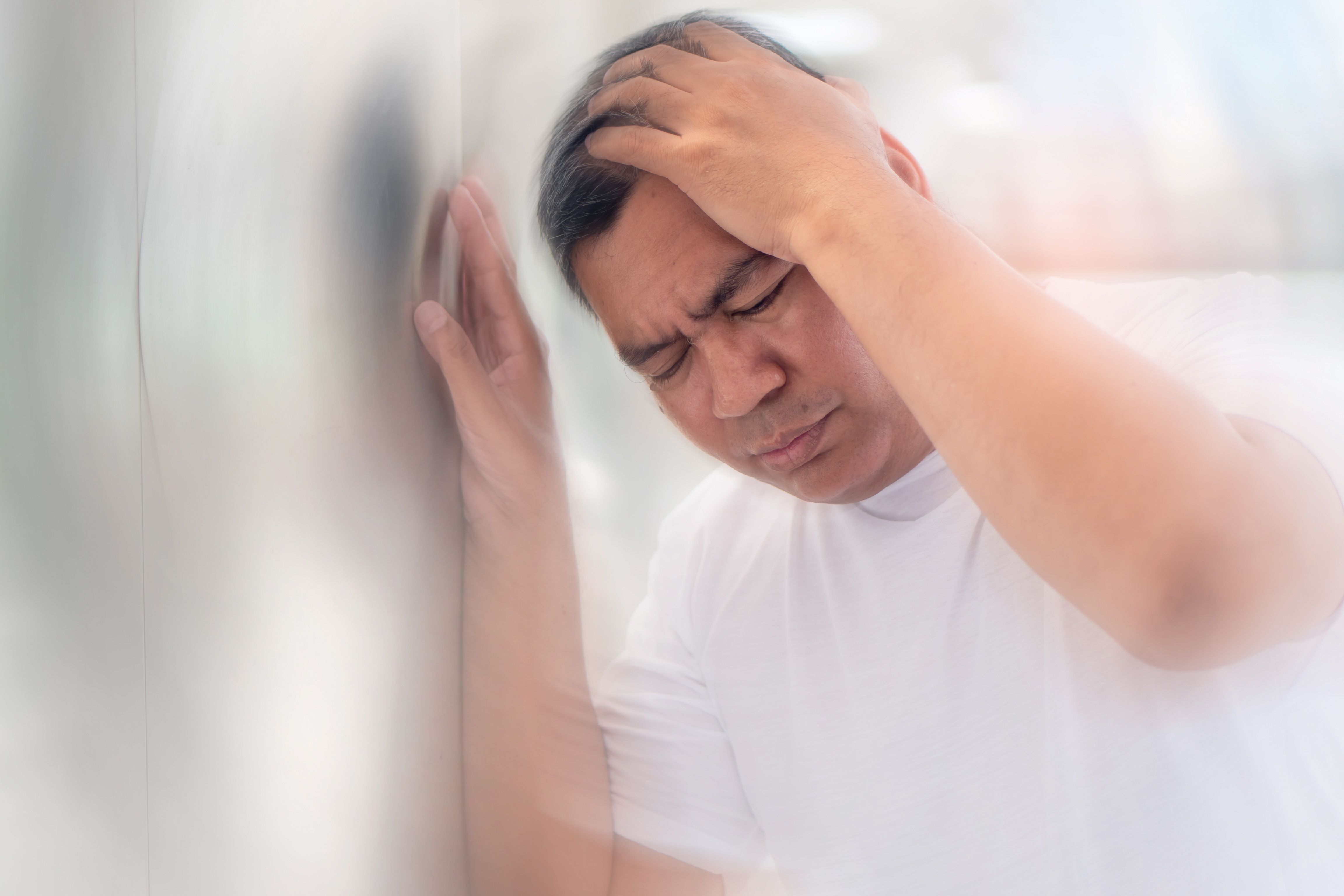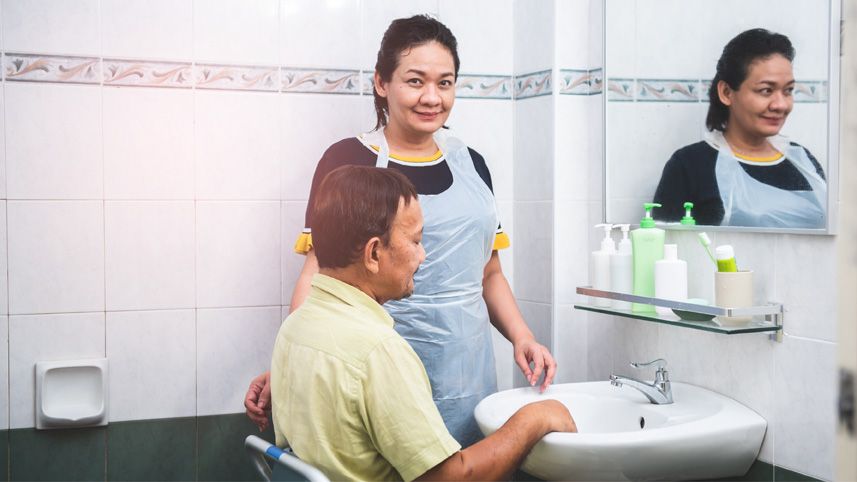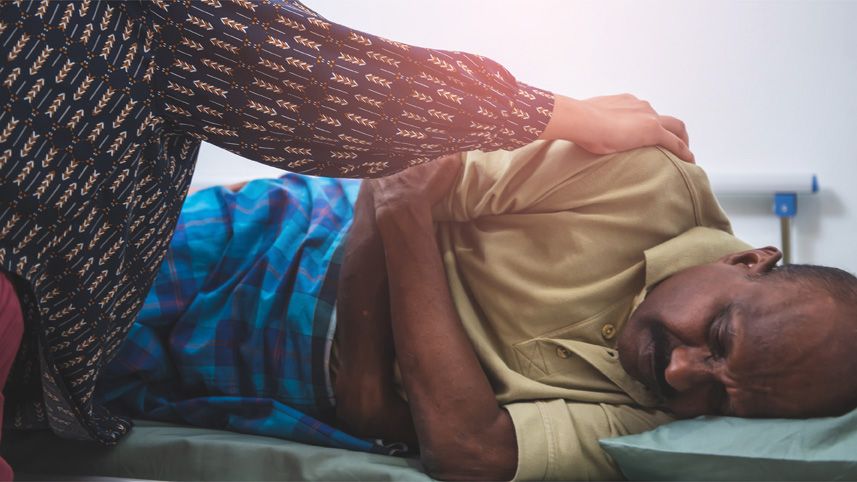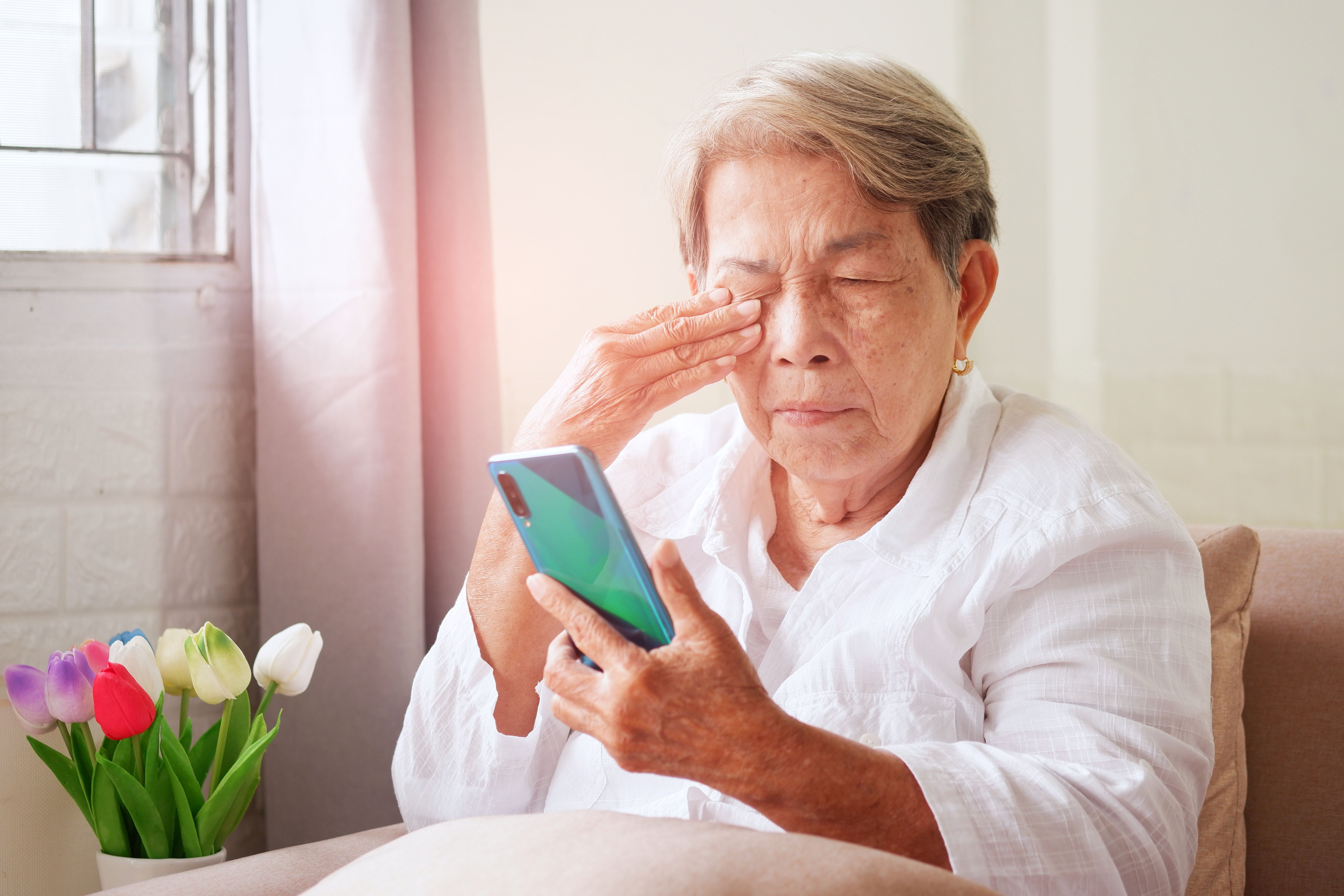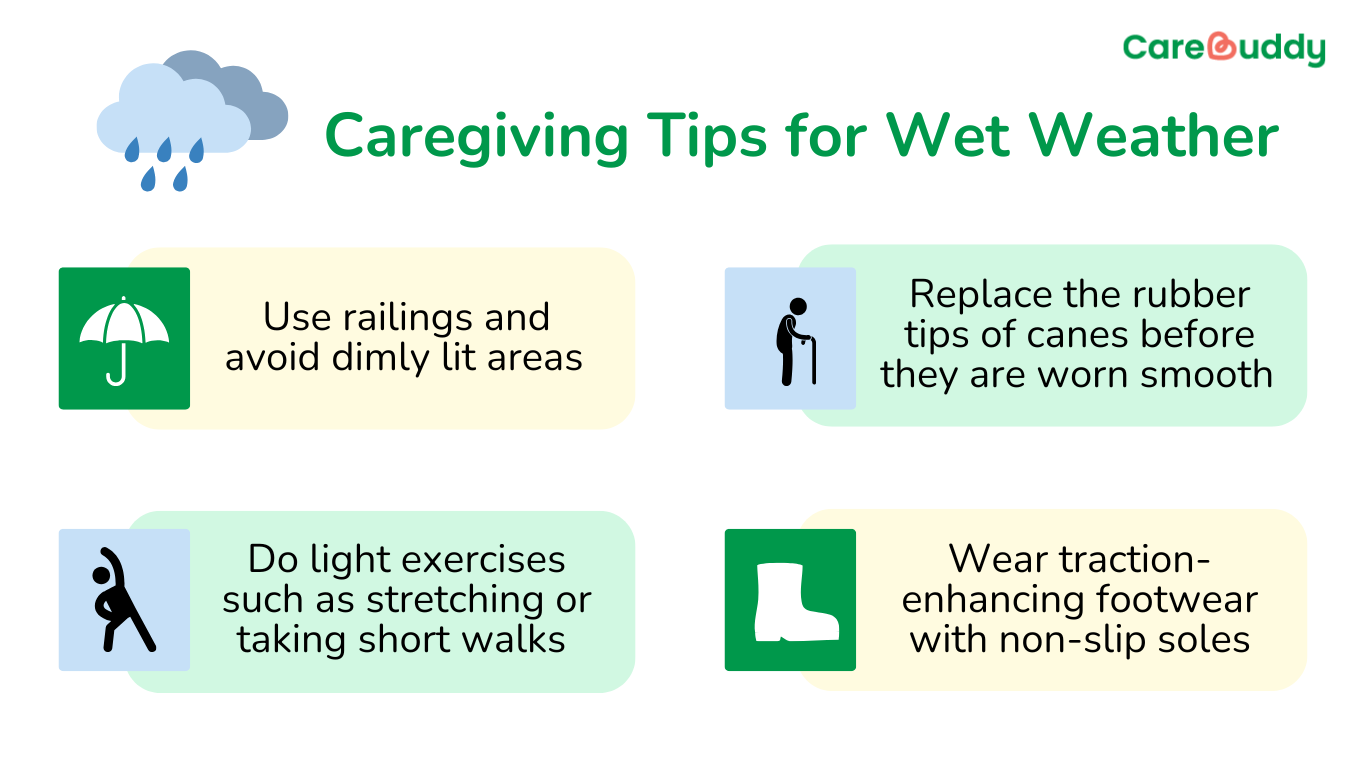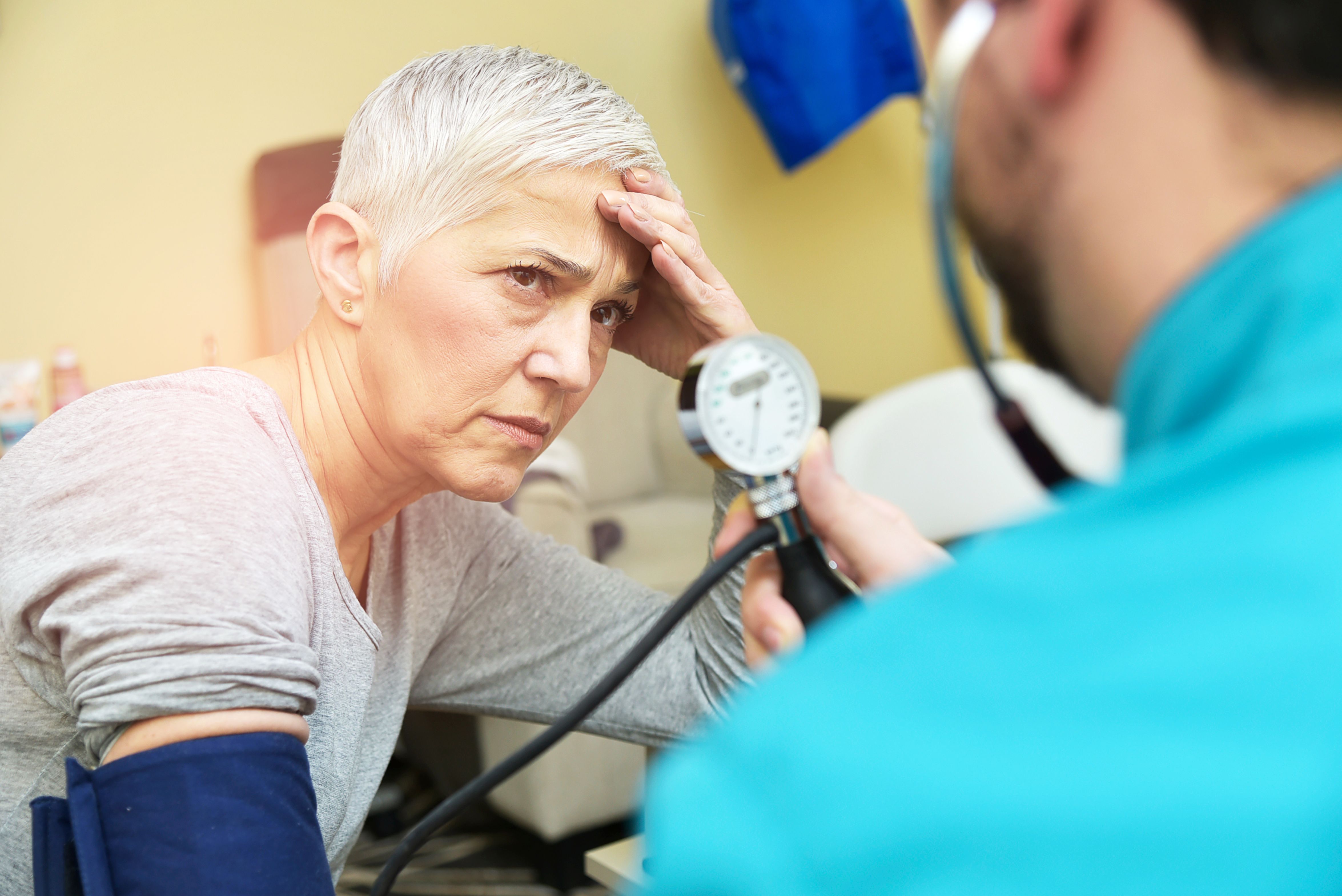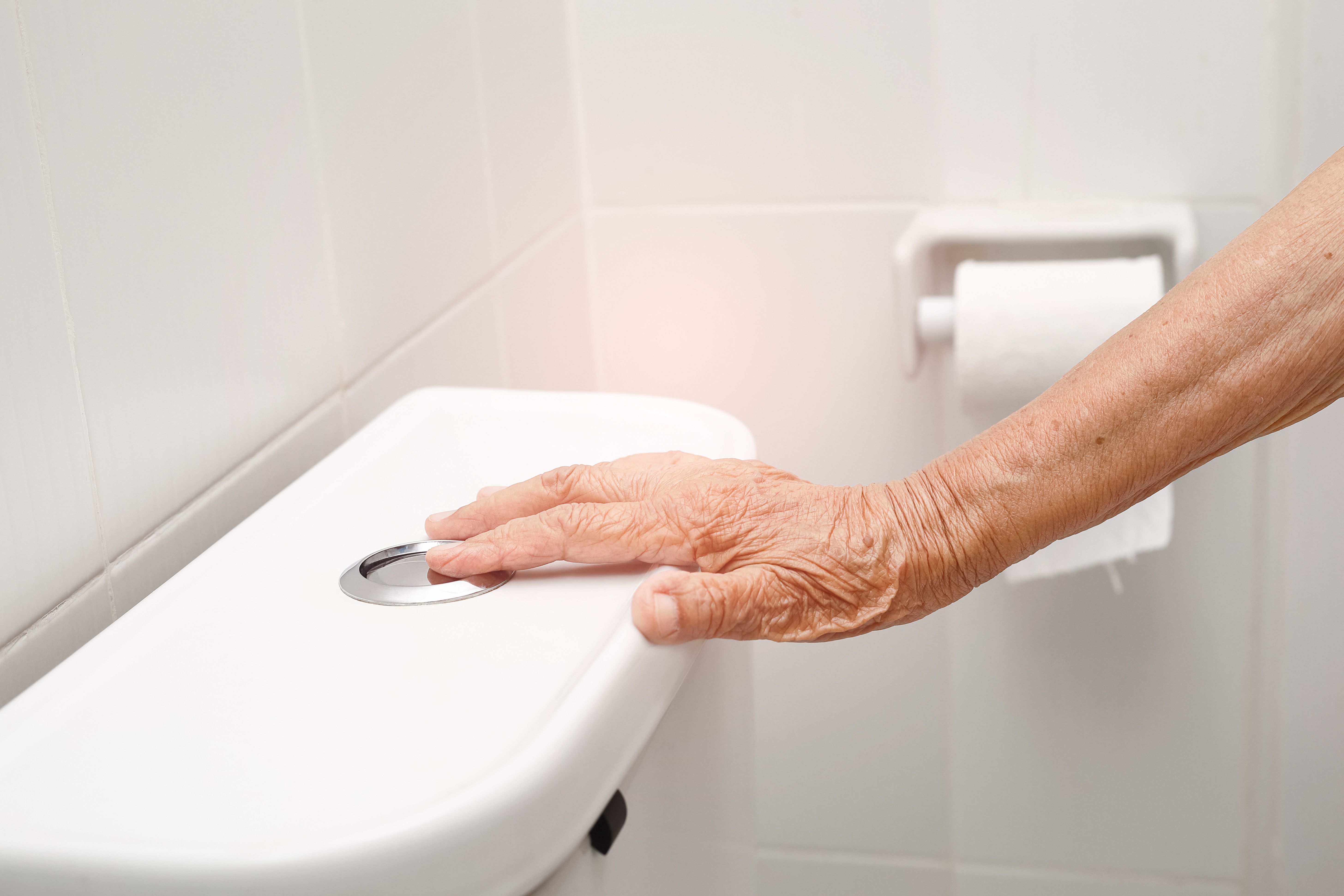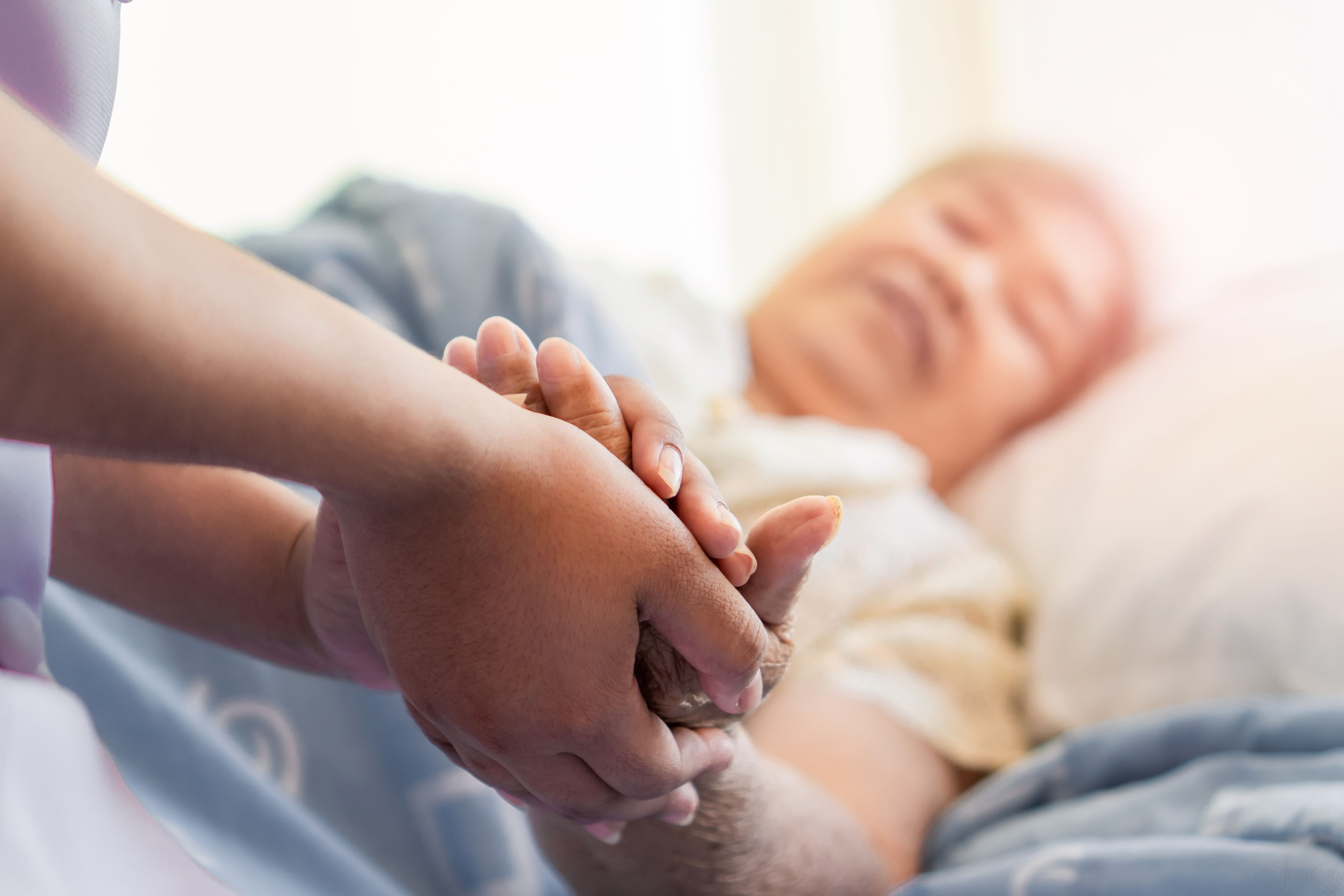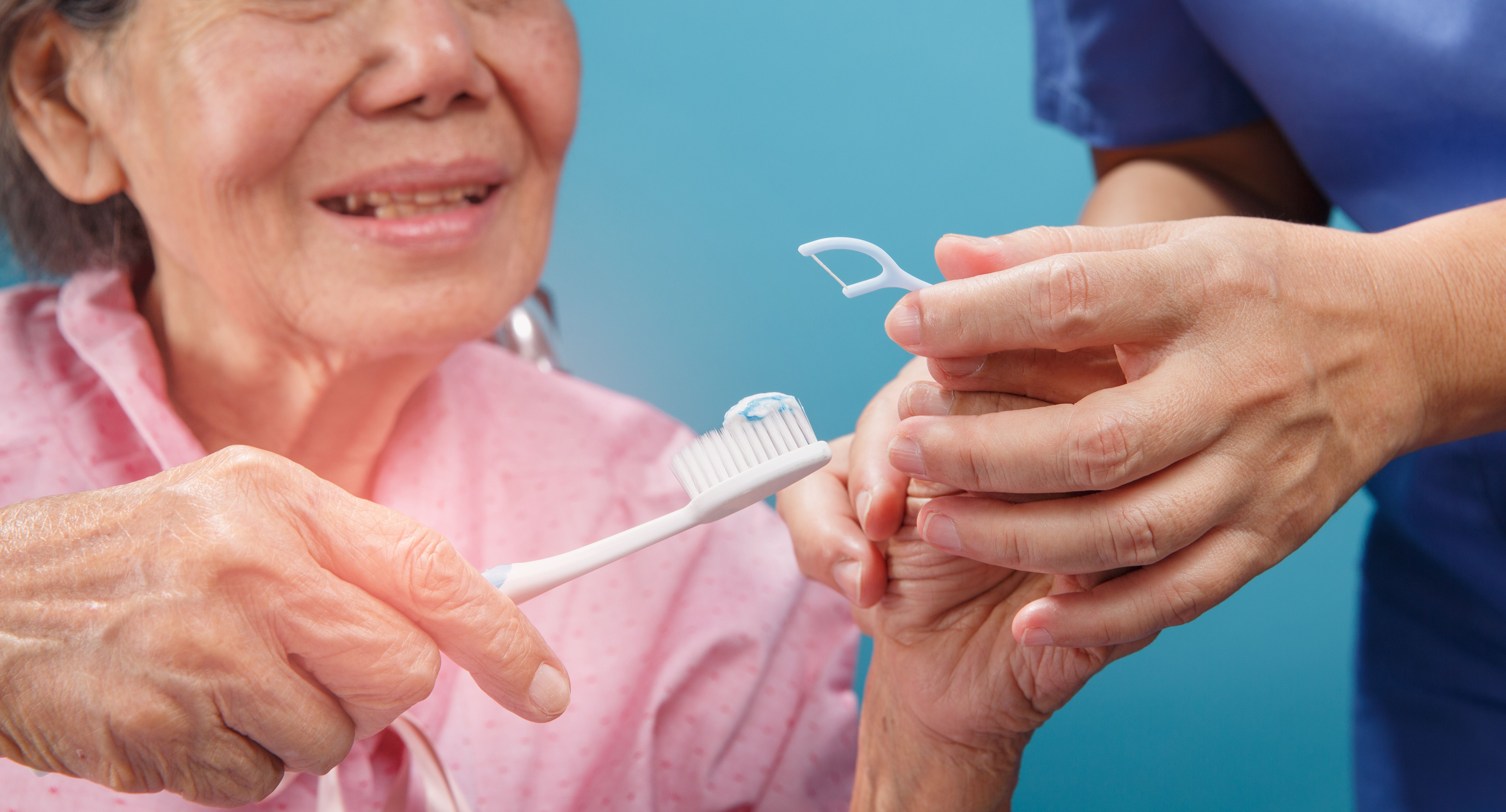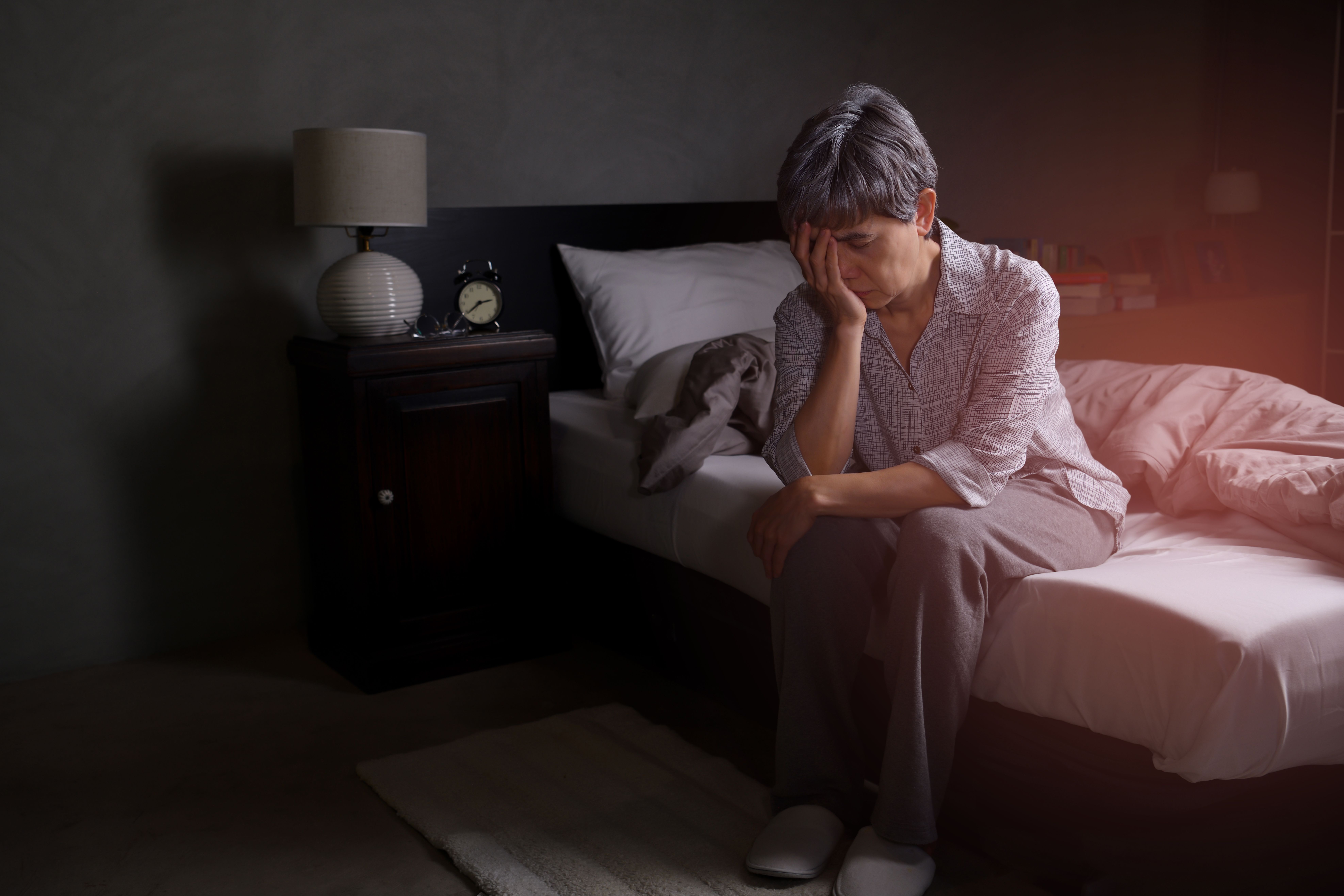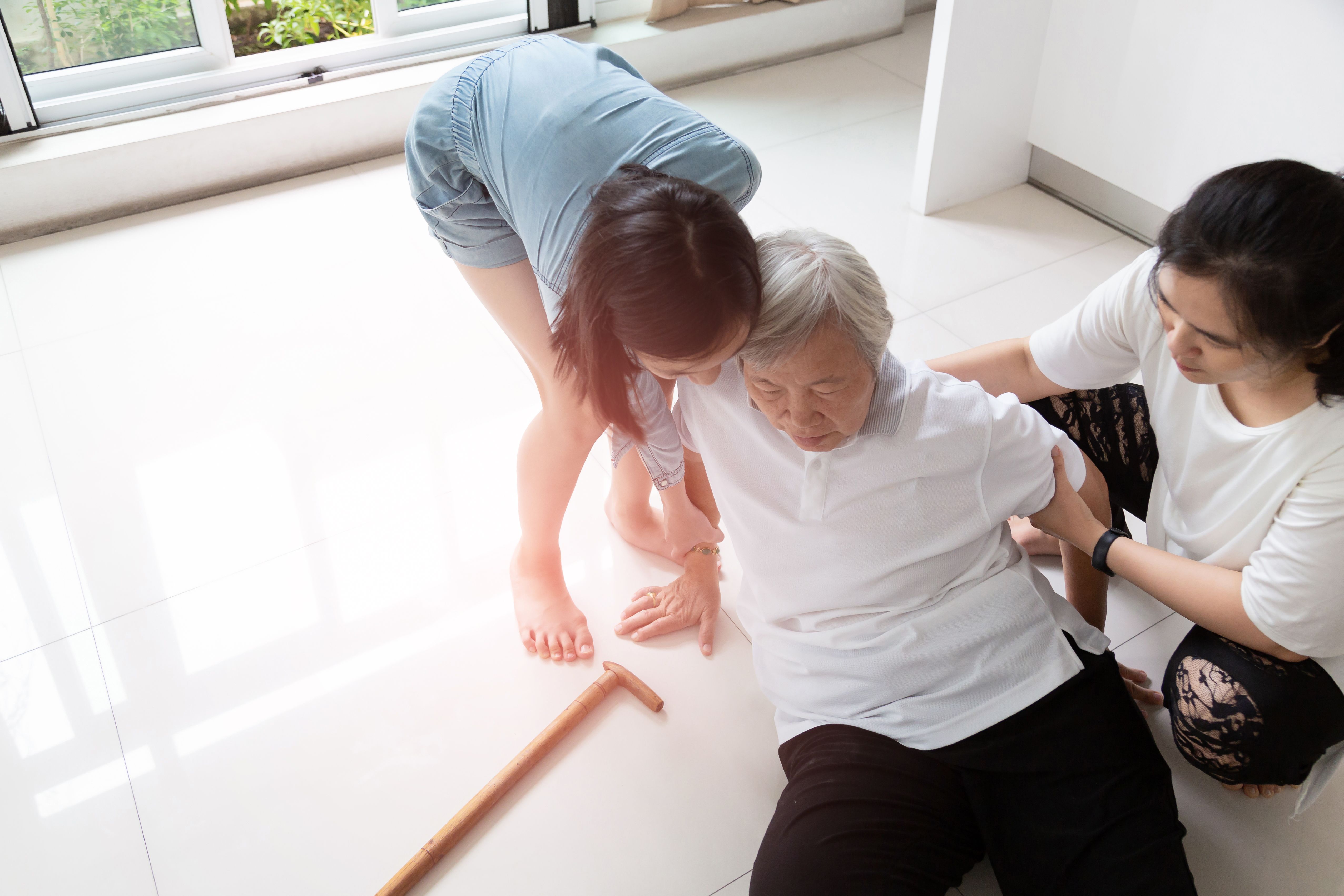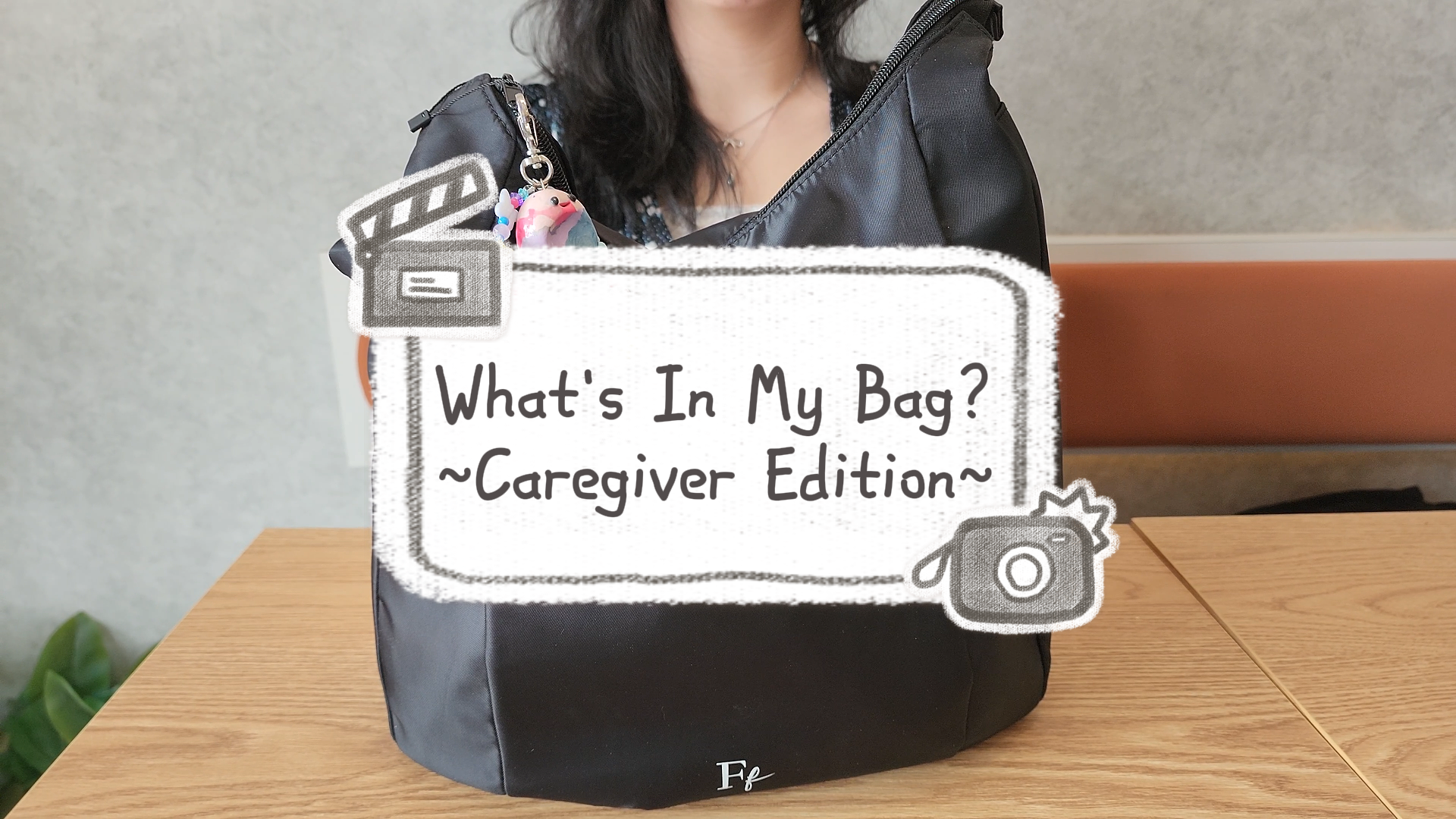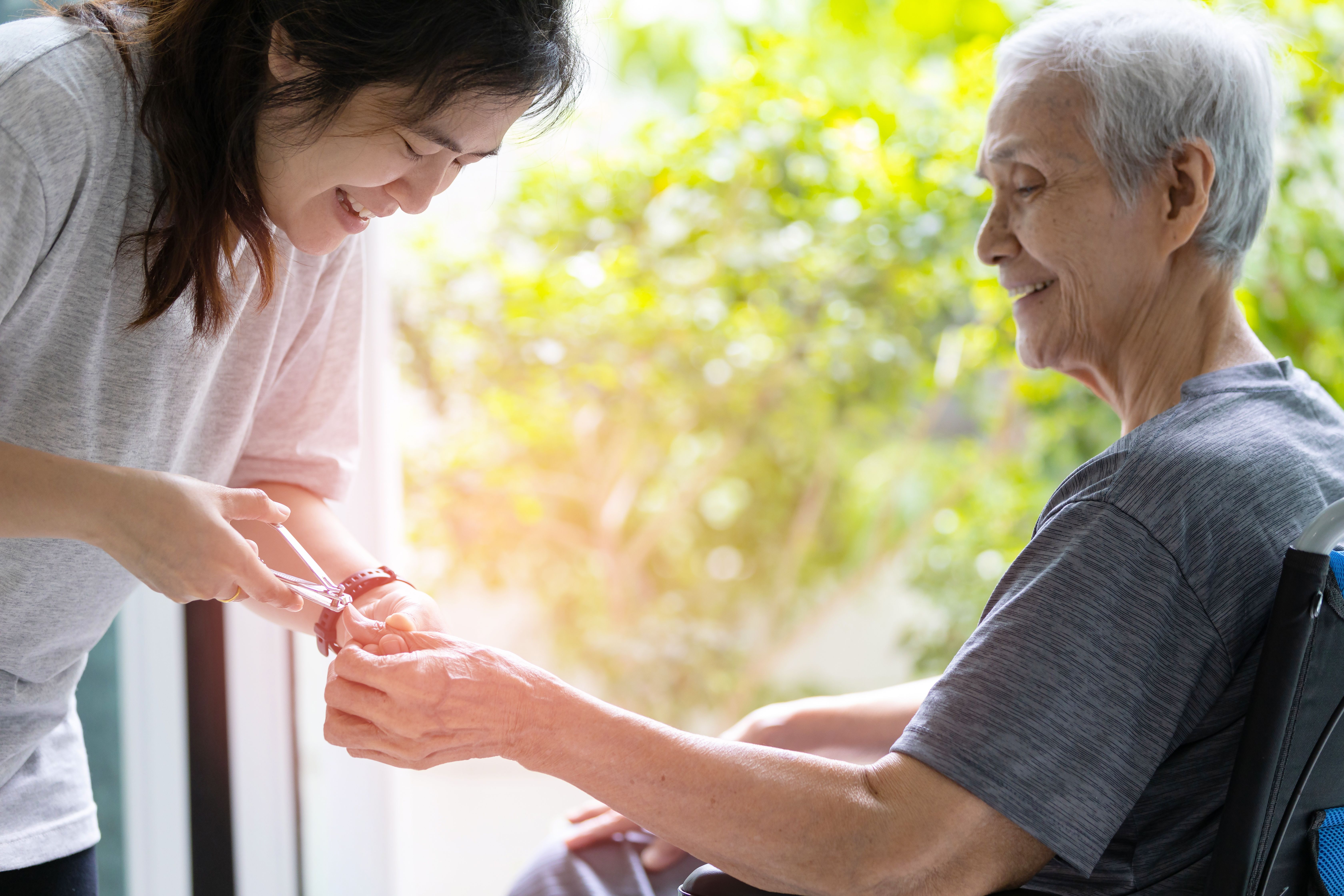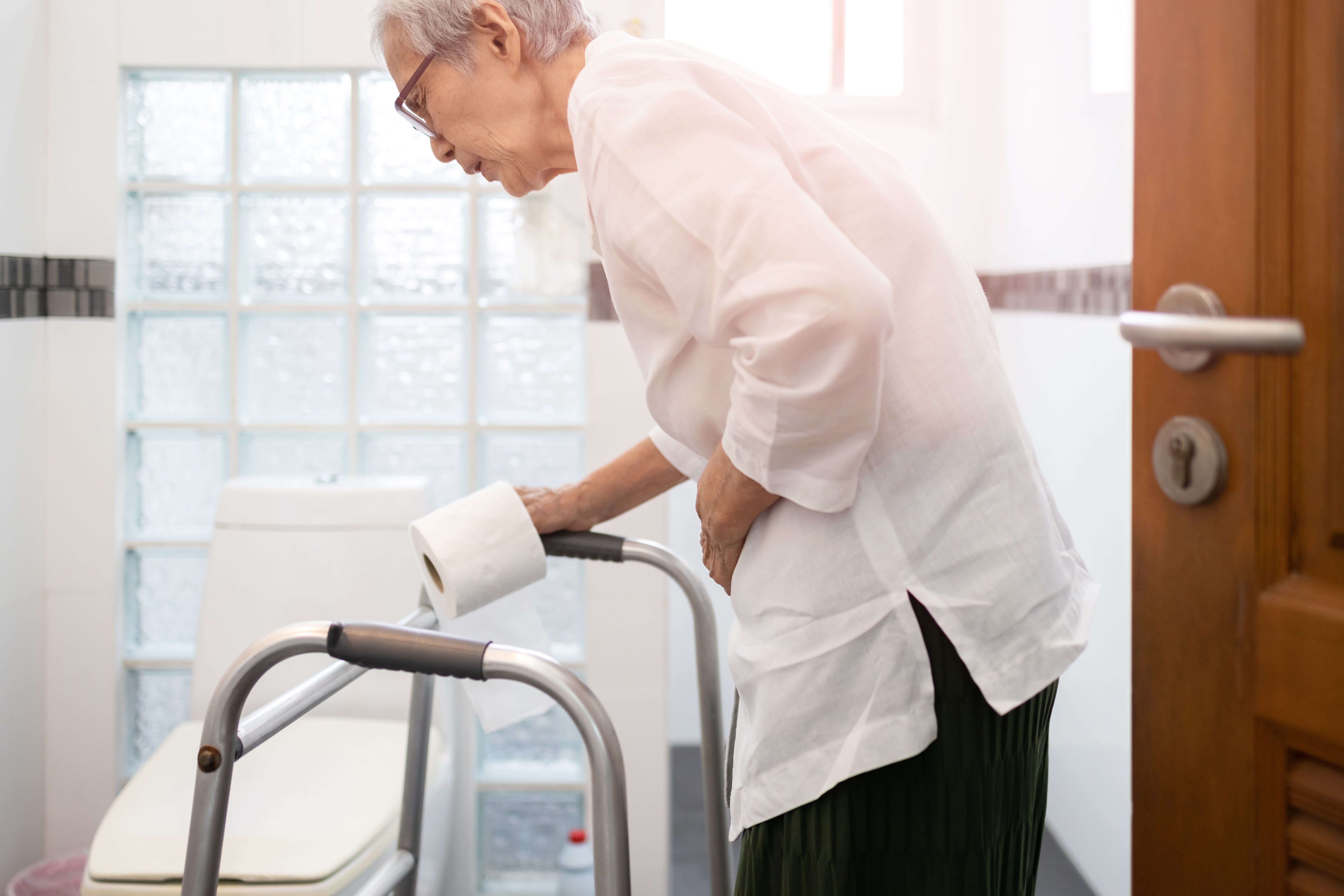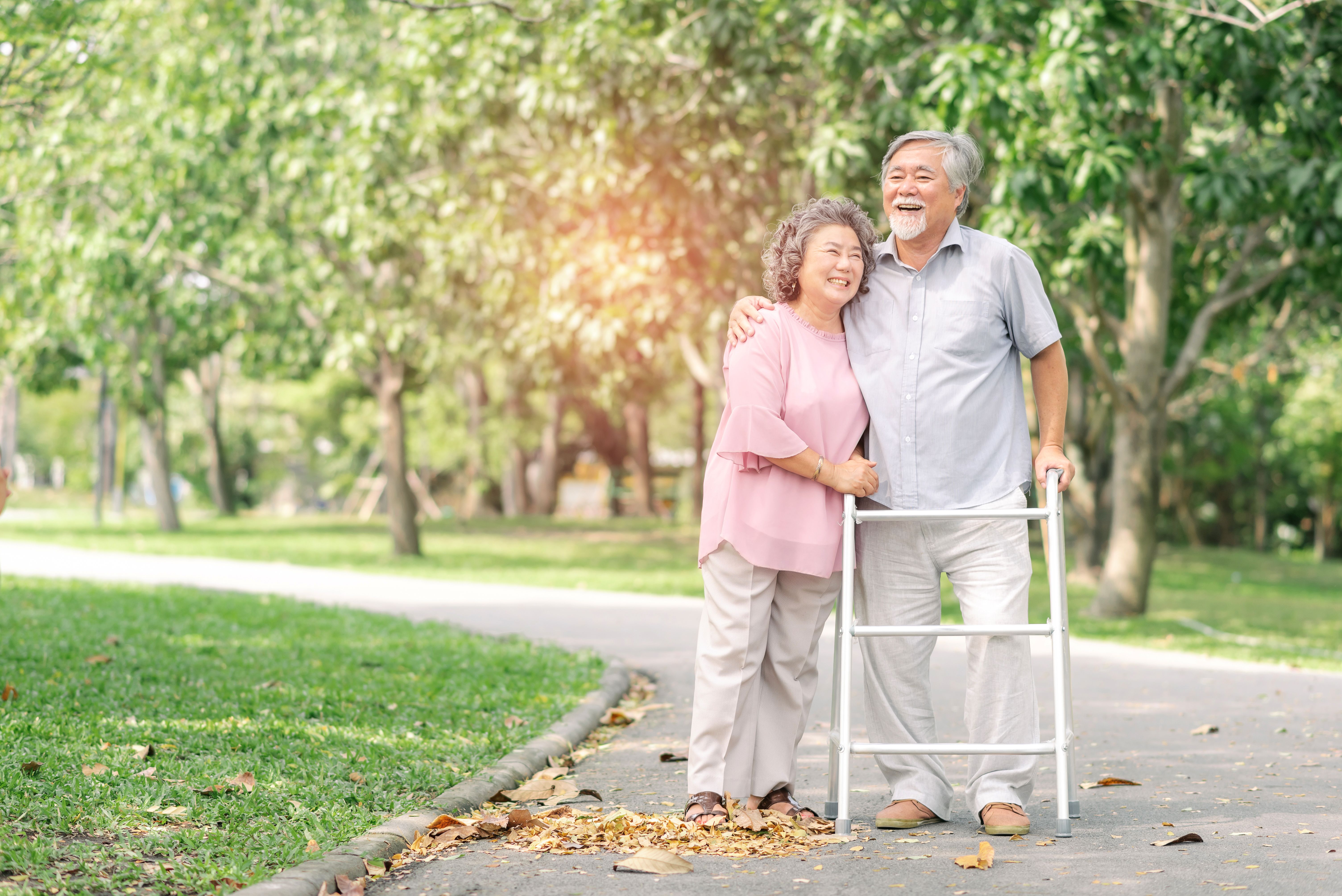Stroke: Recognising, diagnosing, treating and rehabilitating
- CareBuddy
- 4 Mins Read
- 28 Jul 2022
- Elderly Care
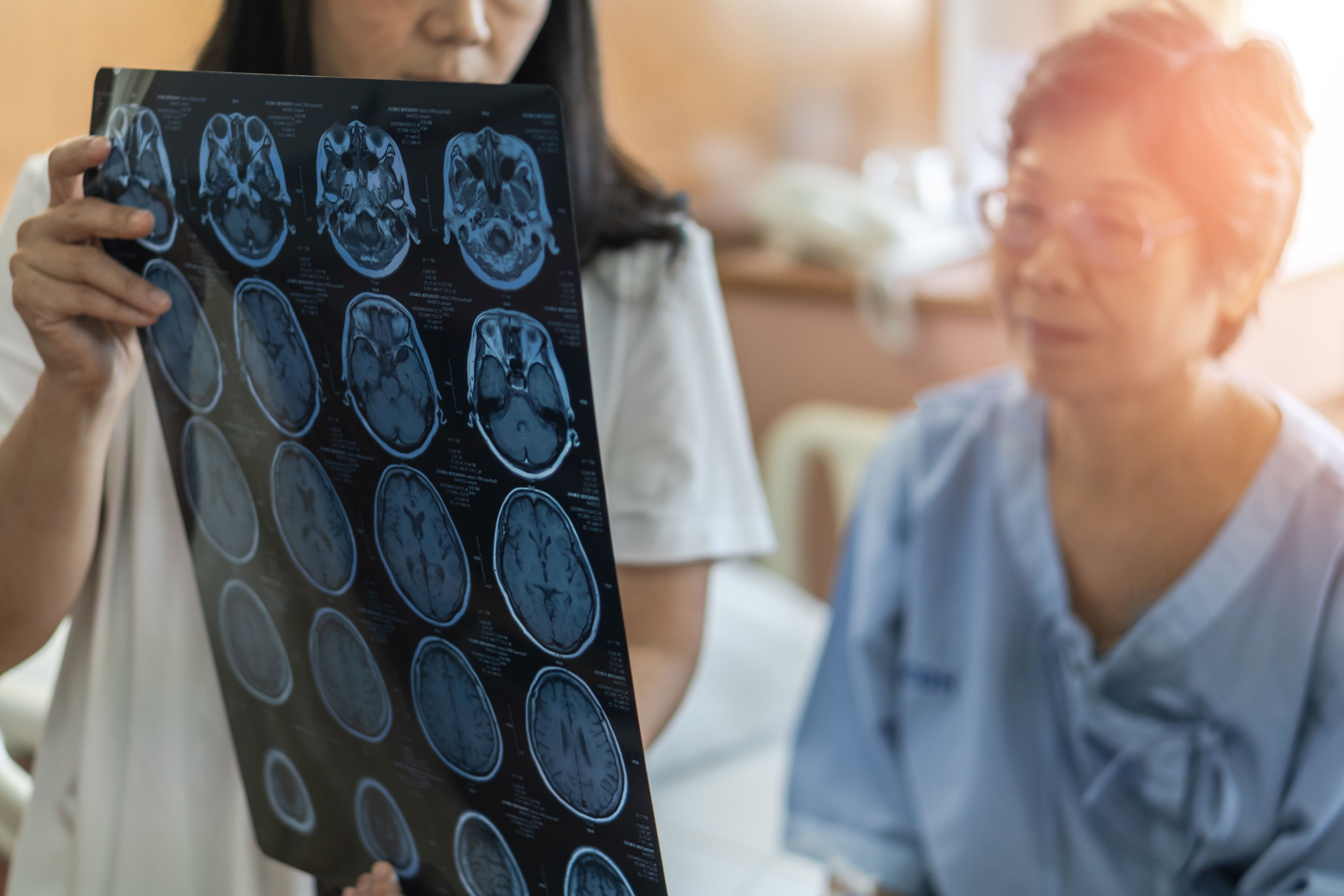
Did you know that there are 26 new stroke cases every day in Singapore? 3.65% of the people living in Singapore have had a stroke. That’s 1 in 27 people.
A stroke happens when blood supply to parts of the brain is interrupted, affecting the normal functions controlled by the brain. It’s a potentially life-threatening disease that calls for prompt first aid and treatment.
There are two major types of stroke:
- Ischemic Stroke: Caused by blockage of a blood vessel to the brain which leads to insufficient blood and oxygen reaching the brain. This accounts for 74% of the strokes in Singapore.
- Hemorrhagic Stroke: Caused by a rupture (tear) of a blood vessel which leads to bleeding into the brain. This accounts for 24% of the stroke cases in Singapore.
Recognising stroke in a care receiver
Call 995 to seek immediate medical help if you observe any of these warning signs of stroke.
- Sudden drooping, weakness or numbness of the face, arm or leg, especially on one side of the body.
- Abrupt loss of vision, feeling, coordination, speech or the ability to understand speech.
- Sudden blurring or disruption of vision in one or both eyes.
- Sudden severe headache with no known cause, followed rapidly by loss of consciousness.
- Unexplained dizziness or sudden falls.
FAST
a helpful mental checklist of stroke response actions
Face drooping: Ask the care receiver to smile. Does one side of the face droop?
Arm weakness: Ask the care receiver to raise both arms. Does one arm drift downwards?
Speech difficulty: Ask the care receiver to repeat a phrase. Does the speech sound slurred or strange?
Time to call 995: If you see any of the above signs, immediately call for emergency medical help.
Diagnosis of stroke
A doctor can diagnose a stroke based on history and clinical examination, assisted by:
- Brain scans such as Computerised Tomography (CT) or Magnetic Resonance Imaging (MRI)
- Other tests such as blood tests, ECGs (electrocardiograms - heart electrical tracing), ultrasound scans and angiograms (imaging of blood vessels) are also commonly performed to look for issues that may cause strokes to occur.
Treatment of stroke
- Medication: If the stroke is diagnosed early, thrombolysis, which is a procedure to break up blood clots that are restricting blood flow, may be able to reverse the effects of the stroke. Also, depending on the cause of the stroke, doctors will recommend different medication. E.g. If the stroke has been caused by a blood clot, blood thinners will be prescribed which may have to be taken long term.
- Surgery: Stroke caused by a burst blood vessel will require emergency surgery to stop bleeding. In other cases, surgery can be done slightly later to prevent the risk of another stroke. E.g. if the neck artery has been narrowed, surgery may be needed to open up the narrowed area.
- Rehabilitation: An important part of treatment and recovery after a stroke.
- Physiotherapy: re-acquiring mobility skills such as walking, moving from chair to bed, etc.
- Swallowing and speech therapy.
- Occupational therapy: re-acquiring self-care skills such as bathing, dressing and feeding independently.
Caregiver’s responsibilities
- Encourage daily rehabilitation exercise: Regular movement is the best way for the care receiver to stimulate their brain.
- Be helpful but not too helpful: The care receiver needs to do things themselves to get better.
- Get tips from social workers or case managers: They can provide you with vital information about things like home modifications and insurance coverage.
- Talk to an occupational therapist: They can advise on simple home modifications like installing non-slip mats and grab bars to minimise fall risks.
- Keep track of side effects from medication: Keeping a daily log might help.
- Look out for new stroke side effects: Consult a doctor if any new side effects emerge.
- Provide emotional support: Many care receivers hit a plateau where they appear to not make progress. Persevere beyond that plateau and things may continue to improve.
Reducing the risk of stroke
Of course, what would be even better is if stroke can be prevented. Ways to do that include
- Controlling blood pressure
- Controlling blood sugar
- Controlling cholesterol
- Not smoking
- Maintaining a healthy body weight range (BMI between 18.5 and 22.9)
- Having a healthy diet
- Limiting alcohol intake
- Exercising regularly
- Taking any medication as instructed
- Having regular health screenings
- Managing stress
As Singapore continues to experience an ageing population, strokes will continue to be a common condition. But with the right care principles, they can be managed and treated in a timely and effective manner.
Article reviewed by Dr Kenneth Koh Eu Min, Medical Director and Co-founder, OneCare Medical.

